The Samsung QN70F is quite a decent mid-range television. Its strongest feature is definitely the smoothness of the image – thanks to the 144 Hz panel, low input lag, and a wealth of gamer features, we have here a recipe for nearly the perfect gaming display. It will also perform well for sports fans – the picture is fast, clear, and nothing tears. When it comes to picture quality – it's really not bad. The VA panel offers good black levels, brightness is better than average, and colors look great after calibration. Samsung advertises the QN70F as Neo QLED, meaning Mini LED, and in a certain sense, one can view it that way – but only partially. The backlighting is edge-lit, so it falls short of true Mini LEDs with local dimming. It's a shame because marketing does its job, and the user might feel a bit misled. Additionally, there are some small shortcomings – no USB recording, no DTS support. But despite everything, the QN70F makes a really good impression. It may not be a "true" Mini LED, but for its price, it's a solid piece of television – especially for gamers and anyone who enjoys fast, dynamic content.
- Matching (Score)
- Our verdict
- TV appearance
- Where to buy
- Contrast and black detail
- HDR effect quality
- Factory color reproduction
- Color reproduction after calibration
- Smoothness of tonal transitions
- Image scaling and smoothness of tonal transitions
- Blur and motion smoothness
- Console compatibility and gaming features
- Input lag
- Compatibility with PC
- Viewing angles
- Daytime performance
- Panel details
- TV features
- Apps
- Playing files from USB
- Sound
Samsung Neo QLED QN70F / QN74F / QN77F vs Panasonic W85
Direct comparison
Check the best price offer:
Samsung Neo QLED QN70F / QN74F / QN77FQN70F / QN74F / QN77F
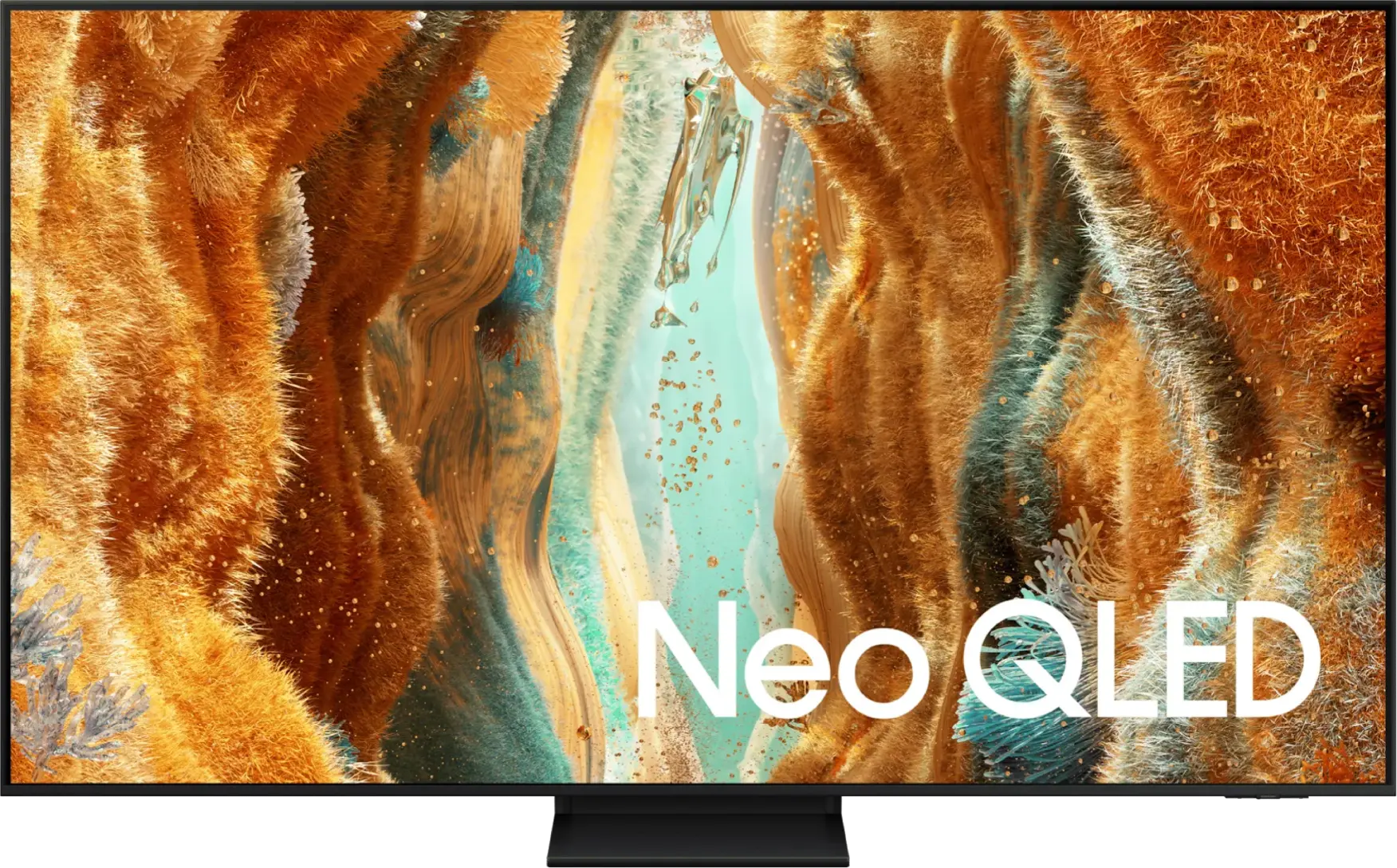
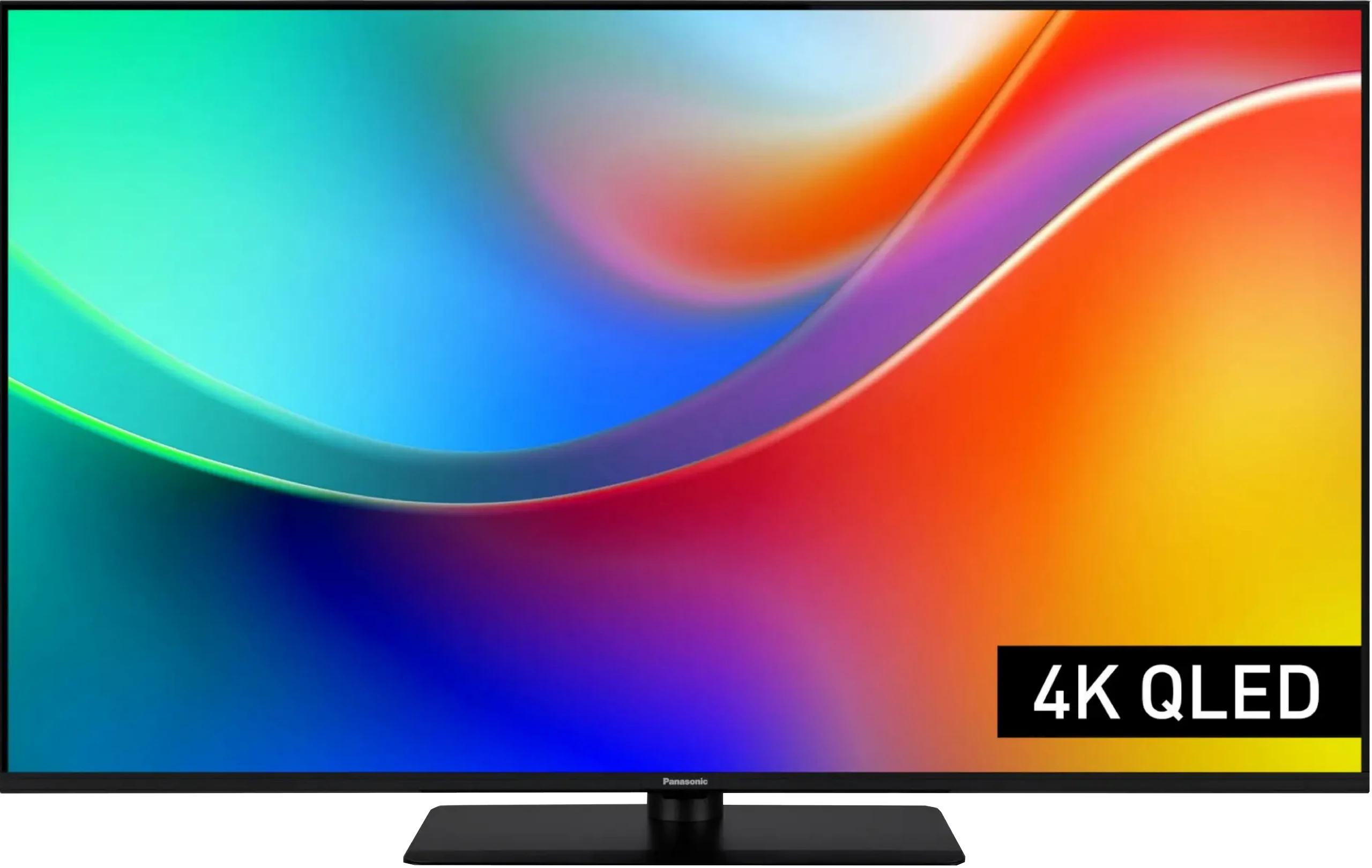
Panel type: LCD VA
Resolution: 3840x2160
System: Tizen
Model year: 2025
Complete the survey to find out the result

Panel type: LCD VA
Resolution: 3840x2160
System: Amazon FireTV
Model year: 2025
Complete the survey to find out the result

Overall rating
7.1
6.1
Movies and series in UHD quality
6.7
5.5
Classic TV, YouTube
6.6
5.8
Sports broadcasts (TV and apps)
6.7
5.8
Gaming on console
8.5
7.7
TV as a computer monitor
8.2
8.6
Watching in bright light
6.3
4.2
Utility functions
7.2
6.8
Apps
8.7
7.6
Sound quality
6.4
5.8
Complete the survey to find out what fits your preferences
Advantages
Nice black and contrast
Above average panel brightness
High refresh rate of 144Hz
Many features for gamers: ALLM, VRR, Game Bar, etc.
Low input lag
4 HDMI 2.1 ports
Extensive and smooth Tizen operating system
Super slim design
VA matrix with high native contrast
High refresh rate 120/144 Hz
Two HDMI 2.1 ports supporting ALLM, VRR, and Dolby Vision in games
Very low input lag
Quite good color gamut coverage thanks to the QLED filter
Support for multiple HDR formats including Dolby Vision and HDR10+
Sturdy central base
Great compatibility with PC – full 4:4:4 chroma, readable fonts
Disadvantages
No USB recording function
No DTS format
Issues with the HGIG function (for gamers)
Symbolic local dimming (Is this really MINI-LED?)
Low brightness (below 270 nits) – no real HDR
HDR mode in games is poorly developed, with incorrect HGiG implementation
Weak media file player
The FireTV system in Europe is poorly developed: there are micro stutters and awkward translations, and many apps are missing
Average sound quality, lacking depth
Motion smoothing doesn't want to work
Our verdict
The Panasonic W85B is a TV that aims to prove that the Japanese brand can produce not only top-tier devices but also something more "for the people." And it really does look decent on paper: a VA panel with solid contrast, high refresh rates of 120/144 Hz, two full HDMI 2.1 ports, and low input lag. It sounds like a great setup for a gamer or someone just looking for an affordable TV with good fundamentals. However, the reality is a bit more complicated. The W85B performs well mainly with SDR content, especially after calibration, and will serve well for typical everyday use. But when we start expecting more from it—for example, counting on strong HDR performance or greater immersion in games with that mode activated—the TV quickly shows its limitations. Its brightness is low and the lack of local dimming becomes quite noticeable during evening viewing. Therefore, we view the W85B more as a "daily" TV—ideal for someone who watches terrestrial television, YouTube, or SDR streaming, and wants to connect a console or PC for 120/144 Hz (but without HDR). In that role, it performs very well. Is it a TV for everyone? Definitely not. But if we accept its limitations and approach it with reasonable expectations, the W85B can provide a lot of enjoyment for a relatively sensible price.
TV appearance
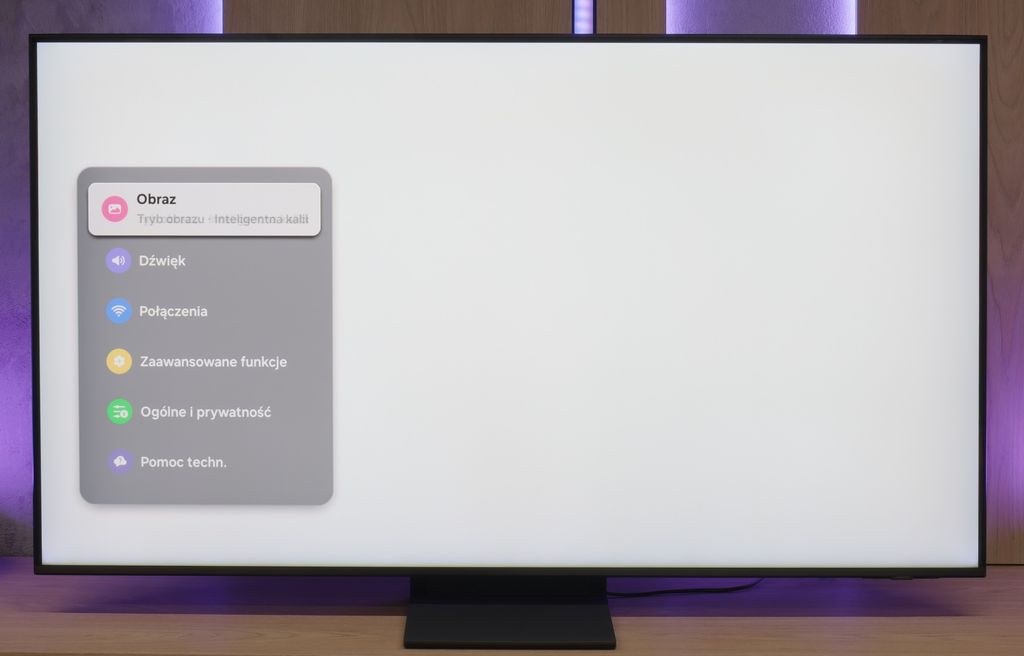
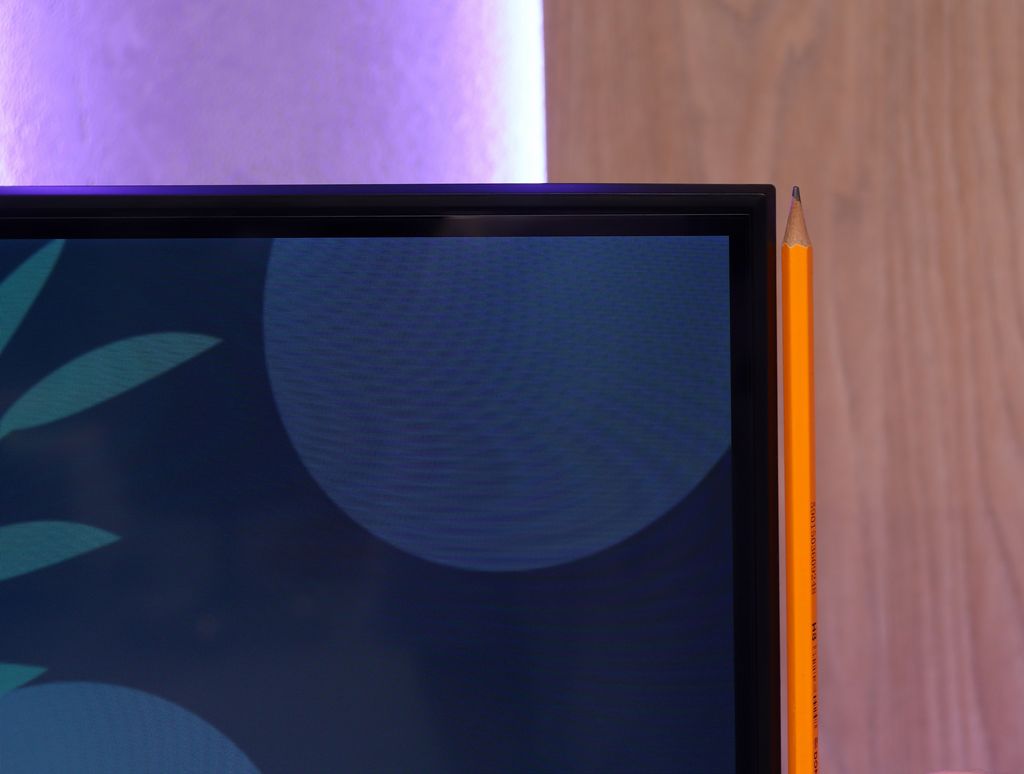
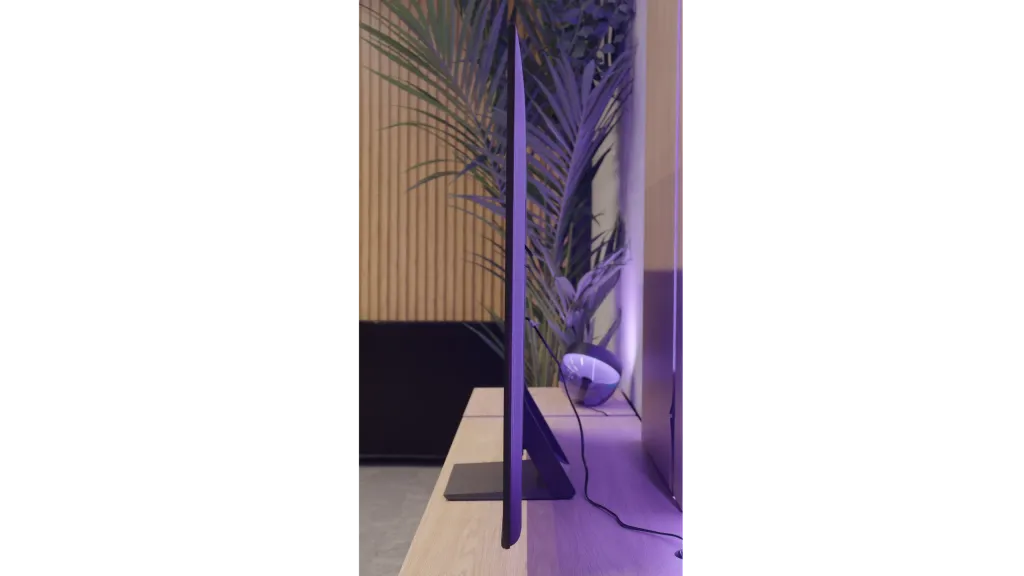
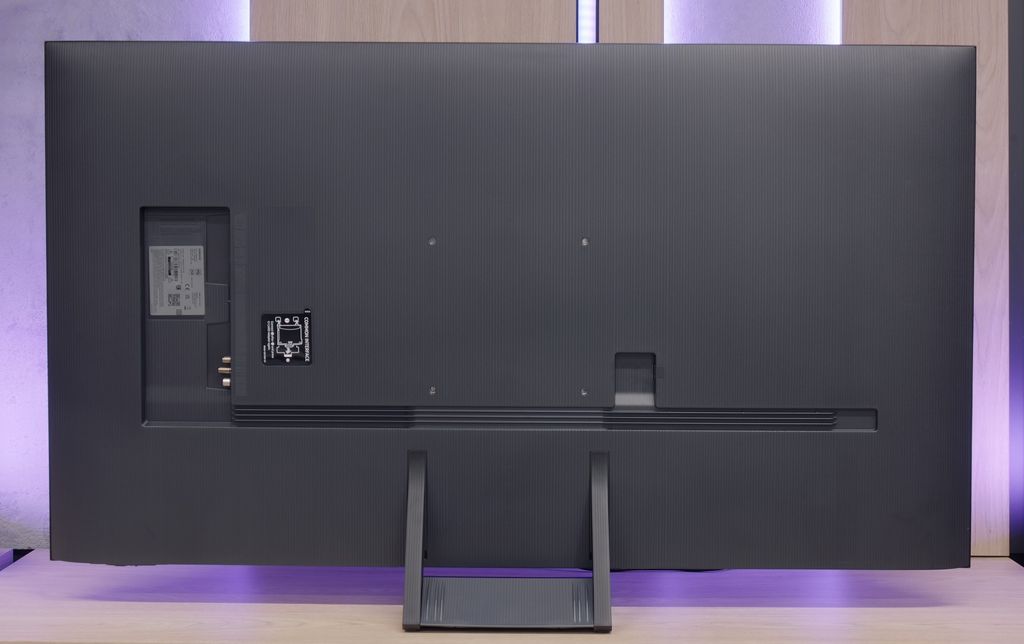
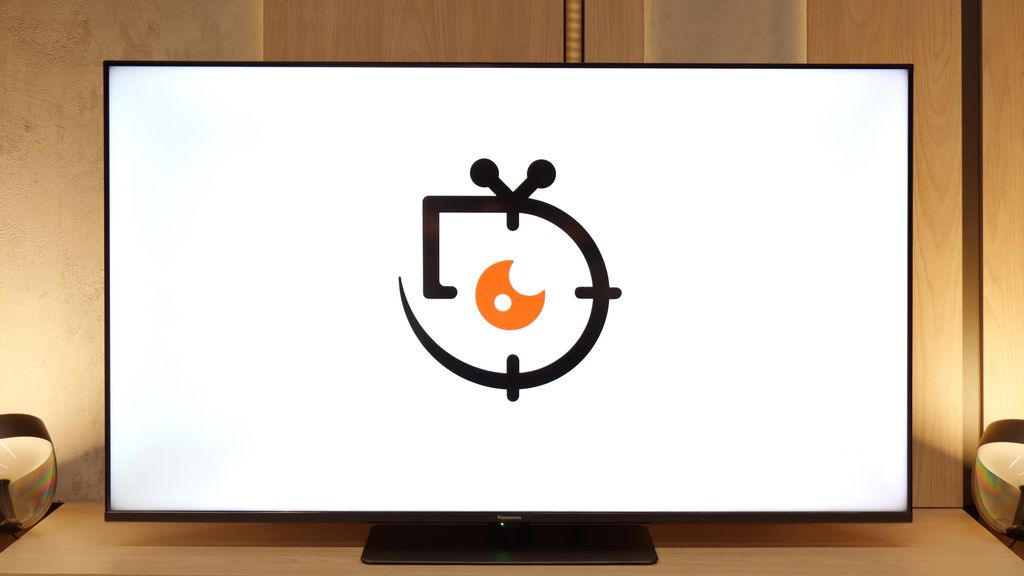
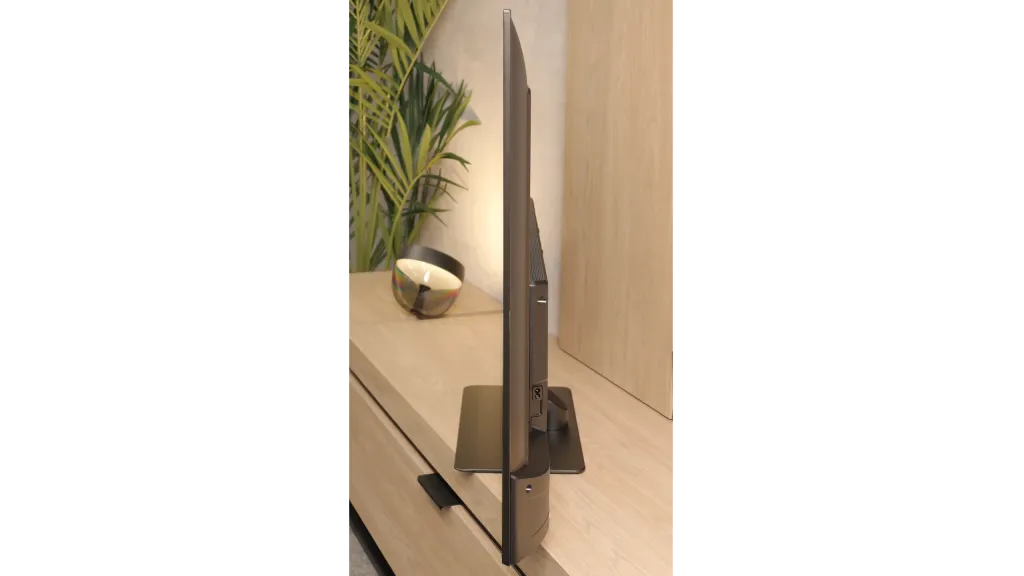
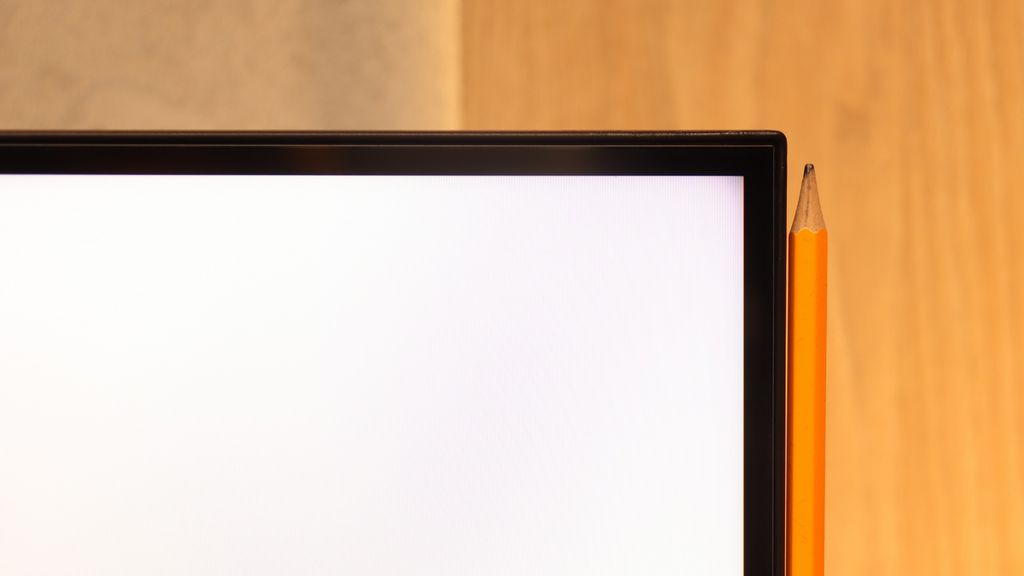
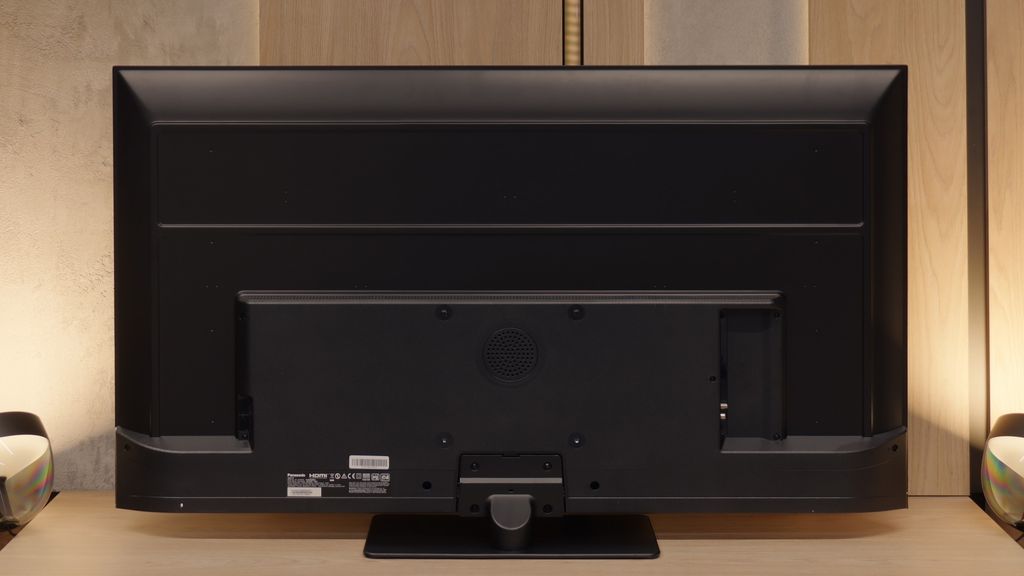
Contrast and black detail
6.2/10
5.3/10
Local dimming function: Yes, number of zones: 20 (1 x 20)
Local dimming function: No
Contrast:

Result
9,200:1

Result
7,000:1

Result
5,350:1

Result
5,700:1

Result
5,300:1

Result
4,300:1

Result
4,250:1

Result
4,200:1

Result
4,400:1

Result
3,150:1
Halo effect and black detail visibility:
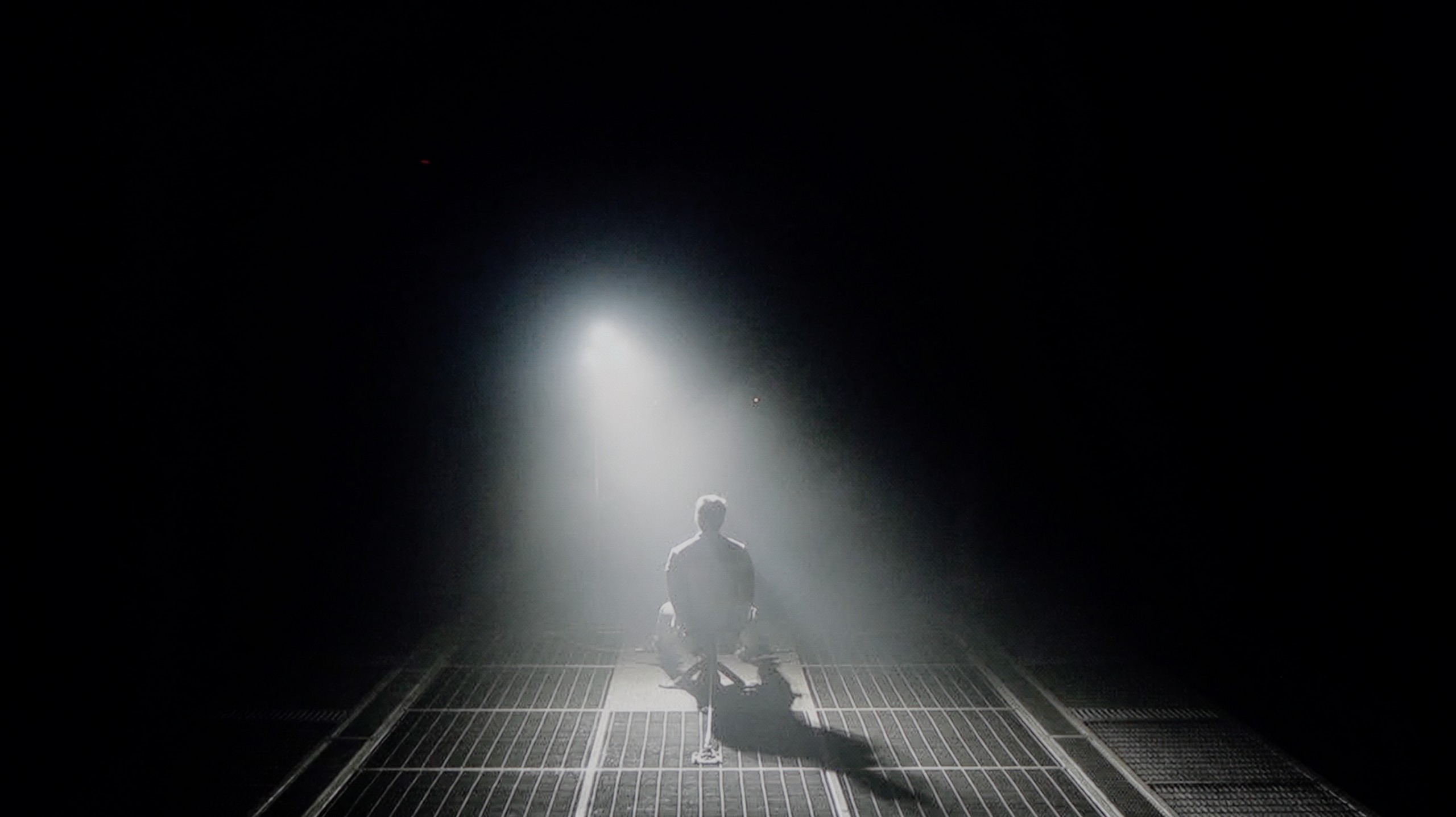
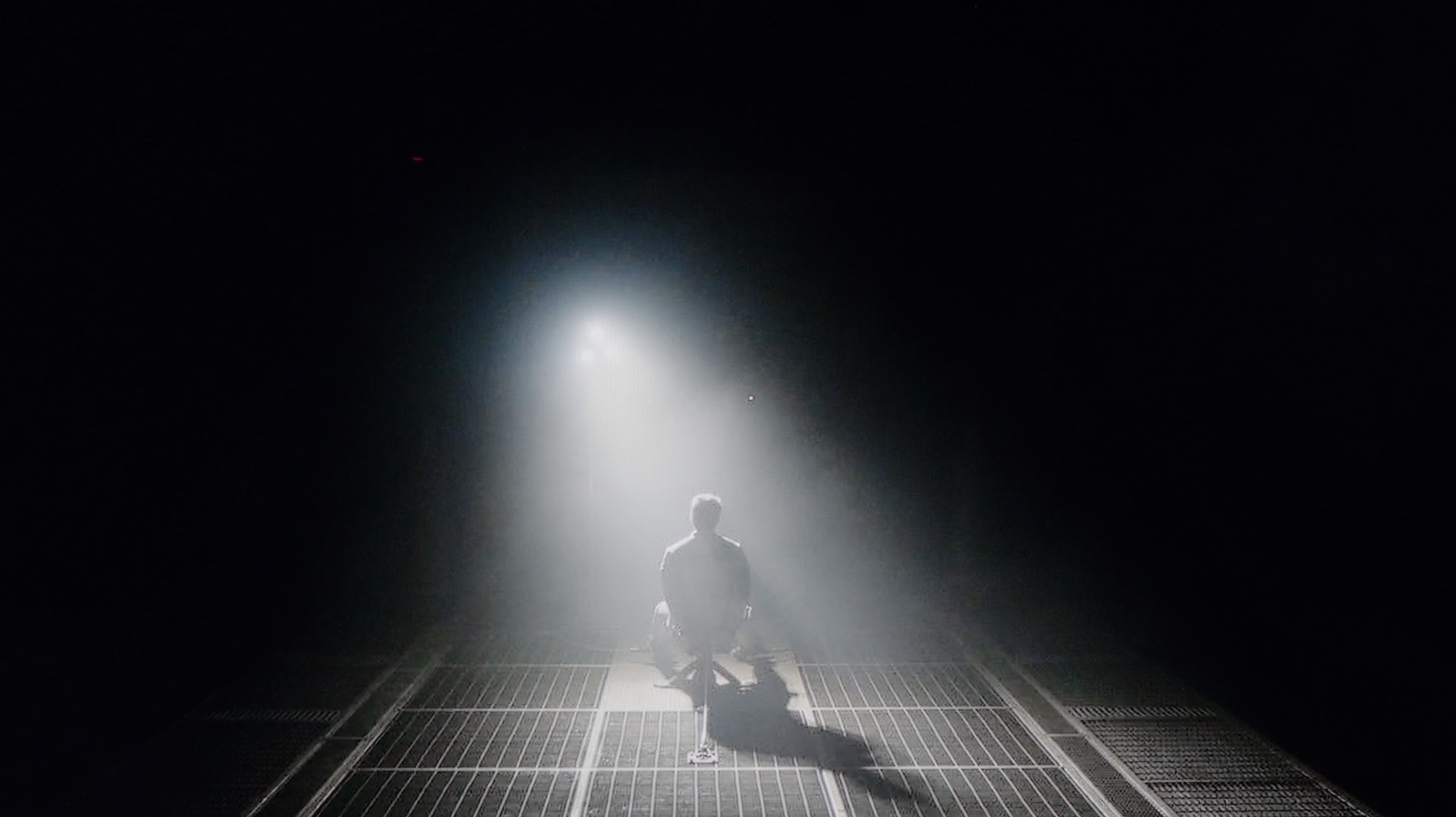
The QN70F is equipped with a VA panel that offers high native contrast – this is already a good starting point for blacks, especially for evening viewing. But theoretically, this does not end its capabilities. The television is branded as Neo QLED, which means the presence of Mini LED technology and a local dimming system. And indeed – the QN70F has such a function. The problem is that we are not talking about classical local dimming with LEDs placed directly behind the panel. Instead, edge lighting is used with a full-screen dimming mechanism known as global dimming. The effect of this is that instead of selective brightness control in individual zones, the entire screen is slightly dimmed when a dark scene appears. In practice, this means that the contrast is average compared to Mini LED models that offer true local dimming. The black level is not bad – it's thanks to the VA panel itself – but we cannot speak of precise light control that advanced systems with multiple zones provide. And here comes the question: is the QN70F series television really a Mini LED TV, or just a marketing variation on the Q70 series? Looking at the technical aspects – it is hard to consider this model a full-fledged representative of this technology. However, in everyday use, the black level looks decent and may be fully satisfying for many people.
The W85B is Panasonic's entry-level LCD, so one shouldn't expect miracles in this category, but... the VA panel really does a great job here. Its biggest advantage is simply better contrast than in popular IPS panels – blacks often look gray there, while here you can actually see deeper tones. In the scenes we tested, the contrast held around 4000:1, which translates to roughly four times better performance than in IPS panels. Of course, there's no local dimming, so in difficult conditions, when it gets really dark in the room, black can resemble navy more than absolute pitch black. This is the difference you can see compared to OLEDs or Mini-LEDs. But in everyday viewing – a series, a match, a movie in the evening in the living room – this contrast is more than sufficient. The image has the right depth, and the W85B doesn't give the feeling of a "washed-out" television.
HDR effect quality
5.6/10
4.2/10
Luminance measurements in HDR:

Result
619 nit

Result
449 nit

Result
500 nit

Result
422 nit

Result
483 nit

Result
228 nit

Result
249 nit

Result
283 nit

Result
282 nit

Result
297 nit
Scene from the movie “Pan” (about 2800 nits)

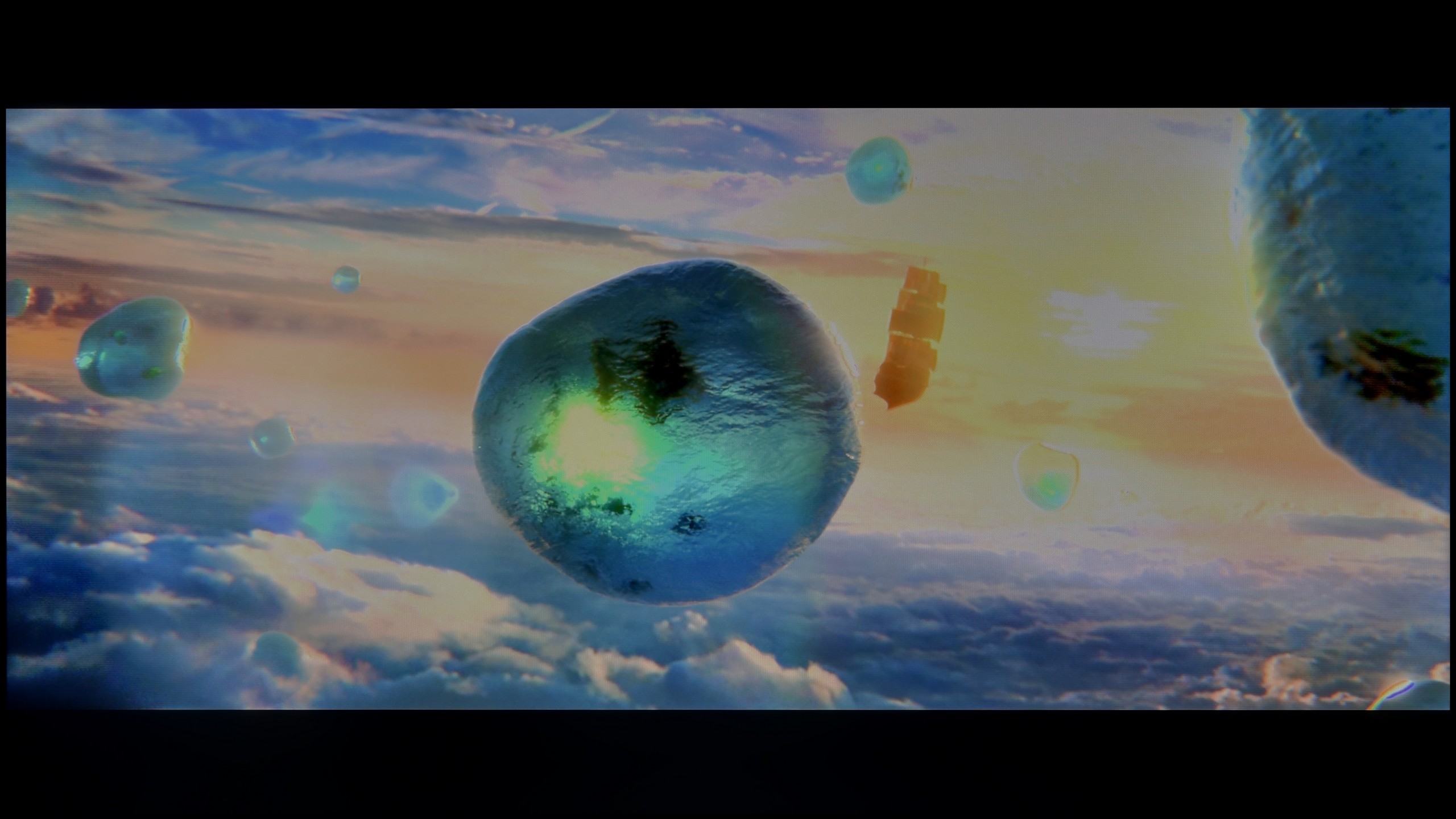
Scene from the movie “Billy Lynn” (about 1100 nits)


Static HDR10

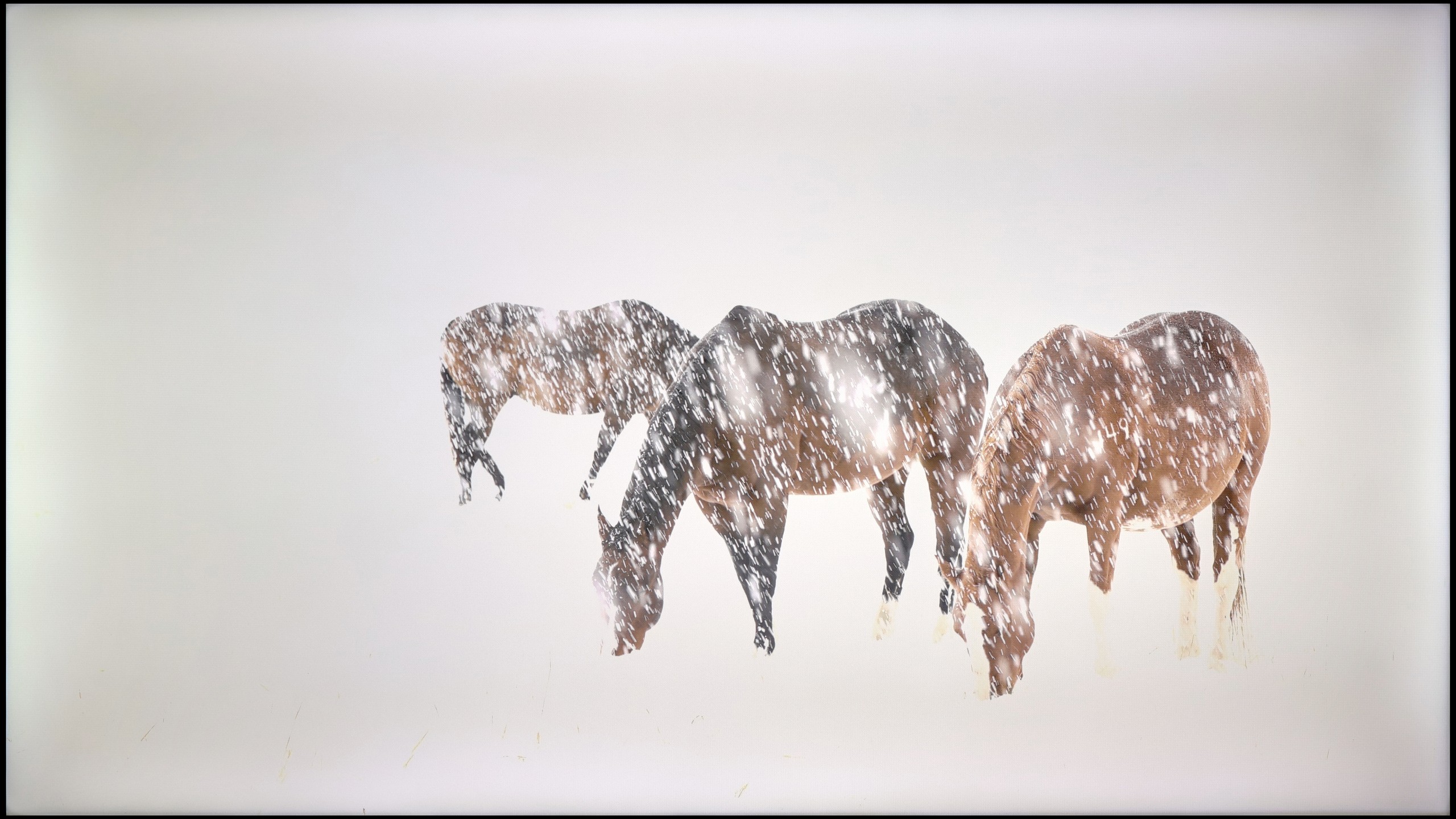
Dynamic: HDR10+
Dynamic: Dolby Vision


HDR luminance chart:
Panasonic W85
HDR luminance
Samsung Neo QLED QN70F / QN74F / QN77F
HDR luminance
QN70F is a TV that can positively surprise when it comes to brightness. In ideal test conditions, it reaches even 800 nits, which – for this price range – is really solid. Of course, that's a result from measurement test patterns, so we decided to check how it performs in practice, with real movies. Here, the TV somewhat tones down its capabilities. In most of the tested scenes – for example, in "The Meg" – the actual HDR brightness was around 500 nits. That's still a good result that allows you to enjoy HDR effects, although it is far from perfect. On the other hand, we have a QLED screen with a quantum dot layer, which means very good color reproduction capabilities. The colors are vivid and saturated. QN70F covers about 94% of the DCI-P3 color space, and in the wider BT.2020 gamut, it exceeds 75%, so in this regard, there's nothing to be ashamed of.
Unfortunately, we don't have good news here. The Panasonic W85B is rather dim – its peak brightness does not exceed 300 nits, so it's hard to talk about any true HDR effect. In practice, this means that scenes which on other screens can "shine" and make an impression, here look simply like regular SDR with a slight boost in colors. Our measurements and film tests confirmed this – regardless of the content, the W85B won't extract anything more from HDR. So if someone is looking for a TV specifically for HDR, it's better to look towards other models. As a consolation, the fact remains that in terms of colors, the W85B performs quite well. It's a QLED TV, so its color gamut coverage is wide, and most films and series look natural, without a distinct "washed out" effect. The colors are saturated, so during regular viewing, there is no sense that something is quite wrong.
Factory color reproduction
7/10
4.2/10
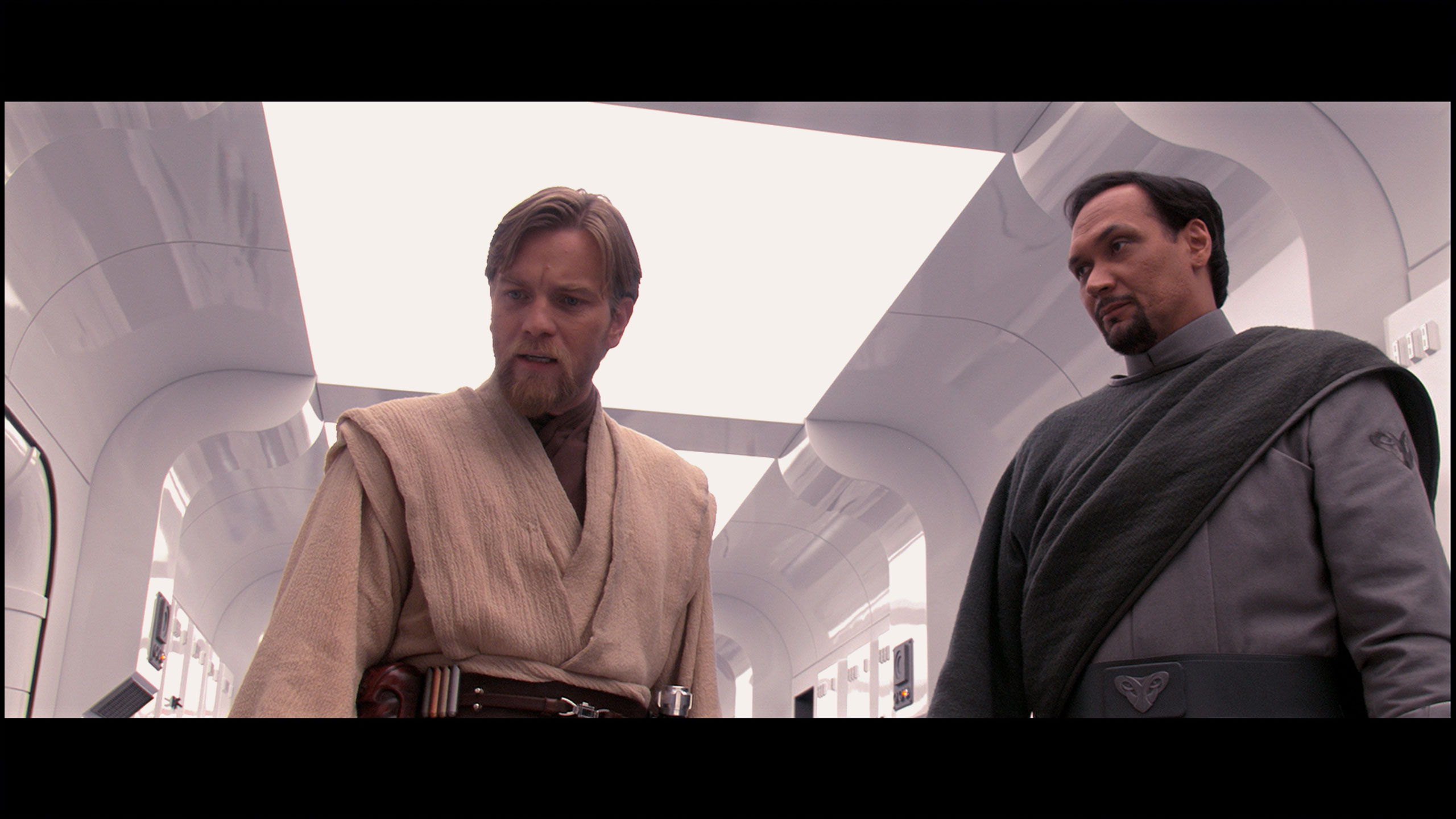
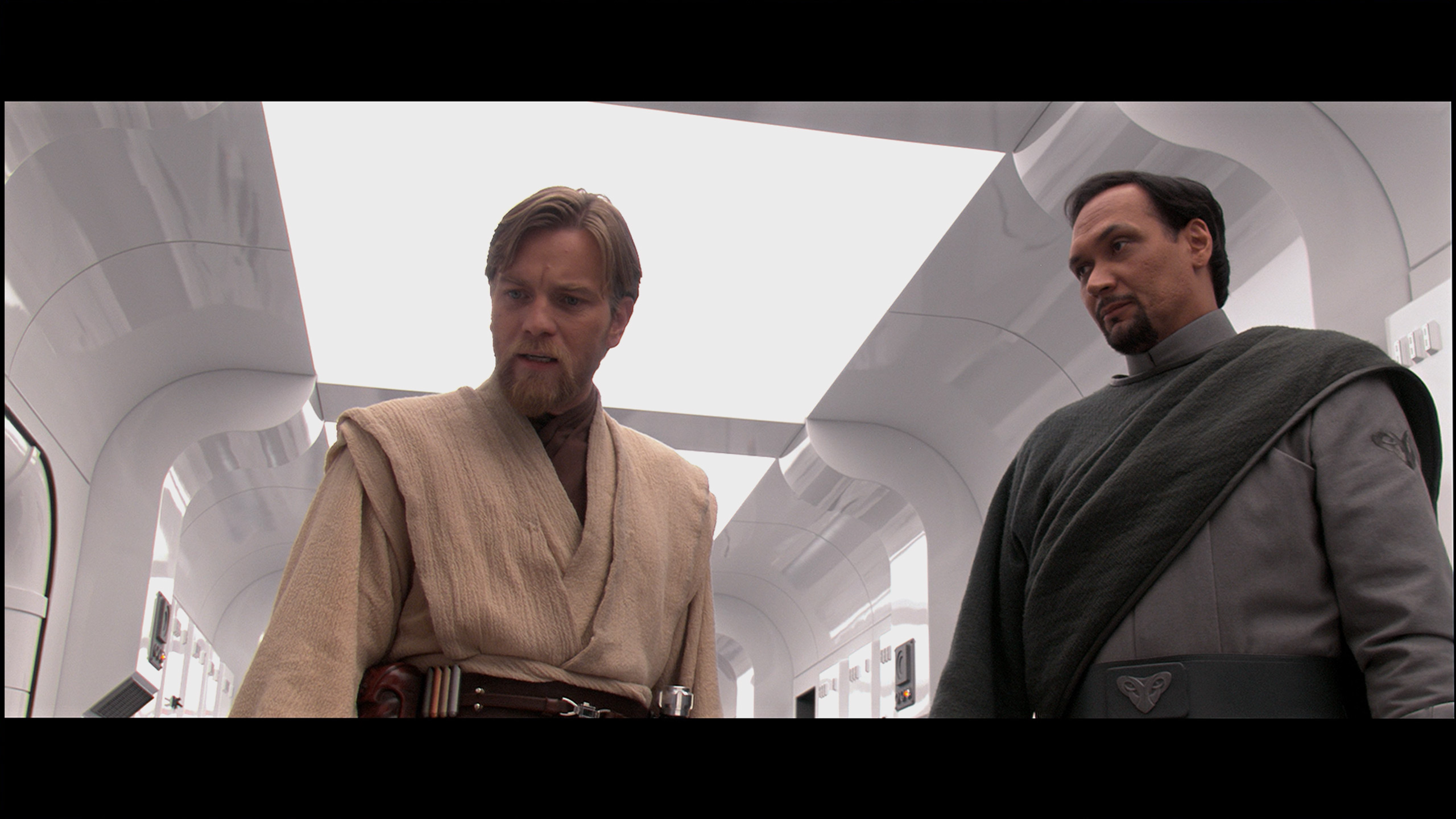
Factory Mode
After calibration


Factory Mode
After calibration
We tested the QN70F in the best default picture mode, which is Filmmaker Mode. It must be said that in this particular test unit, the factory settings performed quite well. The picture was calm, natural, and despite minor deviations, pleasant to perceive. The biggest flaw was a slight dominance of red in the white balance, which caused a slight pinkish tint to the entire scene. However, this was not a glaring flaw – rather subtle and only noticeable when directly compared to a properly calibrated screen. A somewhat larger issue appeared in the brightness characteristic. The television tends to understate the brightness of parts of the image that should be displayed more brightly. As a result, some details can appear slightly dimmed – not so much lost entirely, but not as clearly pronounced as they should be. Nevertheless, as far as a television in this category and in these settings goes, we consider the result to be a good starting point for further calibration.
While testing the Panasonic W85B, we of course started with the Filmmaker mode, as it is the gold standard today for watching content "as the director intended." The problem is that this TV is quite far from those intentions. The biggest issue turned out to be an excess of red – in both SDR and HDR. The picture often looked overly warm, and in some scenes, it appeared almost "blazing." Additionally, there’s the issue of brightness management. When we looked at the gamma and EOTF charts, it was clear as day that in most scenes, the TV brightens the image more than it should. The effect was easy to predict. Details can get lost, leading to flattening and clipping across the entire screen. Of course, we know how to improve this, but it must be said honestly that it requires quite a bit of work in calibration. Out of the box, the W85B does not provide a reference-level picture – it is rather a TV that will always interpret colors and brightness a bit "its own way" without professional adjustments. Unfortunately, this is to the detriment of the viewer.
Color reproduction after calibration
8.5/10
6.9/10
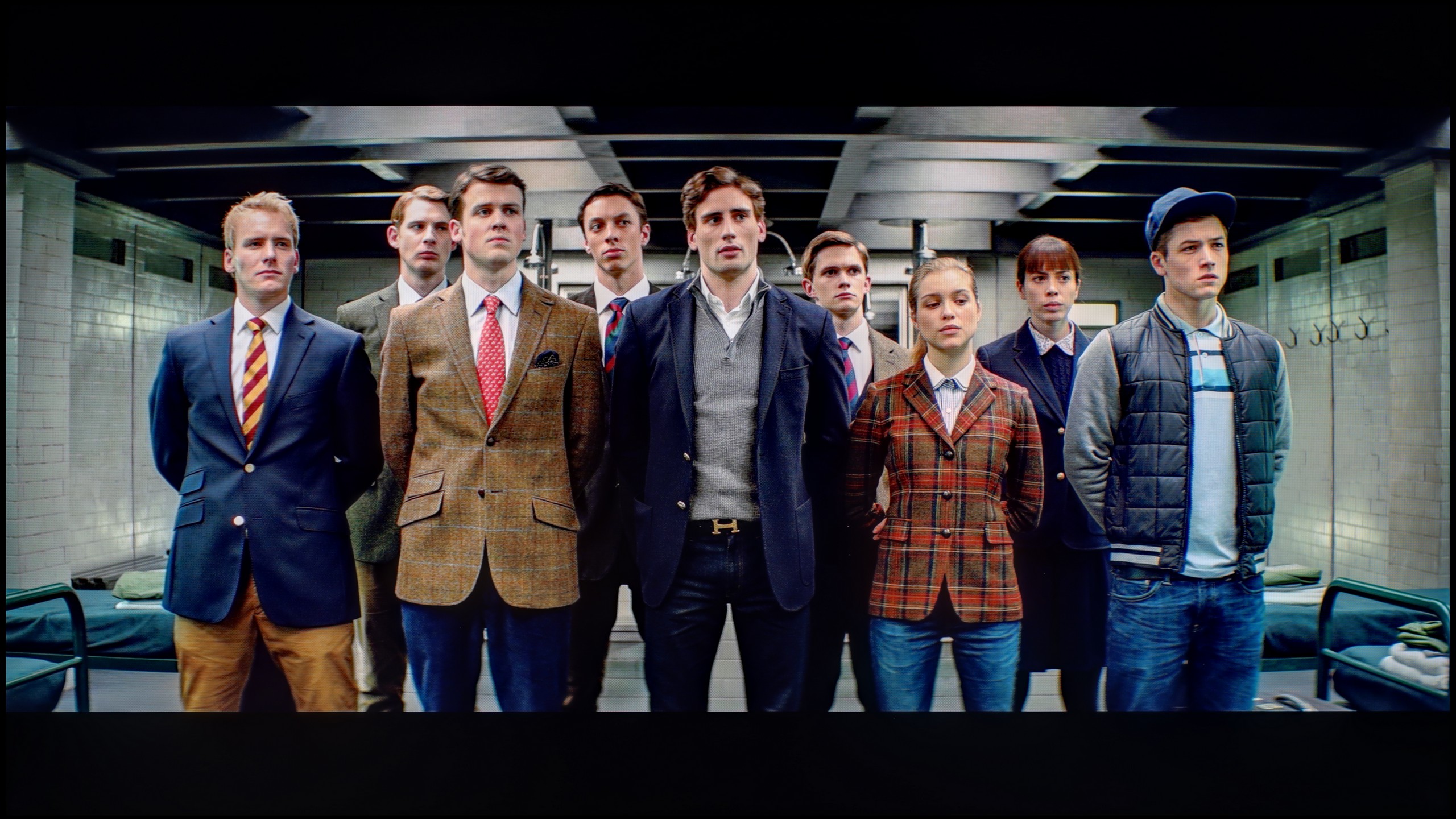



After calibration, the QN70F shows that it can offer a really high level of color reproduction. It nearly perfectly balanced the white point, and the values in the Color Checker test dropped below 3 – that is, below the threshold at which the average eye can perceive differences. The image looks natural, and the colors are accurately represented, without excessive saturation or the coolness known from factory settings. It must be said that Samsung provides very extensive calibration options – not only for enthusiasts but also for professionals. The QN70F takes advantage of this potential and, after proper adjustment, can come close to much more expensive models in terms of color accuracy. The only thing one could still criticize is the brightness characteristics. There is still a tendency to brighten the smallest parts of the image – particularly those that should remain darker. However, this is a design feature of this model, not a calibration error. Despite this, the final effect definitely deserves recognition.
Fortunately, calibration made a significant difference for the Panasonic W85B, especially in SDR content. Here, the improvement was really noticeable – we managed to balance the white and reasonably tame the TV's tendency to excessively brighten the entire image. The picture became more coherent, and the colors gained a naturalness that was lacking in the factory settings. Admittedly, the results from the Color Checker are not perfect, as the W85B has visible issues with green saturation, but overall, we assess the post-calibration effect in SDR very positively. The situation with HDR is a bit different. Here, we were also able to limit the tendency to warm up the entire scene, so the image turned out much better than in the factory settings. However, the same problem we mentioned earlier is still evident – the TV interprets the image too "in its own way" and brightens the entire frame. The lack of local dimming only exacerbates this effect. In summary, briefly in SDR content, the W85B performs really well after calibration and is perfectly suitable for everyday viewing. However, in HDR, even after adjustments, it is still hard to unequivocally recommend it for serious viewing sessions.
Smoothness of tonal transitions
9/10
9.1/10
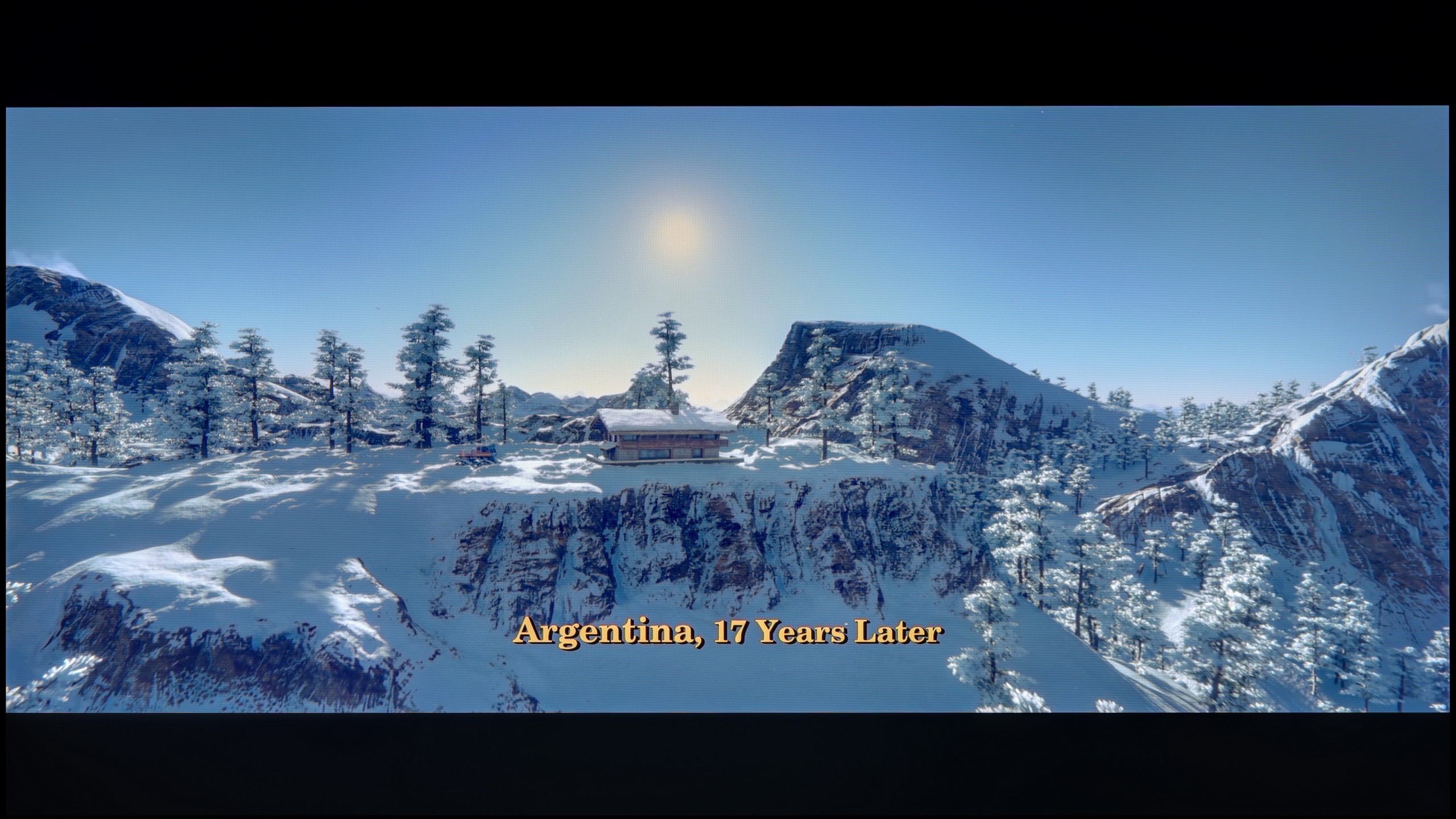
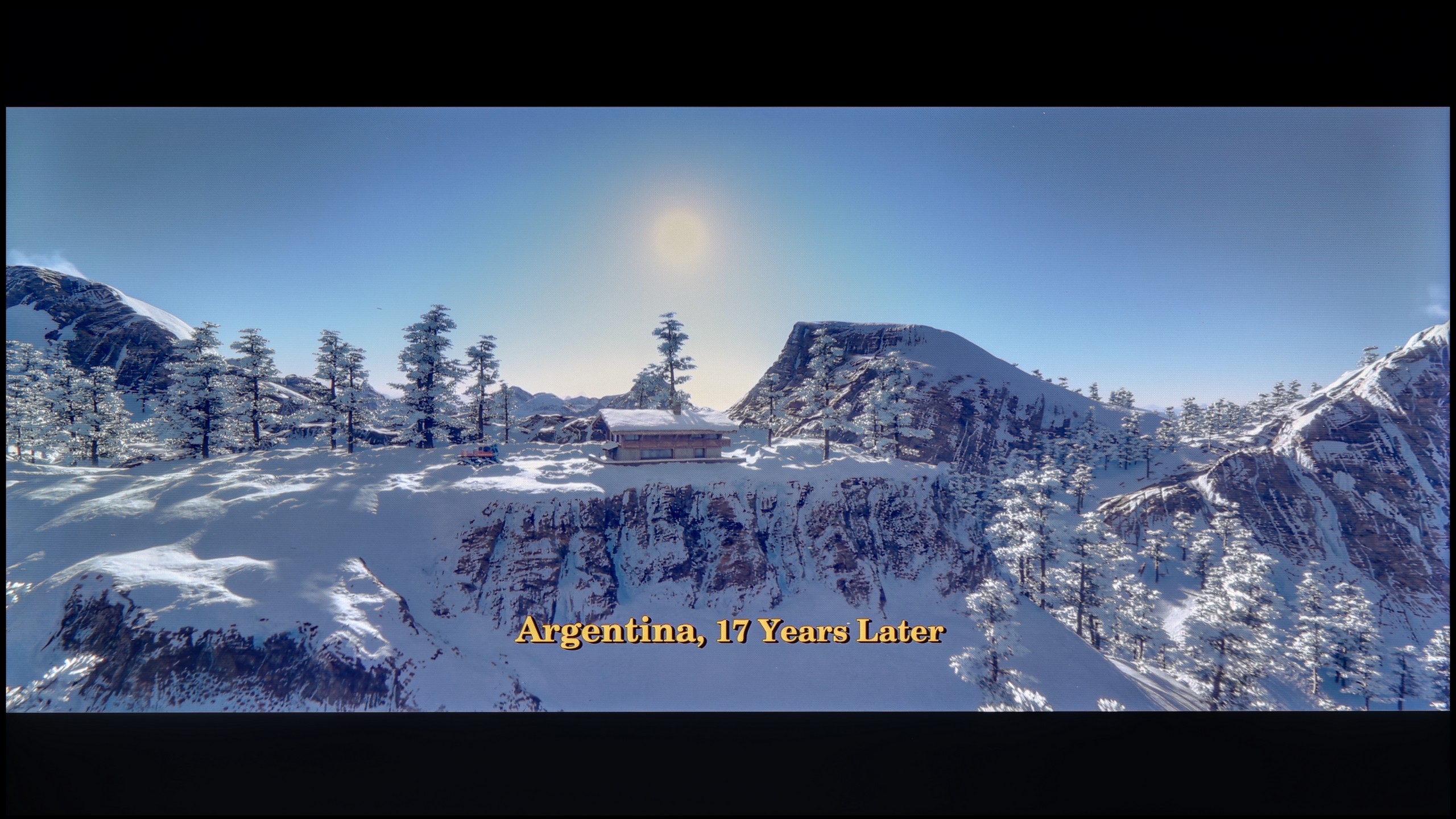


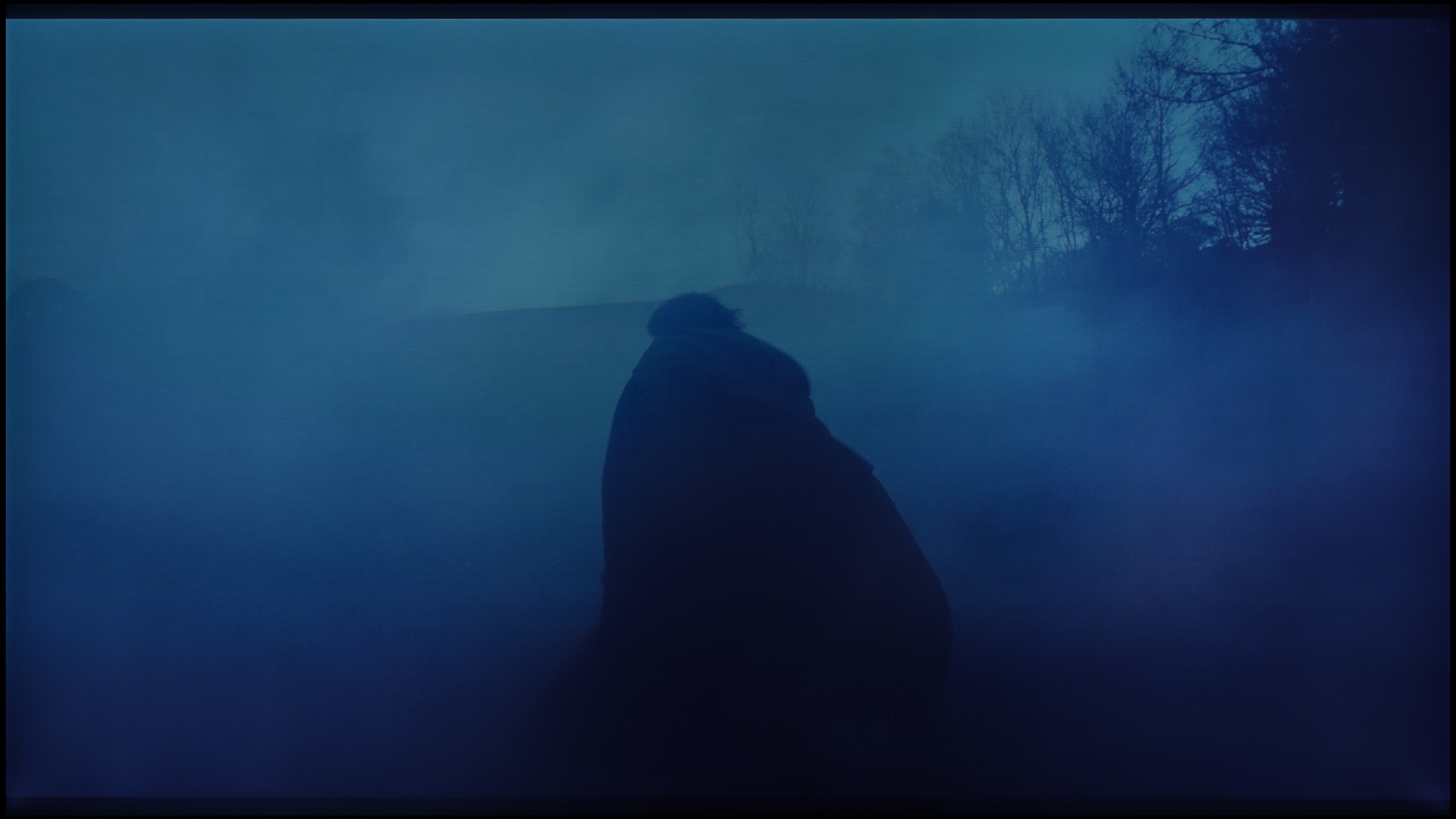
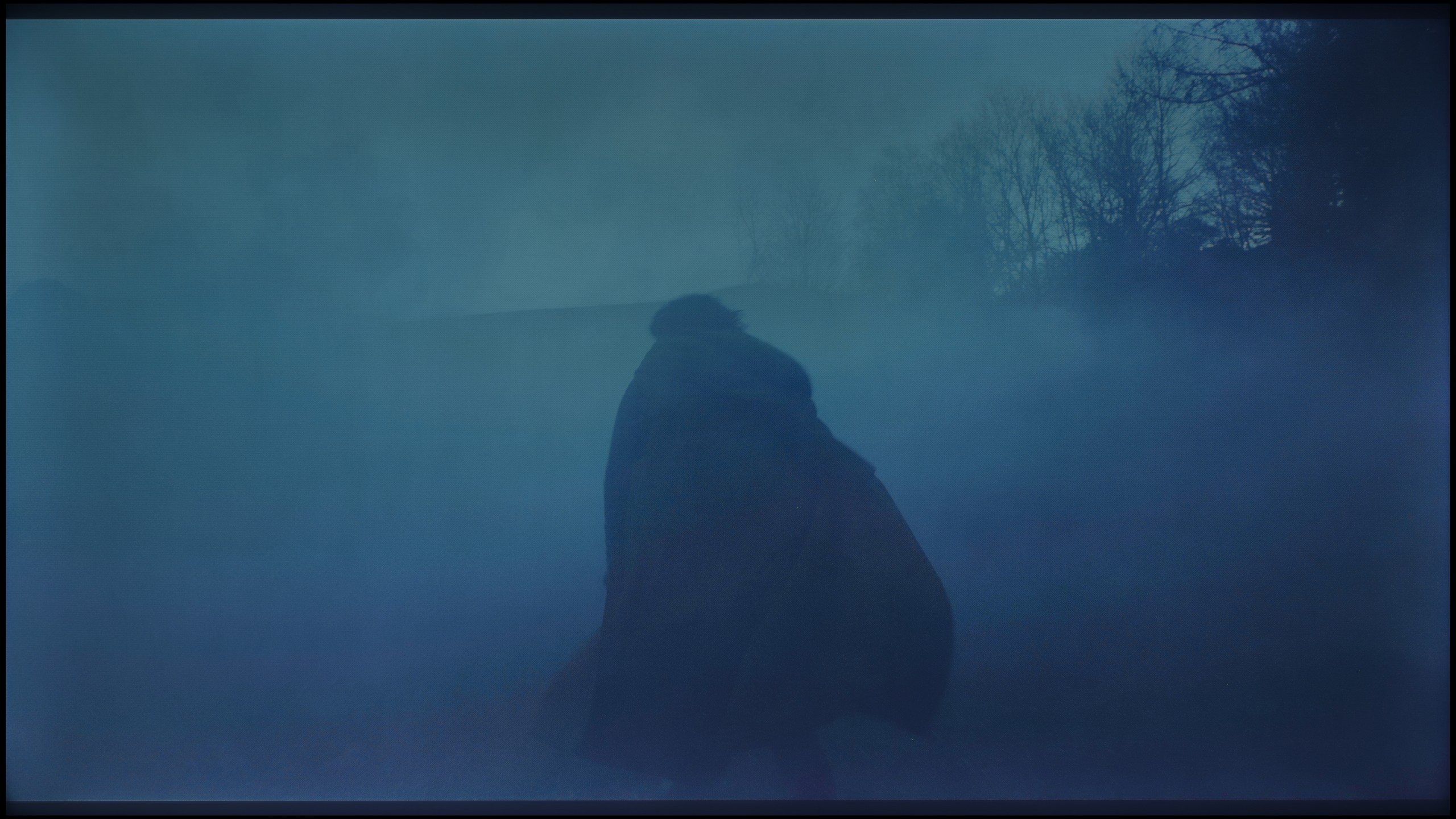

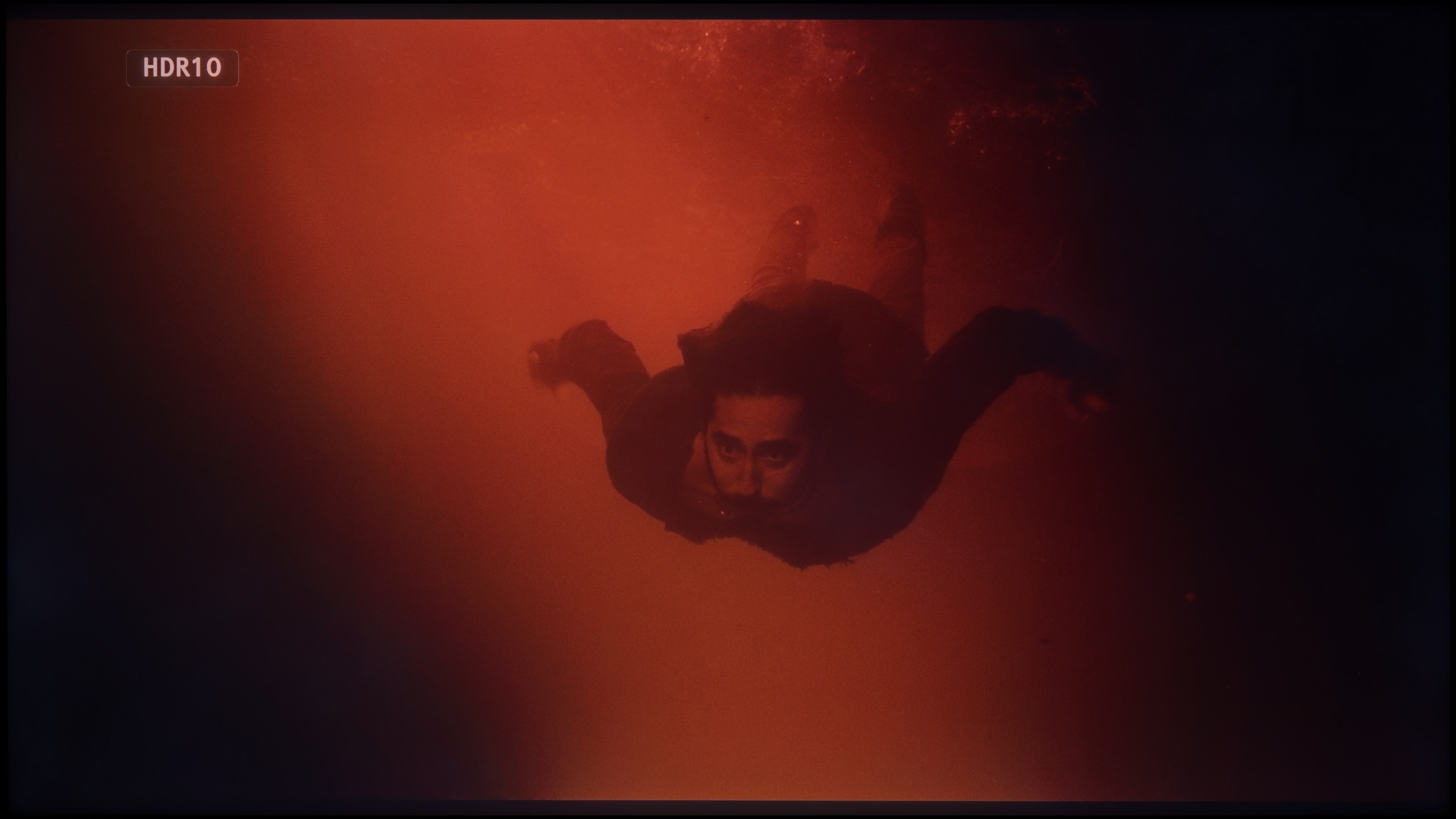




In terms of tonal transition fluidity, the QN70F performs really well. The gradients are smooth, and the colors blend into each other without noticeable thresholds or banding. Even in more challenging film scenes – especially very dark ones – any imperfections are minimal, and you really have to focus to notice them. In everyday viewing, most users should not encounter any issues with color blending. The image looks clean and coherent, without artificial smoothing or distortions. This is another aspect where the QN70F pleasantly surprises.
Here we can confidently praise the Panasonic W85B. The television handles color blending and tonal transitions really remarkably. Gradients look smooth, without visible bands or artificial outlines. As a result, the image gains a natural quality, and sequences with a lot of subtle shades – like the sky or blurred backgrounds – look exceptionally good for this class of equipment.
Image scaling and smoothness of tonal transitions
6.9/10
6/10
Smooth transition function
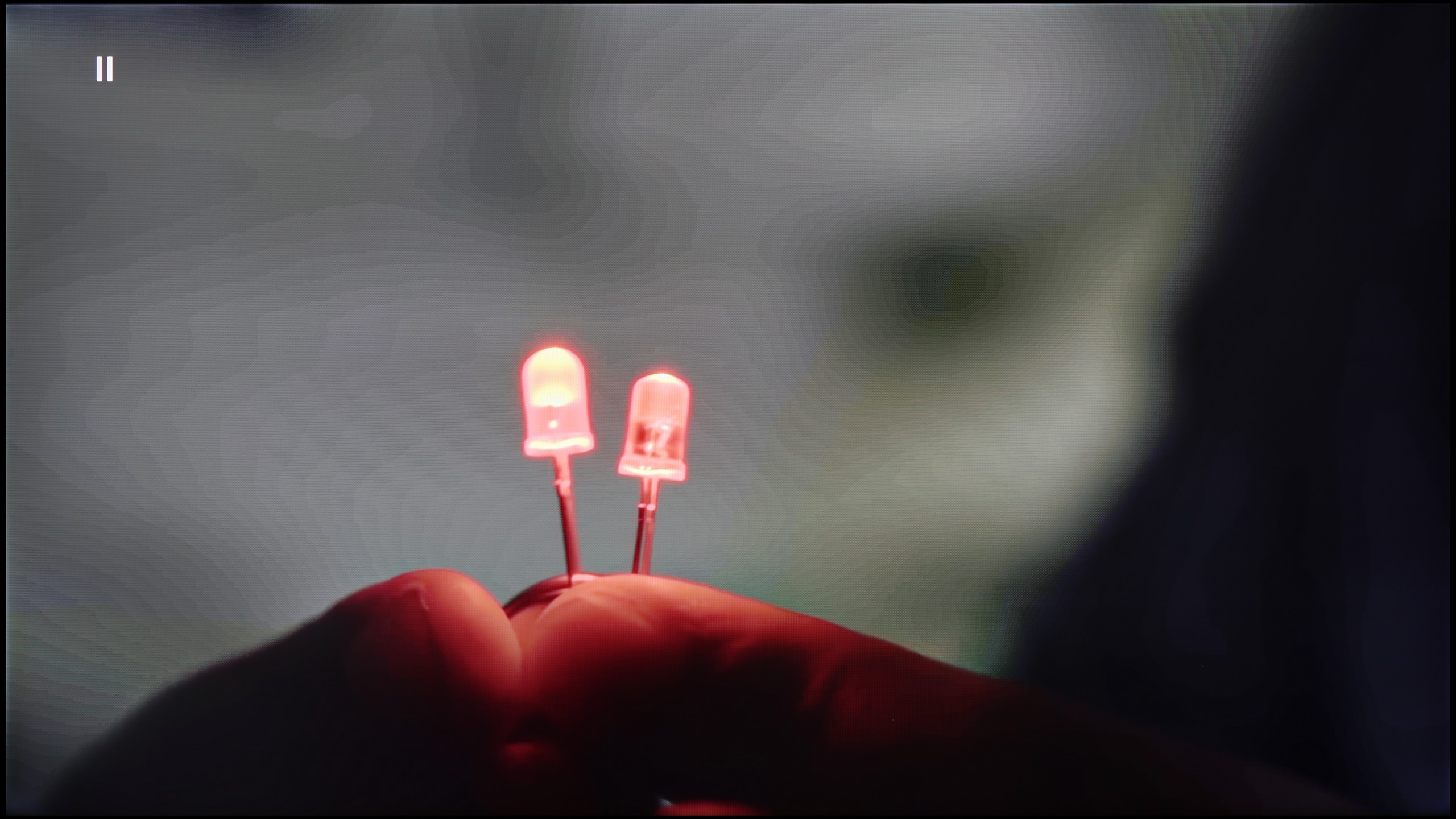
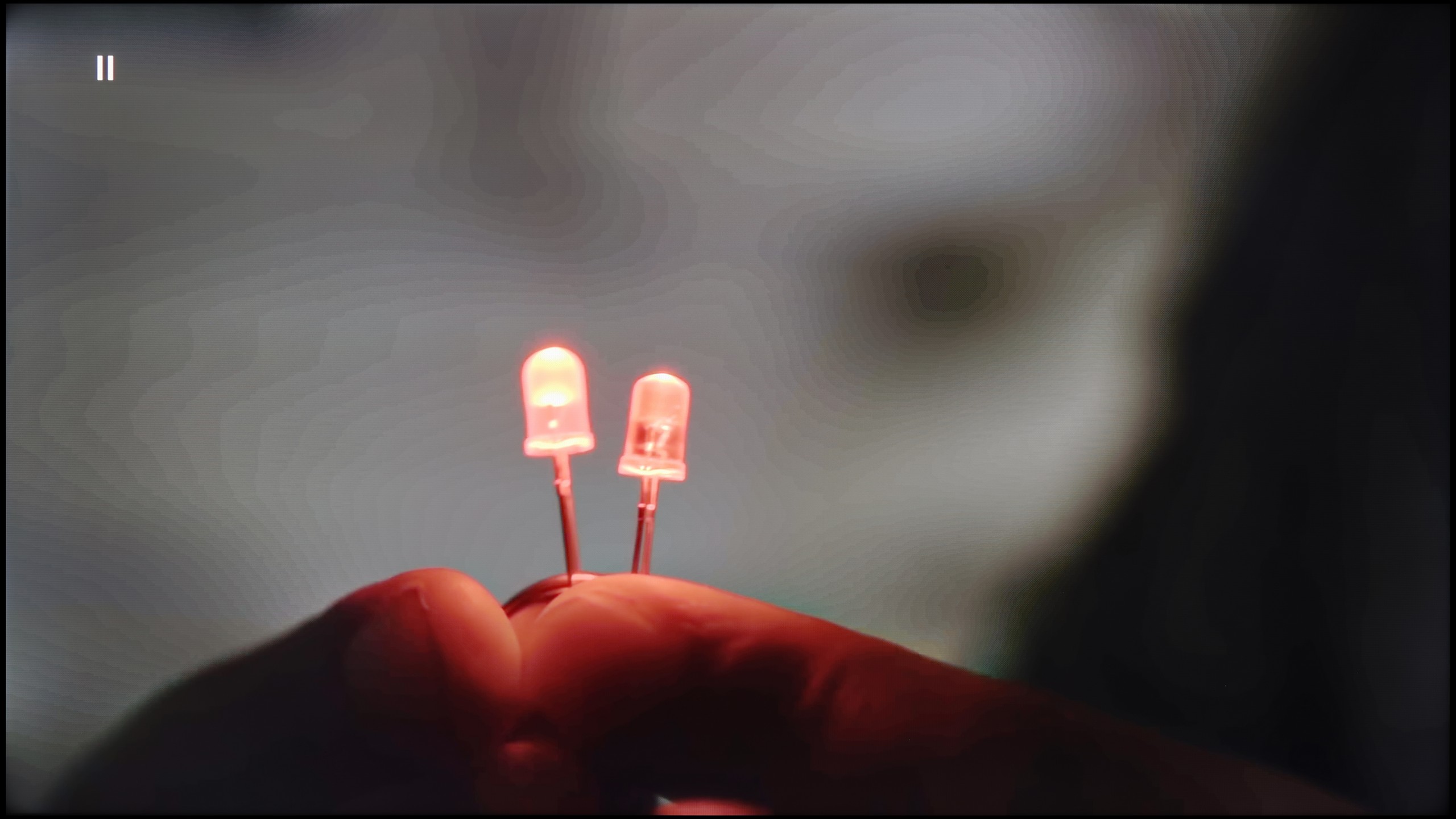
Image without overscan on the SD signal
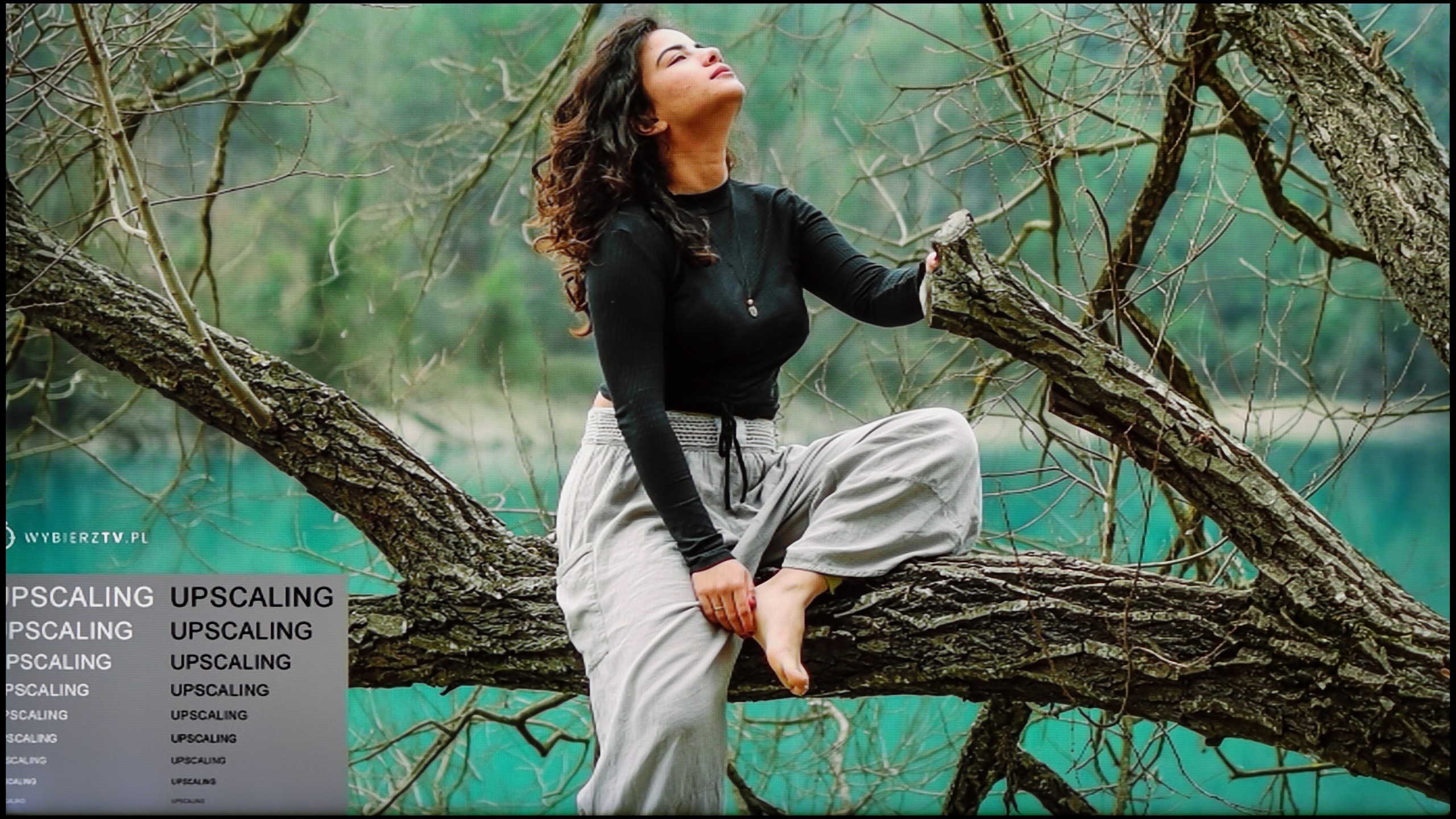
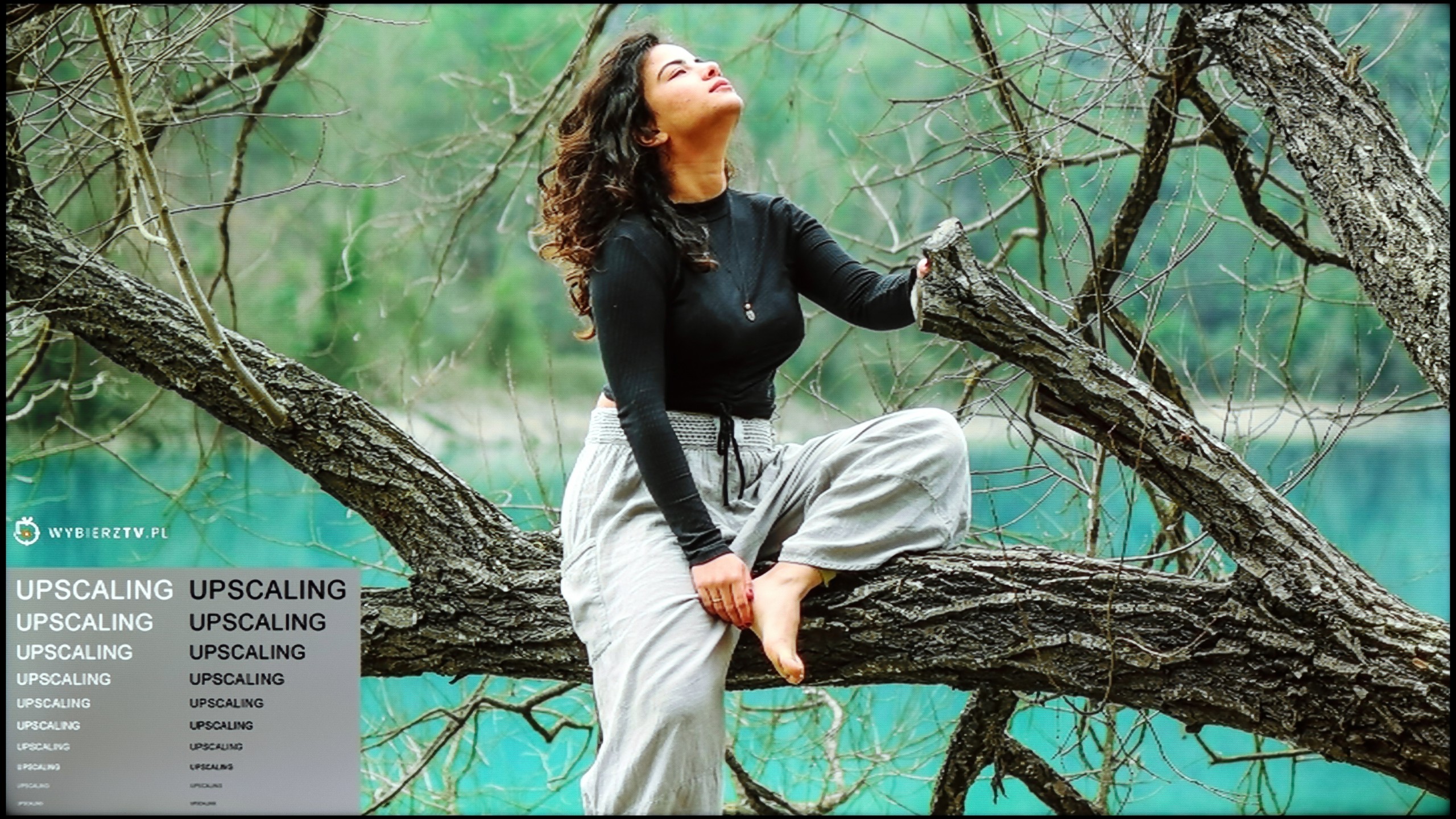
Samsung QN70F offers a distortion reduction feature that improves the smoothness of tonal transitions. In "Standard" mode, it works quite well - smoothing problematic transitions without significantly interfering with the image structure. Film grain is partially removed, but details such as texture or skin structure still remain visible. The "High" mode operates much more aggressively. The smoothing is stronger, but it comes at the cost of a noticeable loss of detail. Therefore, in practice, we recommend sticking with the "Standard" setting or completely turning off this feature. The improvement in gradation may be less spectacular, but the image retains more naturalness.
When it comes to scaling low-quality content, the QN70F performs very well. Tests with lower resolution images were really impressive. Despite slight aliasing of contours, everything looks clean and clear, even if the original content was very poor. It's just a shame that the TV has an overscan issue that cannot be completely turned off. As a result, the image from very low resolution may be slightly cropped, which is mainly visible on subtitles or the interface.
With native SDR content, the Panasonic W85B performs very well – tonal transitions are smooth and natural, without artificial bands or clear contours. However, the situation looks worse with lower resolution materials. This is where the television has the biggest problem with "beautifying" the image. The lack of any option in the menu that would allow for improving gradation means that with older films or materials from YouTube, one can sometimes notice slight issues with color blending.
Fortunately, upscaling, or increasing the quality of lower resolution content, performs much better. This is definitely a strong point of this model – the image is scaled cleanly and in detail, and the television handles this better than one might expect from such an affordable device. This is thanks to the HCX processor, which Panasonic has been developing for years, and it shows that even in the lower series, it can do a good job.
Blur and motion smoothness
7.5/10
6.5/10
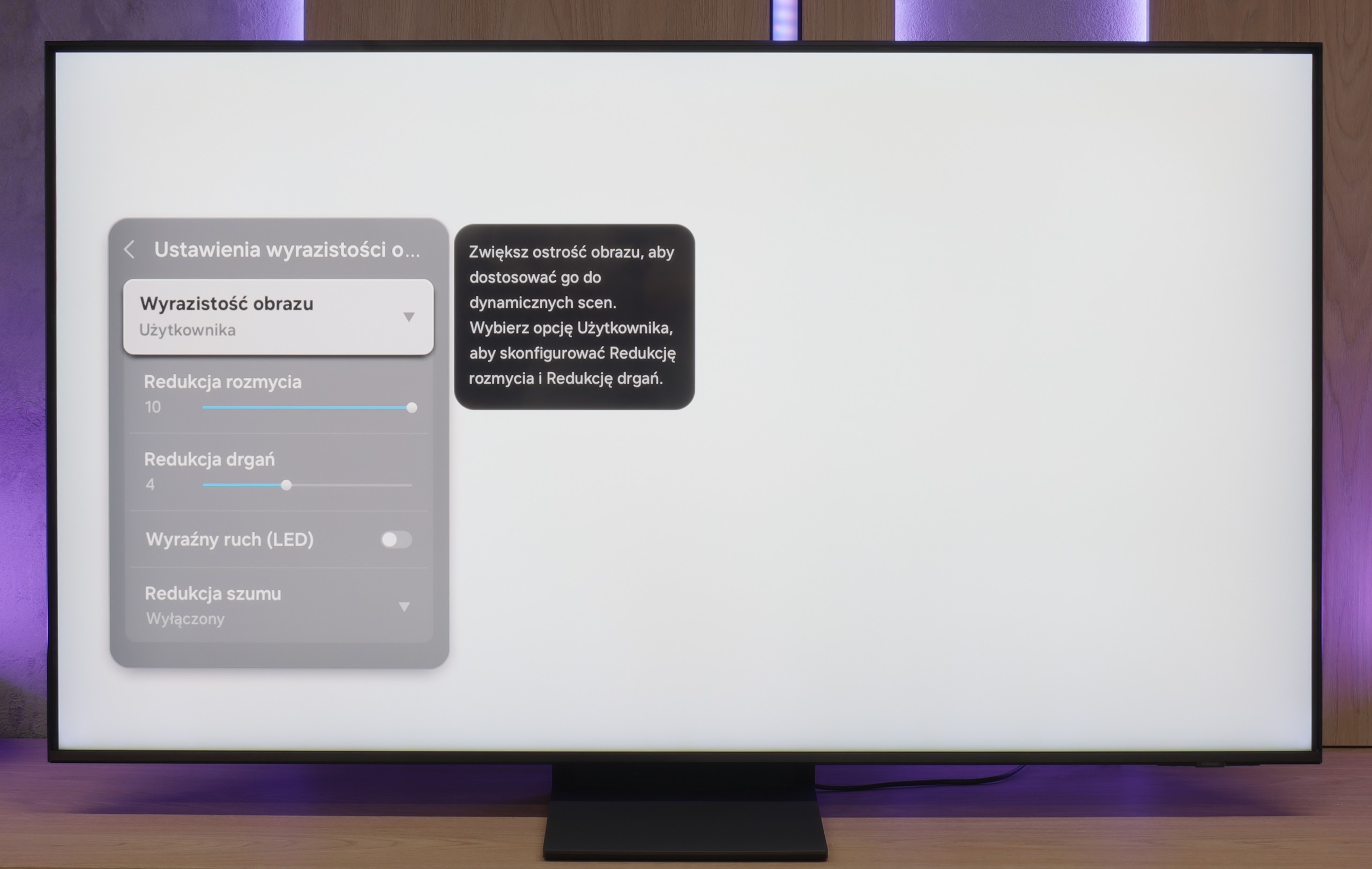
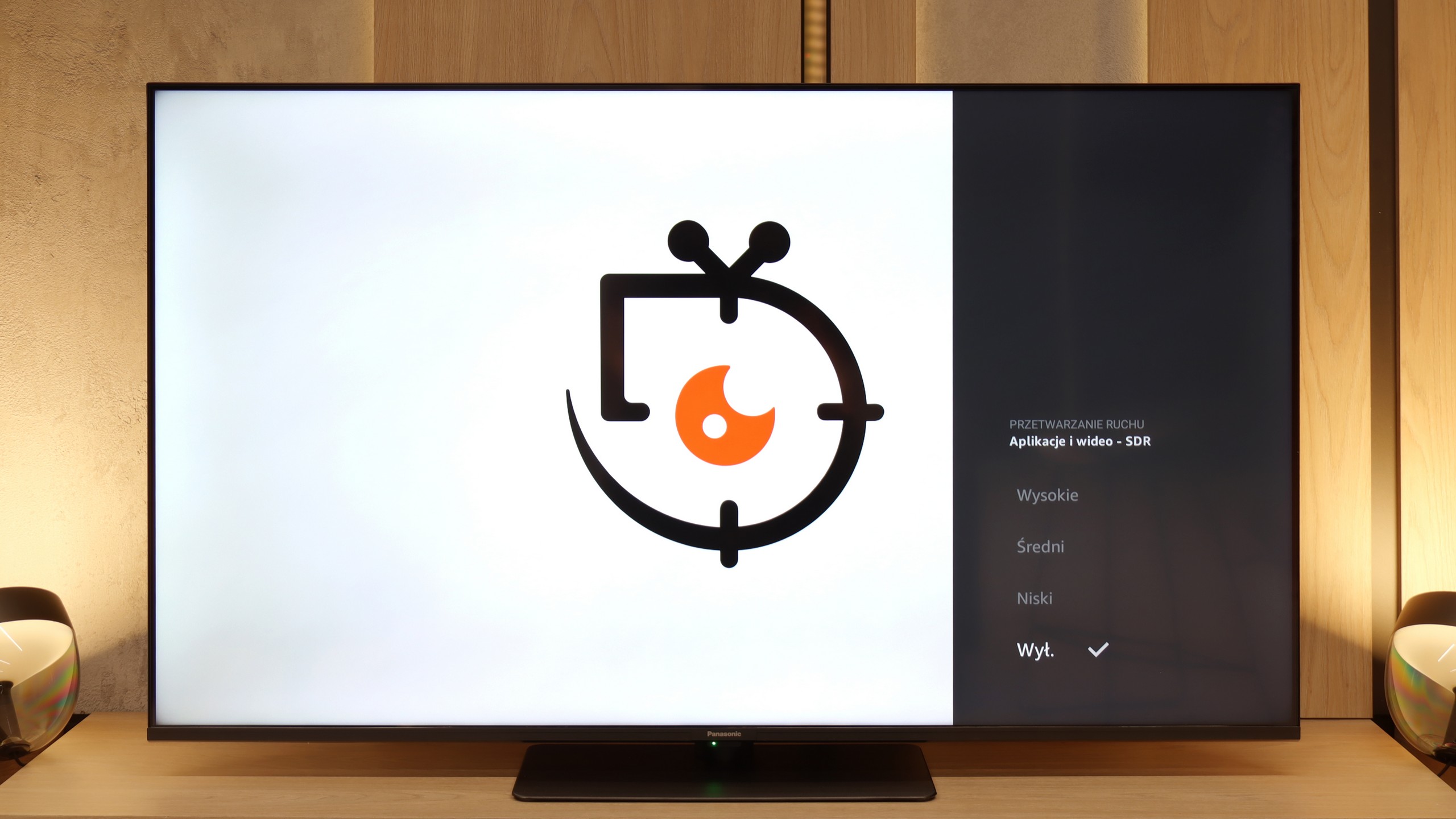
Blur (native resolution, maximum refresh rate):
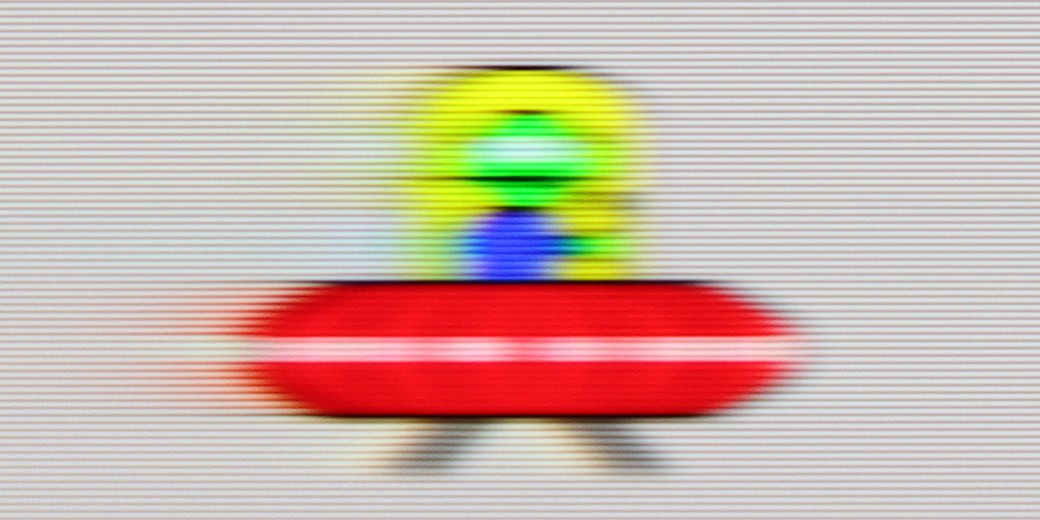
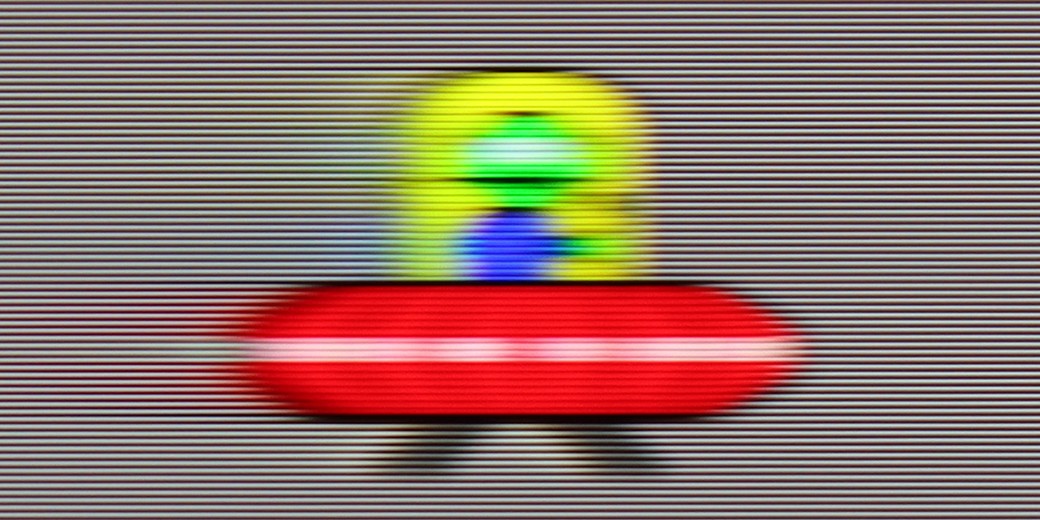
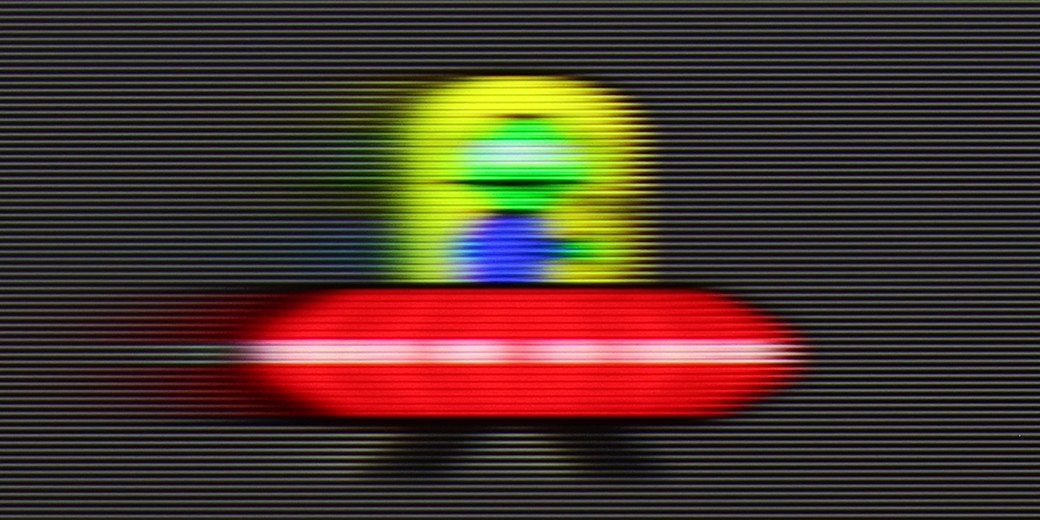
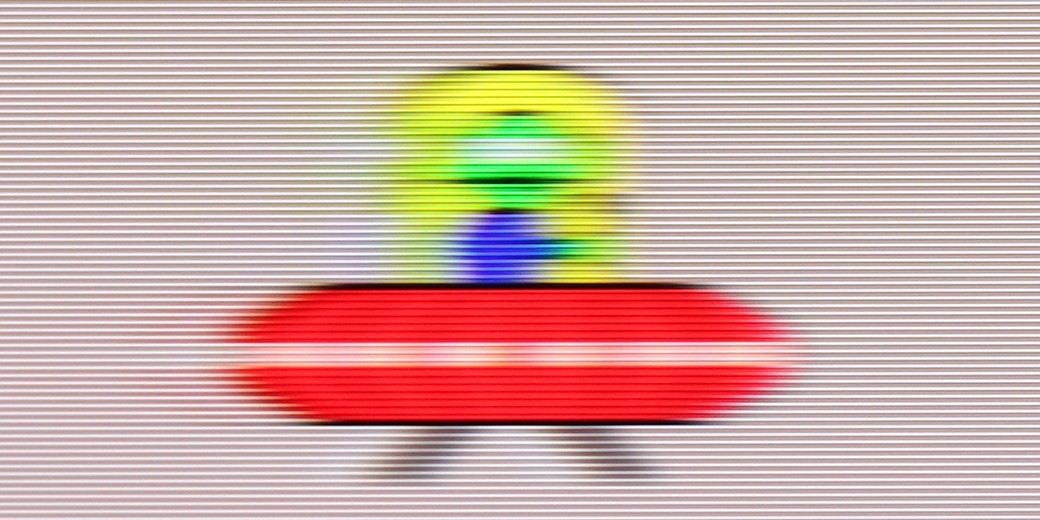
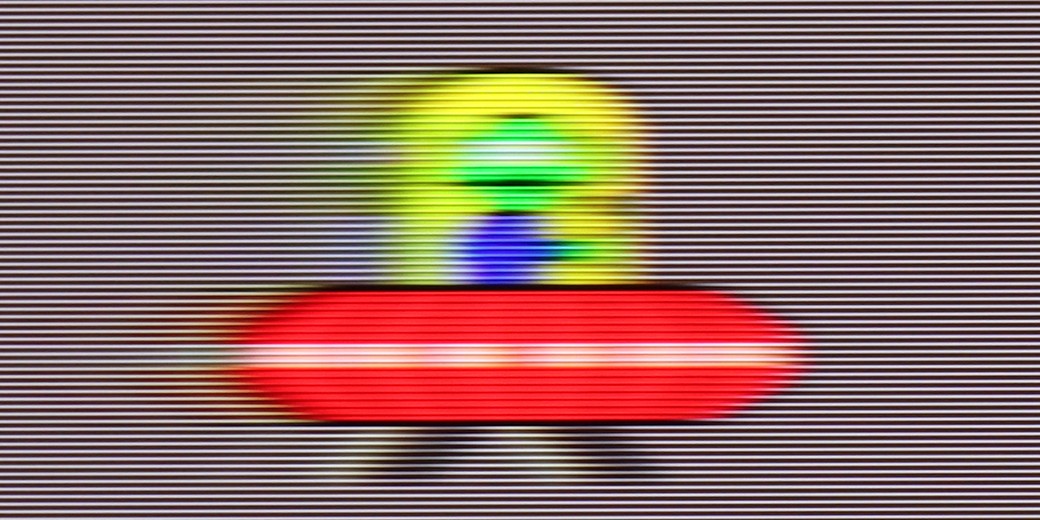
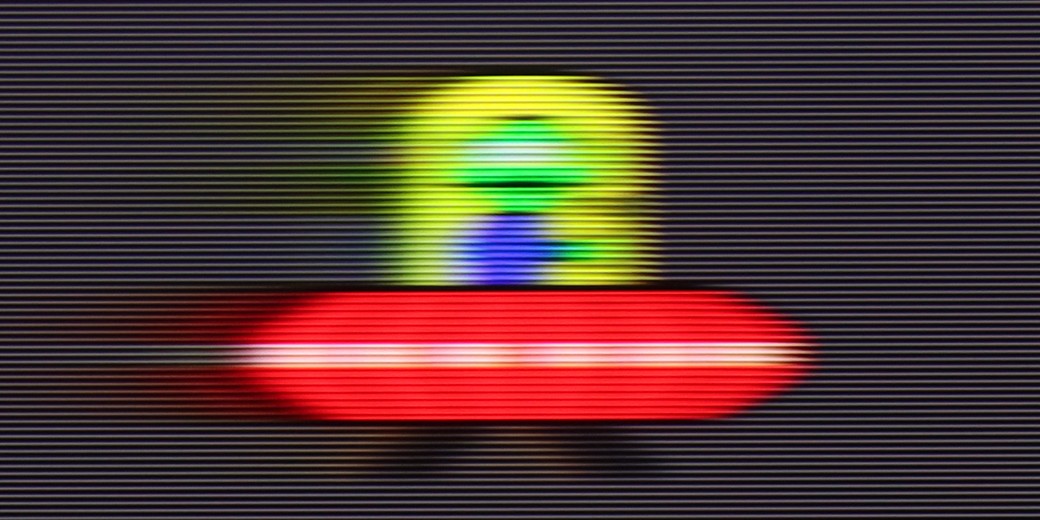
Blur (BFI function enabled):
Image flickers in this mode



Blur (4K 144Hz):

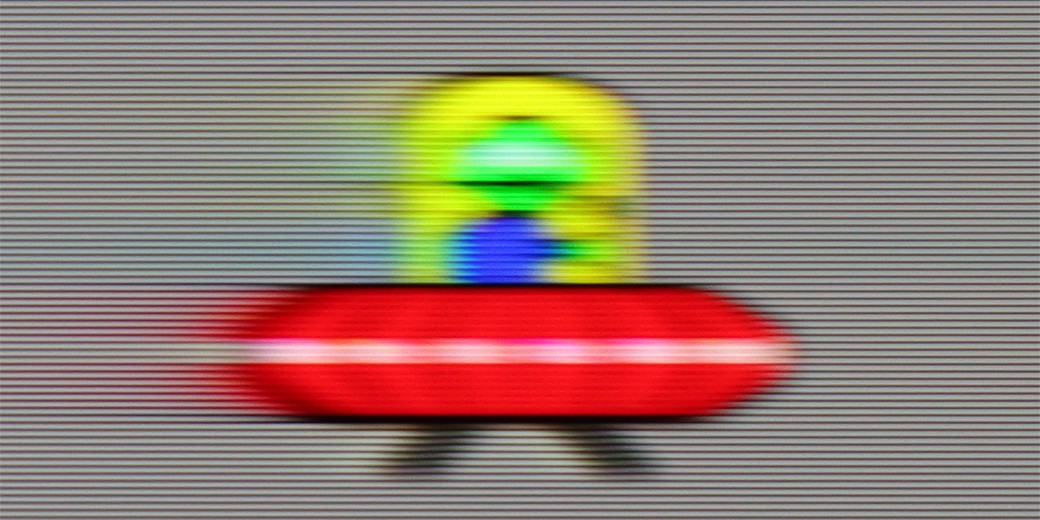
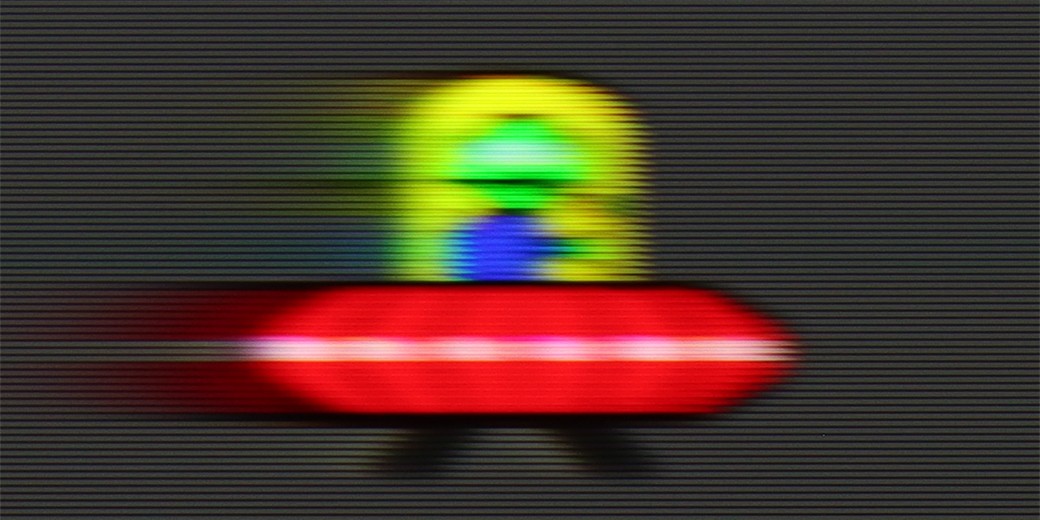
Blur (4K@144Hz):

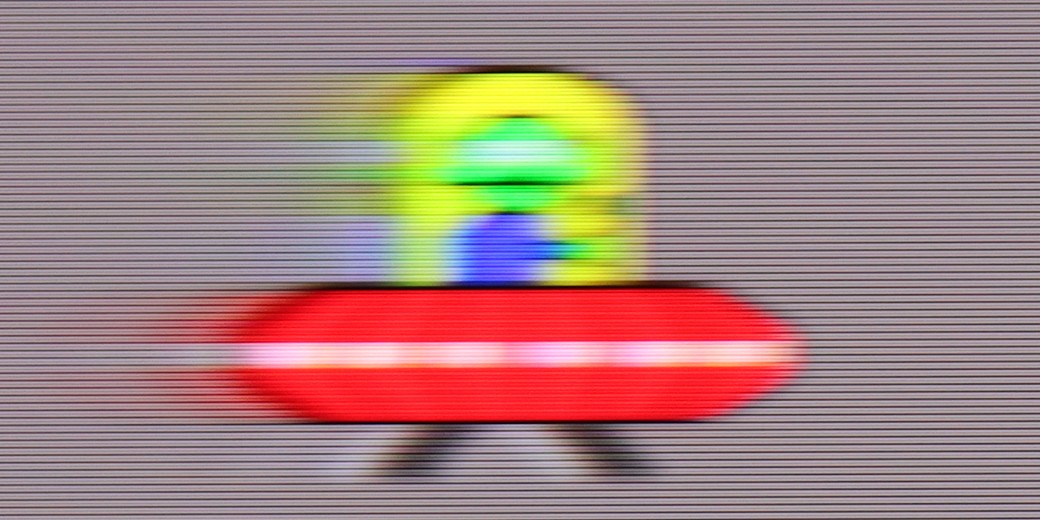
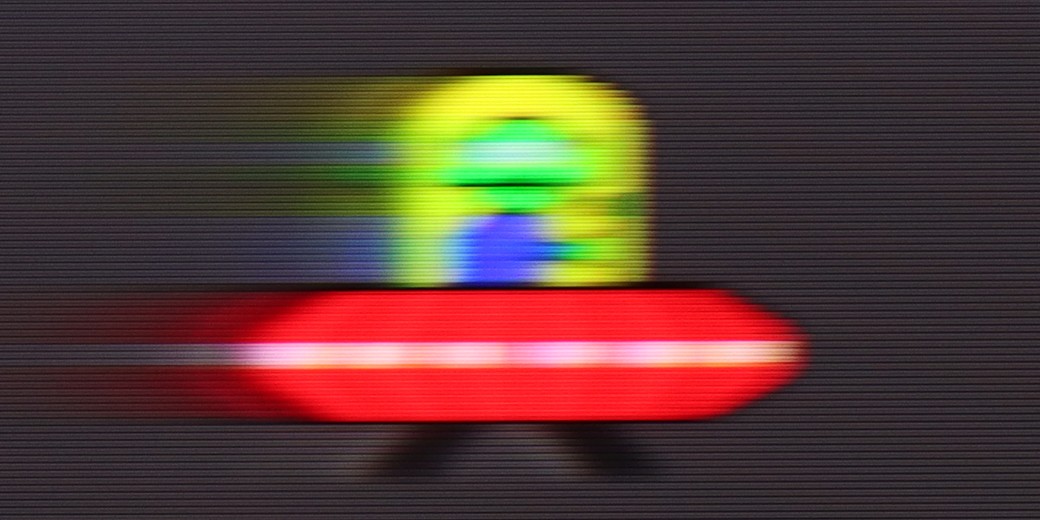
The QN70F is a television with a refresh rate of 144 Hz, which puts it at the forefront in terms of image smoothness. Whether we are watching dynamic sports broadcasts or playing on a console, the picture looks very good. There is no feeling of stuttering, chopping, or the typical "tearing" in fast motion that is common in lower-end models. Samsung also allows you to adjust the smoothness to your own preferences. In the picture clarity settings, we find options such as blur reduction and motion smoothing – each of which can be adjusted independently. This is especially useful when watching content with a lower frame rate and we want to give it a smoother, more cinematic character – or on the contrary, maintain the natural film "feeling" of 24 frames.
At first glance, everything looks good – the Panasonic W85B has a 120 Hz panel and even a 144 Hz mode, so it seems that it should handle smooth motion well. The problem begins when we look into the settings. The options for improving fluidity are supposedly present in the menu, but in practice… they change nothing. No matter what we choose, the image looks the same. On top of that, there's a lack of BFI, which is the black frame insertion mode that helps sharpen motion in many TVs. And suddenly, it turns out that despite having a strong panel, the W85B doesn't give us any real tools to adjust that motion to our needs. It only works well when the source itself operates at a higher frequency – for example, games at 120 Hz. But when it comes to movies or sports, we just have to take what the TV shows us, because there's nothing more we can do about it.
Console compatibility and gaming features
8.2/10
8.5/10
- ALLM
- VRR
- VRR range48 - 144Hz48 - 144Hz
- Dolby Vision Game Mode
- Correct implementation of HGIG
- 1080p@120Hz
- 1440p@120Hz
- 4K@120Hz
- Game bar
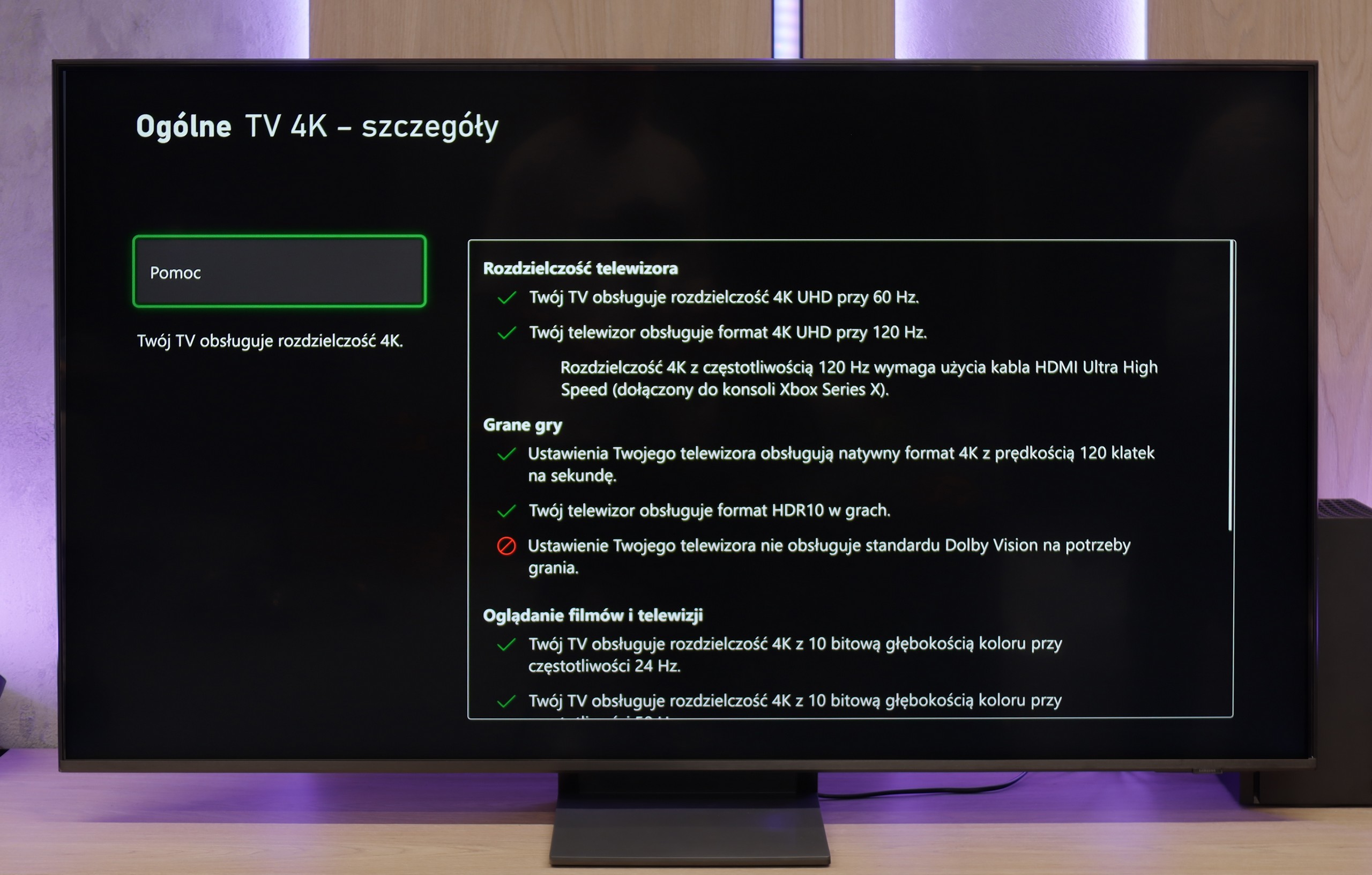
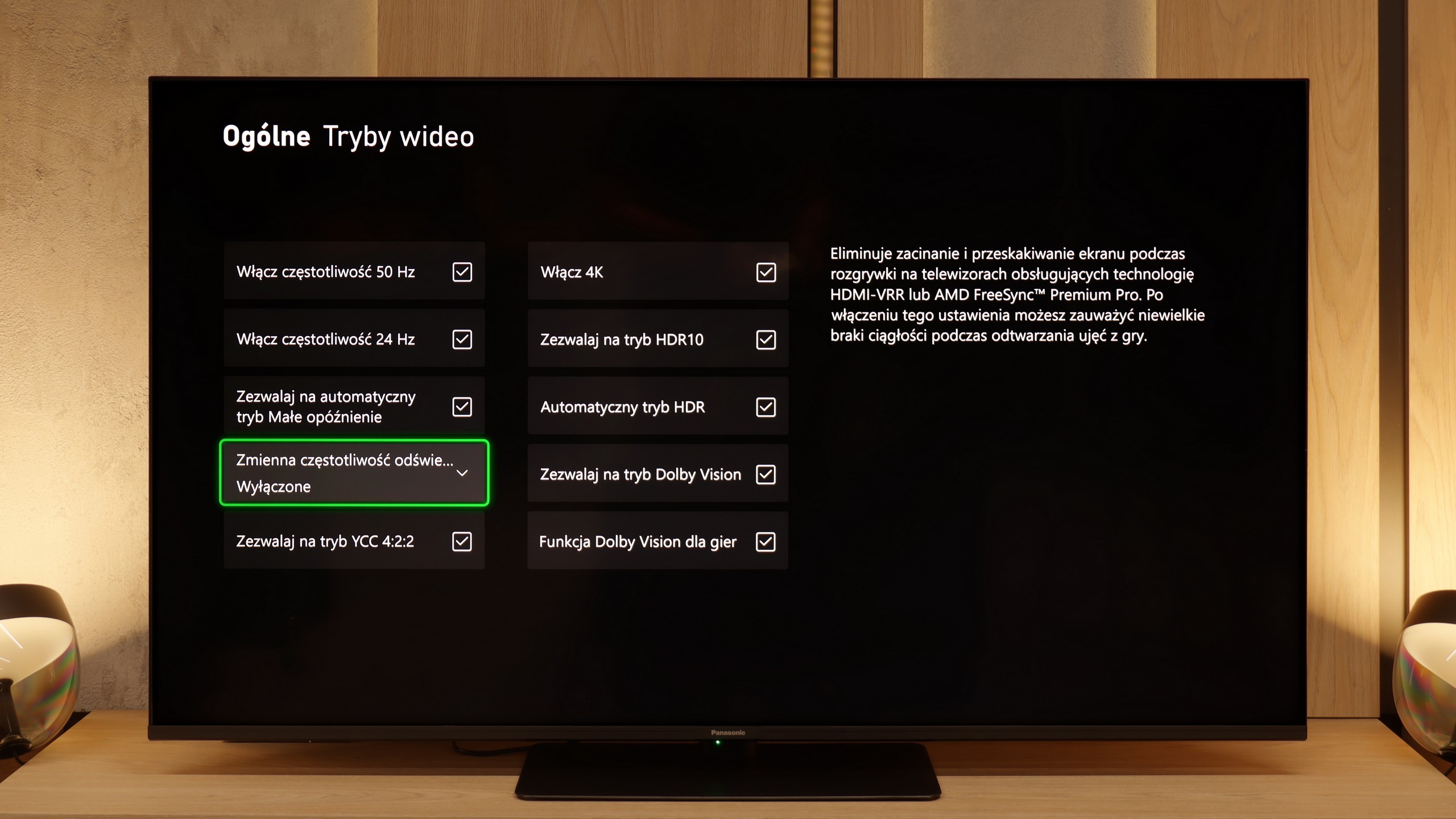
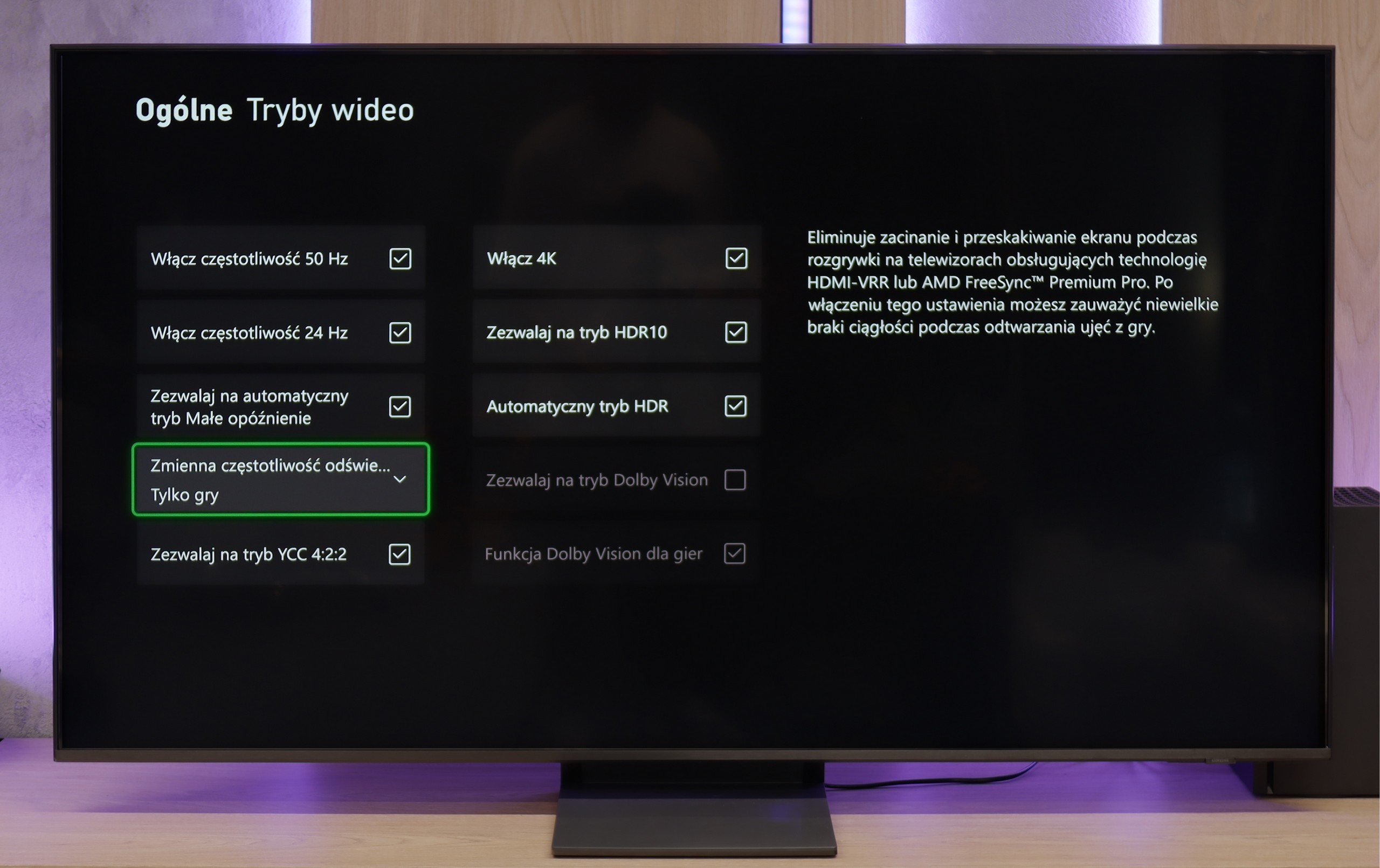
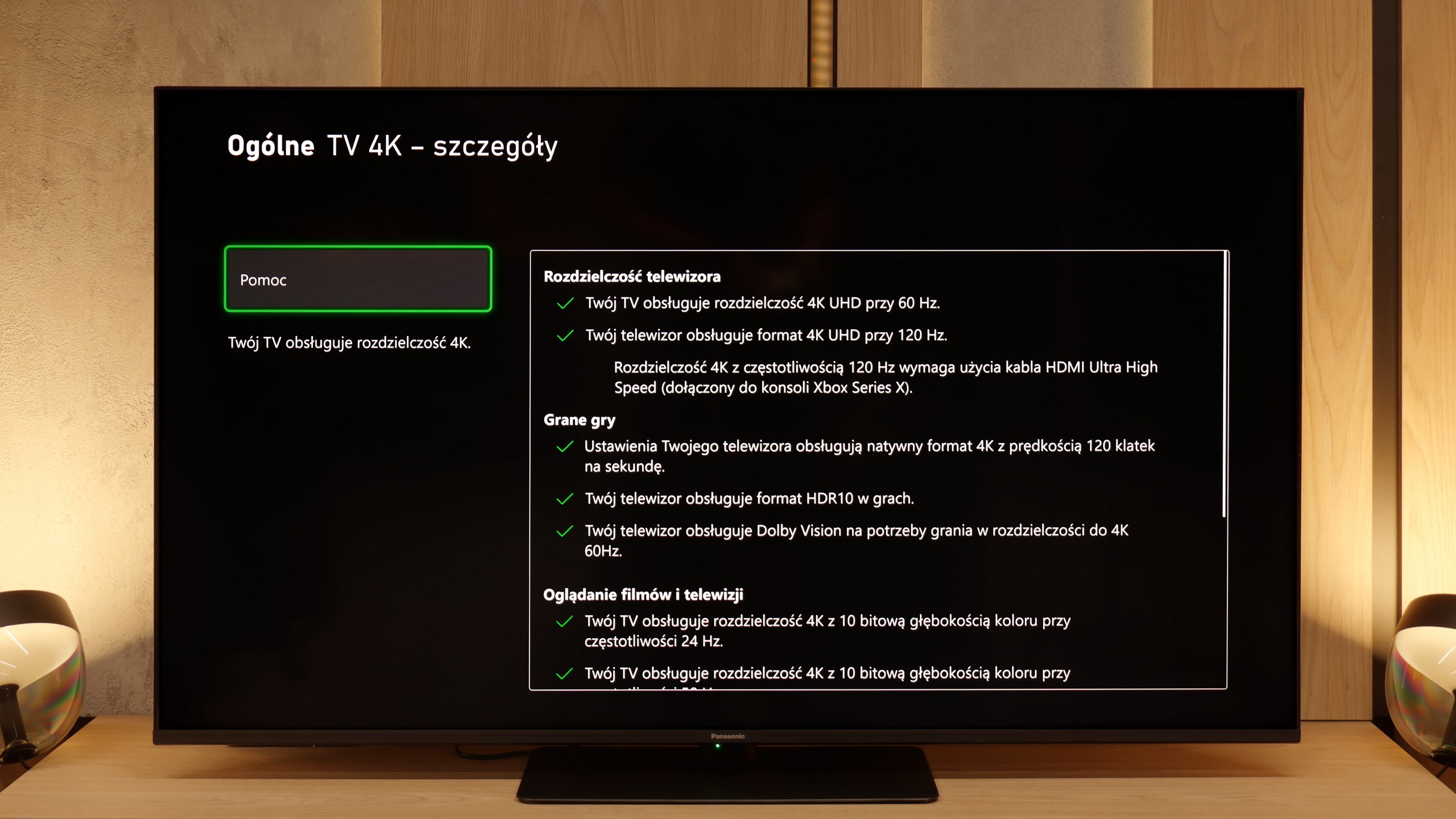
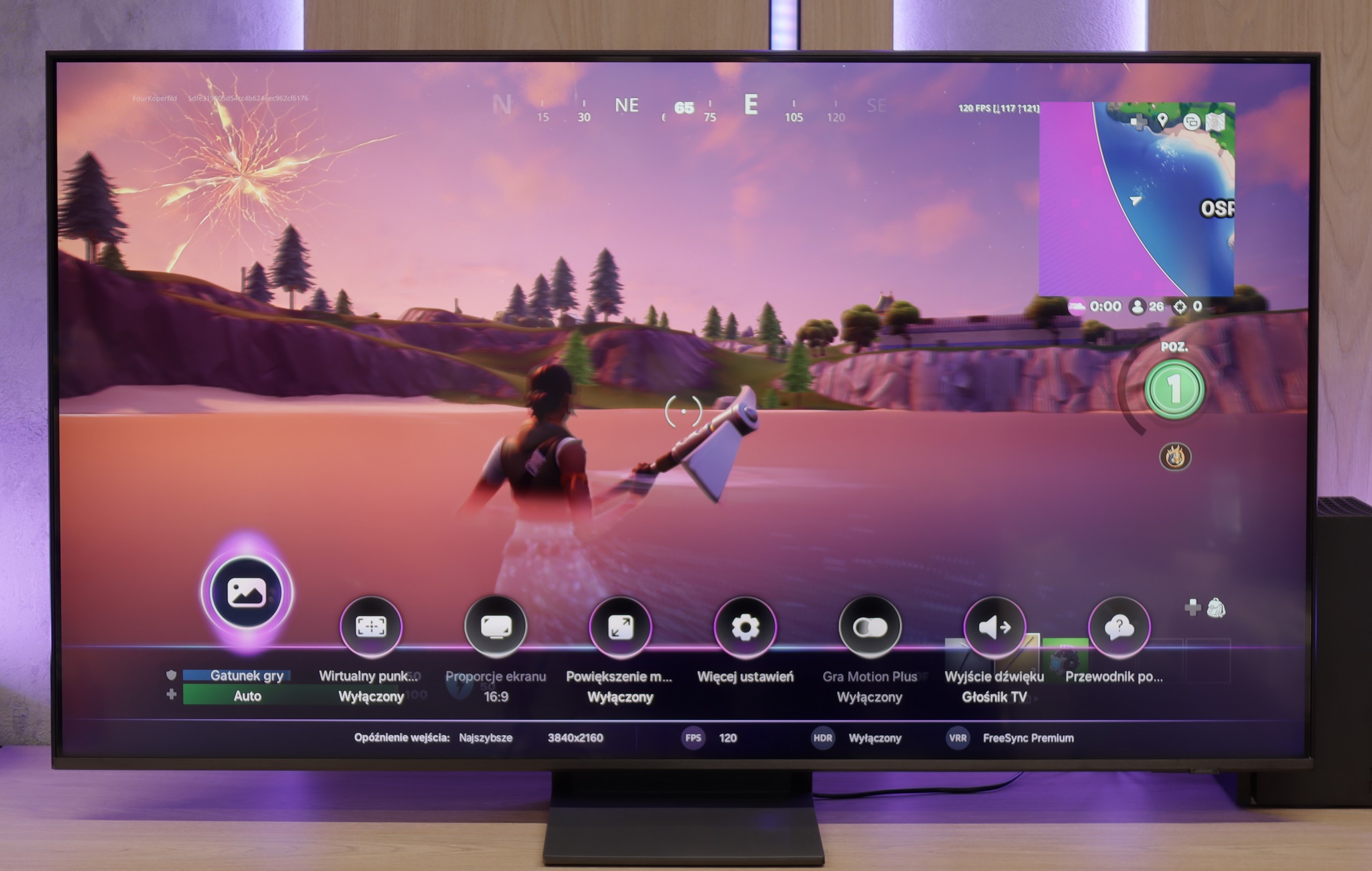
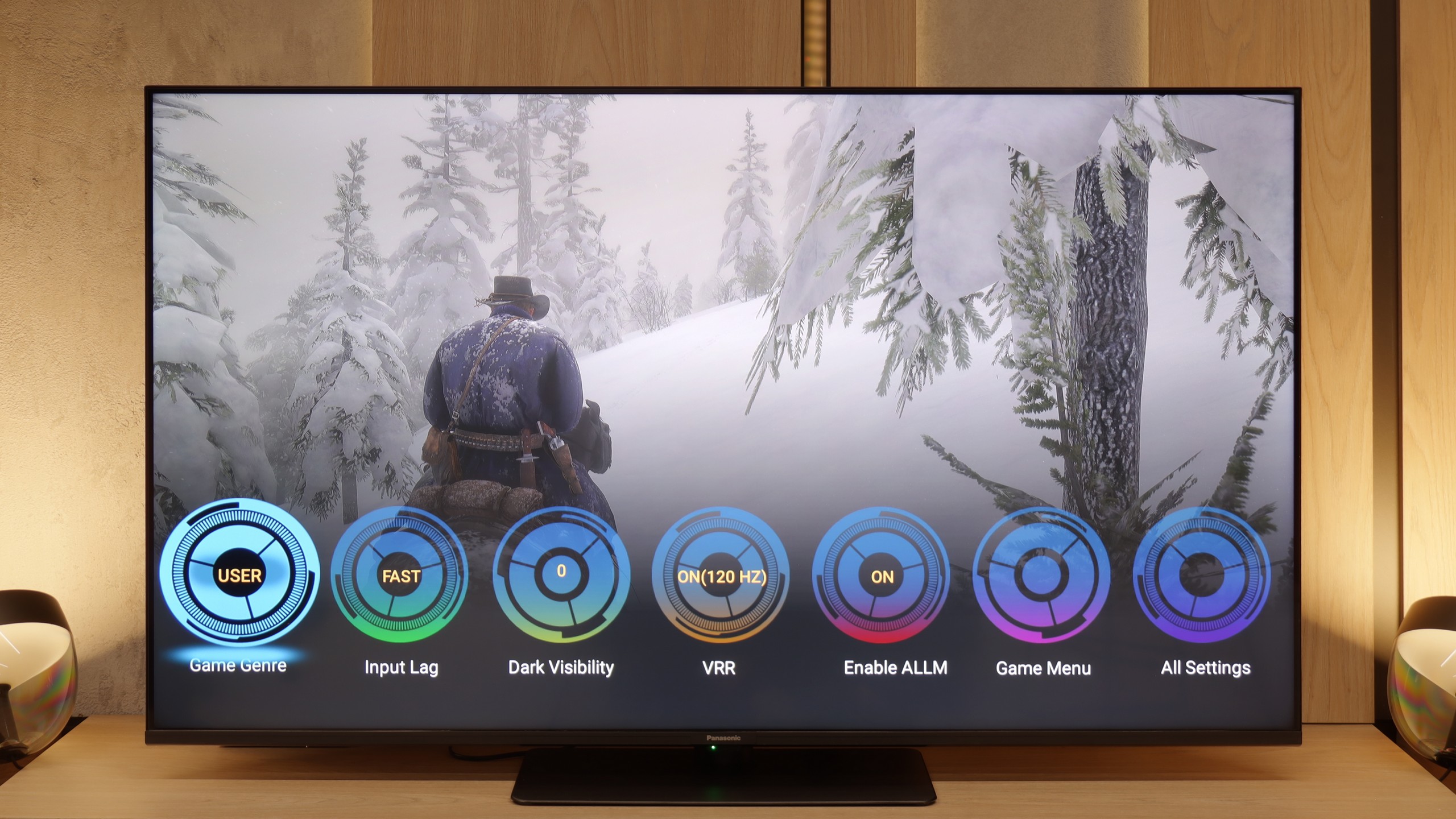
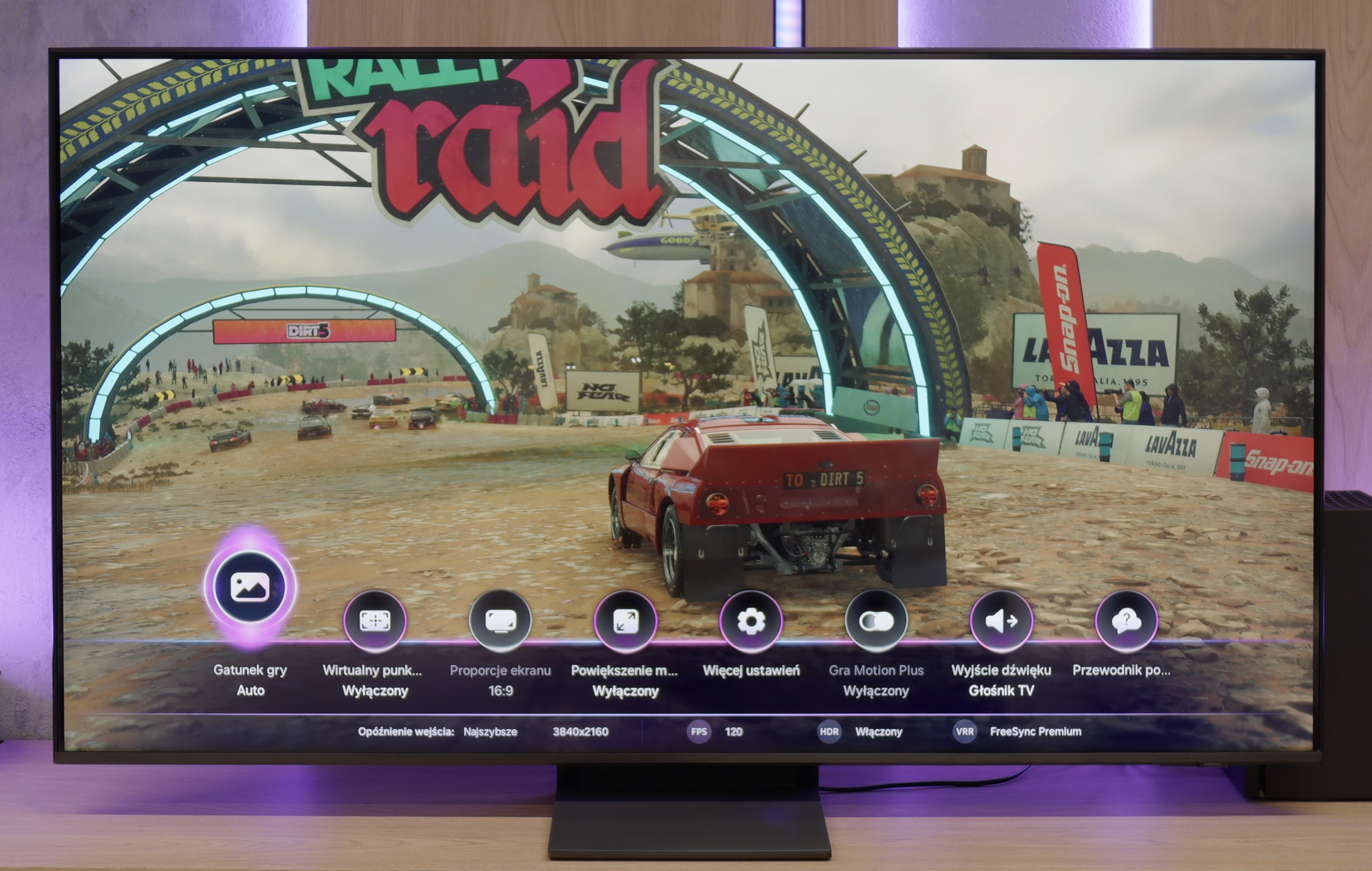
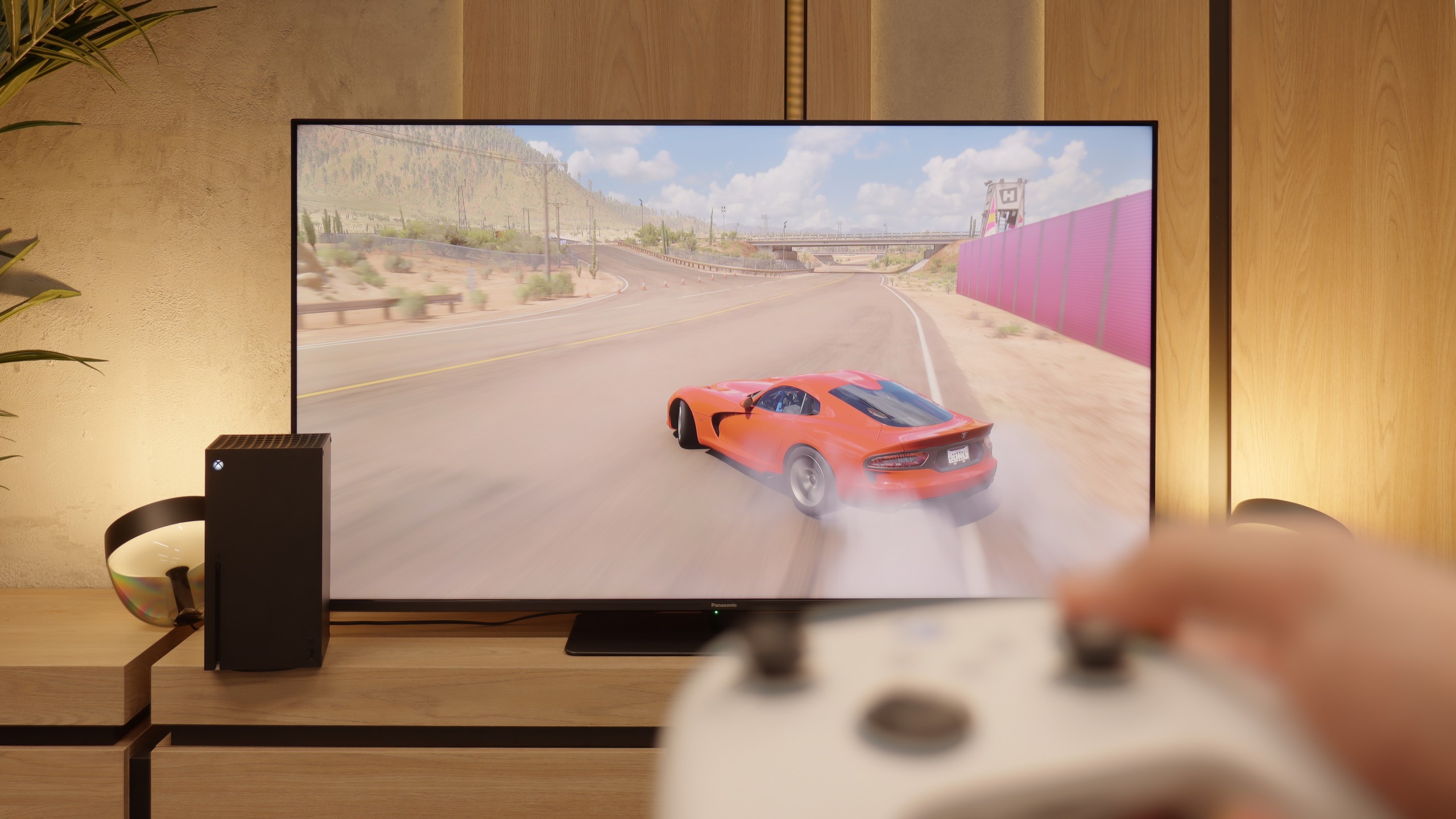
Samsung QN70F is truly a solid choice for gamers. Here we have as many as four HDMI 2.1 ports with full bandwidth of 48 Gbps, which means full support for gaming in 4K at 144 Hz refresh rate. In addition, we have all the basic features we expect today: auto low latency mode (ALLM), variable refresh rate (VRR), and a very well-designed, intuitive Game Bar with information about the mode, resolution, and frame count.
It's also worth highlighting the Game Motion Plus feature, which allows you to add artificial frames to games running at 60 fps or less. It works surprisingly well and in many titles – especially those where consoles struggle to maintain a stable framerate – it improves gameplay smoothness without significant lag.
Unfortunately, there are also some drawbacks. The lack of support for Dolby Vision mode is not surprising – it's a standard for Samsung. But the much bigger disappointment is the absence of the HGiG feature. What's worse, it was removed in a software update, leaving users who previously used it quite shocked. Without HGiG, you can't manually set the maximum HDR brightness from the console, which results in some games looking slightly washed out – especially if the TV misinterprets the tonal range. Why did Samsung, a brand that has set standards in gaming features for years, decide to take such a step? It's hard to say. At the time of writing this review, the tested TV was running on software version 1110 – and frankly, if you care about full support for gamers, it's better to temporarily hold off on updates.
On paper, the Panasonic W85B looks really solid. Here we have two full HDMI 2.1 ports, support for ALLM, variable refresh rate, Dolby Vision in games, and of course, a high refresh rate for the panel itself. Additionally, there’s the characteristic Panasonic game bar that allows you to check key parameters with one click and quickly change them if necessary. Sounds great, but the problem arises when we activate HDR. Here, the W85B significantly falters because it lacks proper HGiG implementation – the TV manages brightness poorly, and instead of faithful image rendering, we get scenes that are too bright, sometimes even blown out. The solution? The simplest – turn off HDR in the console settings and leave everything in SDR. And here it gets really interesting, because in this scenario, the W85B shows its better side. Low input lag, high smoothness thanks to 120 Hz – all of this makes gaming look phenomenal. Yes, HDR can be sacrificed, but if responsiveness and smooth gameplay are priorities, the W85B provides a lot of fun.
Input lag
10/10
9.8/10
SDR
HDR
Dolby Vision
QN70F does not disappoint in terms of response time either. For 120 Hz materials, input lag stays around 8 ms, which can be considered a very good result – especially in the context of online competition or fast-paced action games. The screen responds to controller movements almost instantly, without any noticeable delay. This allows for smooth and comfortable gameplay, even in more demanding titles. In this category, Samsung still maintains a high standard, and it’s hard to find anything that could raise concerns.
There is really nothing to be afraid of here. The Panasonic W85B reacts instantly to our movements, and the values measured in tests can easily compete with gaming monitors. With a 120 Hz signal, the input lag is around 8–10 ms, and at 60 Hz it hovers around 17–20 ms. In practice, this means one thing – no delays, no frustration! You press the button, and the action happens right away on the screen.
Compatibility with PC
8.2/10
8.6/10
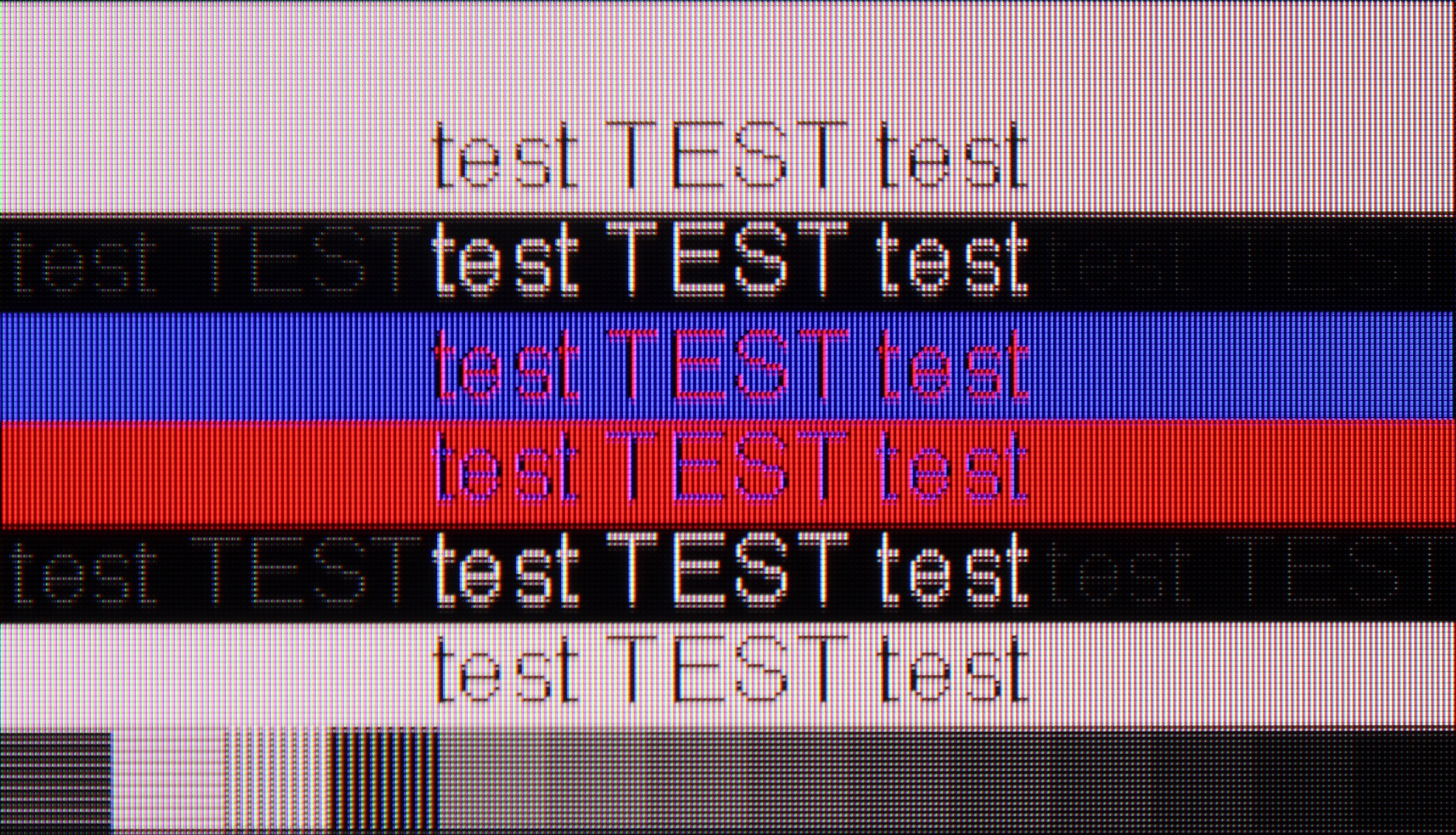
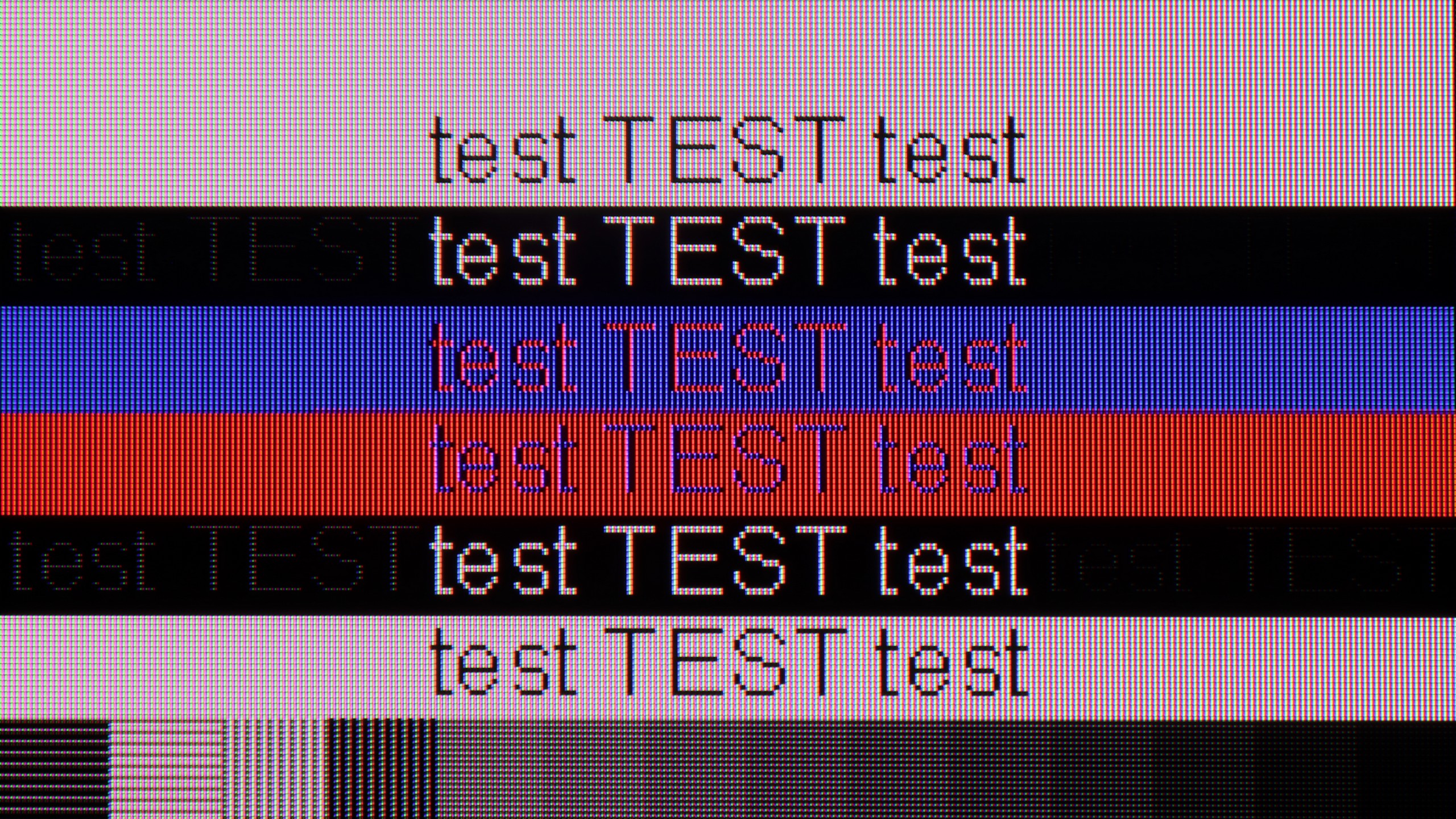
Let's start with the best aspect when it comes to connecting the QN70F to a computer – that is gaming. The 144 Hz refresh rate, support for G-Sync compatible VRR, and very low input lag are the recipe for an almost perfect screen for PC gamers. In this role, the QN70F truly does not disappoint – games look smooth, responsiveness is at a very high level, and everything operates stably.
However, the performance when it comes to text work is somewhat lacking. At a 4K resolution and 144 Hz refresh rate, there is a noticeable lack of sharpness in the text outlines – the text can appear slightly blurred, with a slight "layering" of the outlines. This is not a problem that disqualifies the usability of the QN70F as a monitor, but those planning to do office work or text editing on this screen should keep this in mind.
The Panasonic W85B performs surprisingly well as a computer monitor. It's practically perfect for office work – the fonts are sharp and very readable thanks to full chroma 4:4:4 support, so it's easy to type, browse the web, or work on spreadsheets. But the real "fun" starts with gaming. The TV easily handles refresh rates up to 144 Hz for PC, and it also supports popular image synchronization technologies like NVIDIA G-Sync and AMD FreeSync. Because of this, we don't have to worry about screen tearing or micro-stutters – the gameplay is smooth and simply looks great.
Viewing angles
3.1/10
3.2/10
As for the VA panel, the viewing angles on the QN70F are typical – meaning rather average. The image quickly loses contrast and saturation when we start looking at the screen from a sharper angle. Compared to IPS panels, it's definitely weaker. On the other hand – it is precisely because of this panel that we gain better black levels and higher contrast when viewing straight on, which for many users will be more important than wide visibility from the sides.
Here you can see the biggest price we pay for the high quality of the VA matrix contrast. The W85B, like most TVs with this type of panel, does not perform well when viewing from a greater angle. Colors lose intensity and the image begins to fade as soon as we move away from the screen's axis. This is not a flaw of Panasonic itself, but rather a feature of VA technology – great contrast in exchange for weaker viewing angles. So if you plan to watch movies with a larger group and often sit "to the side," keep this in mind.
Daytime performance
6.3/10
4.2/10
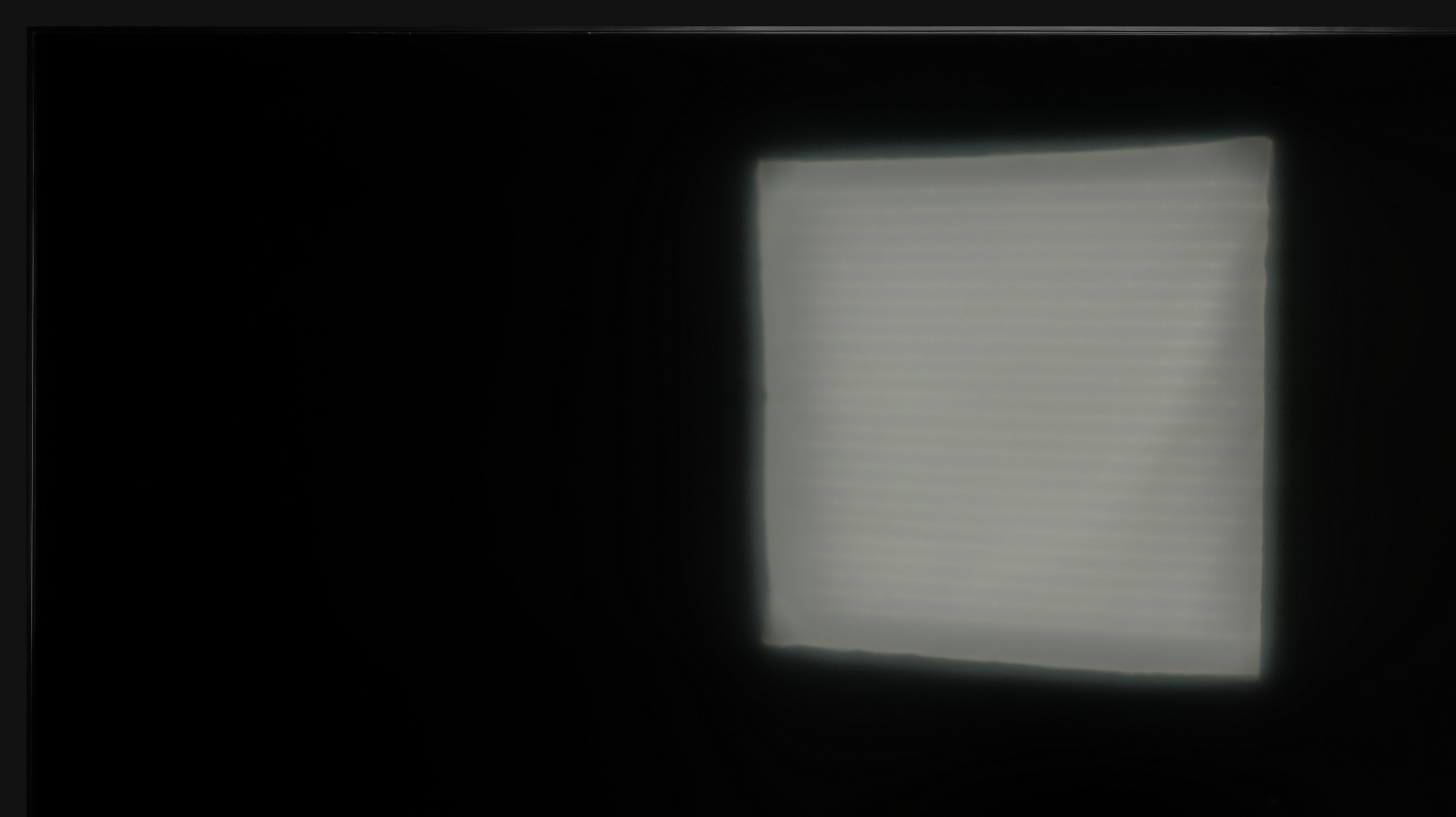
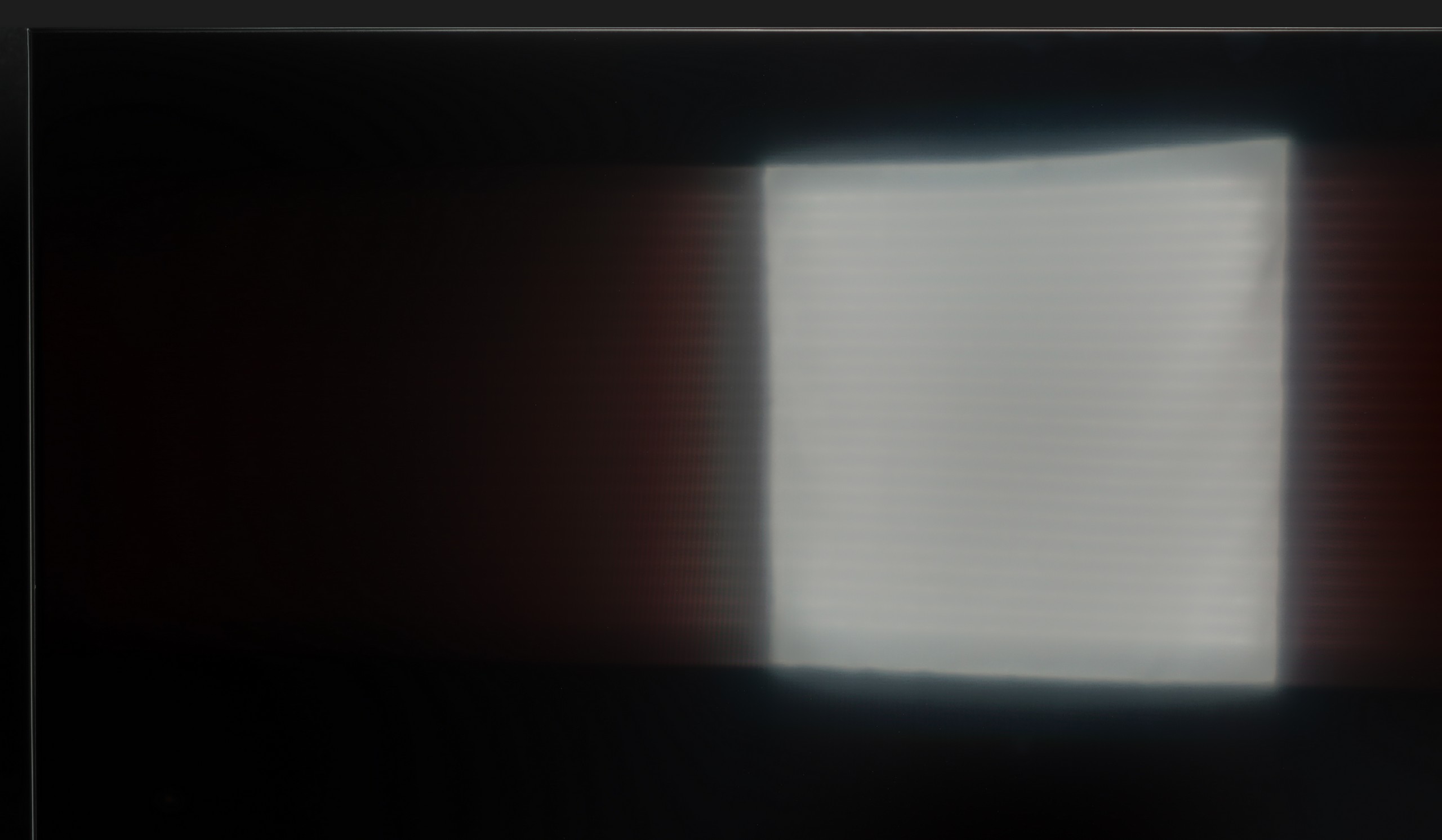

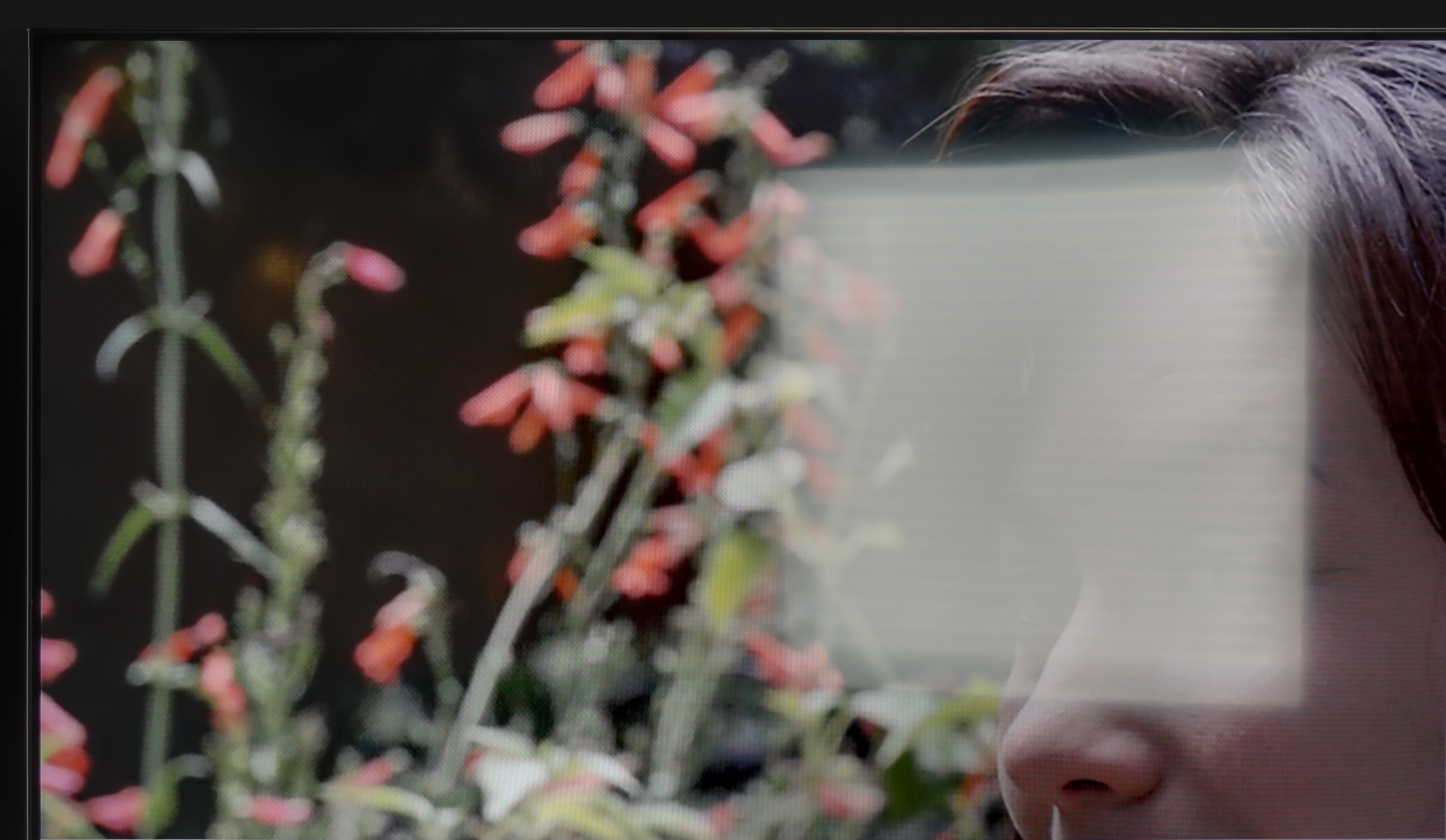
Panel brightness
Average luminance SDR
Panasonic W85: 263 cd/m2
Samsung Neo QLED QN70F / QN74F / QN77F: 492 cd/m2
The QN70F handles a bright living room without any problems. The screen has a satin finish that effectively reduces reflections, so there's no need to immediately draw the curtains to see something. Even when there’s a lot of light in the room – for example, near a window on the side – the image still looks sharp and colorful. Brightness is also at a solid level. In SDR mode, the television averages around 500 nits, which is more than enough for daytime viewing. It may not be at the level of top models, but in practice – for everyday watching of TV, sports, or YouTube – it performs very well.
The Panasonic W85B has a satin finish panel that handles glare reduction and color retention quite well, even in bright light coming from windows or lamps. There is no "mirror" effect here, so watching television in a typical living room during the day is comfortable. However, the problem arises when we encounter really bright rooms – the TV does not have high brightness, so it won't cut through very strong sunlight. It's simply a screen that performs best in controlled conditions.
Panel details
Subpixel Structure:
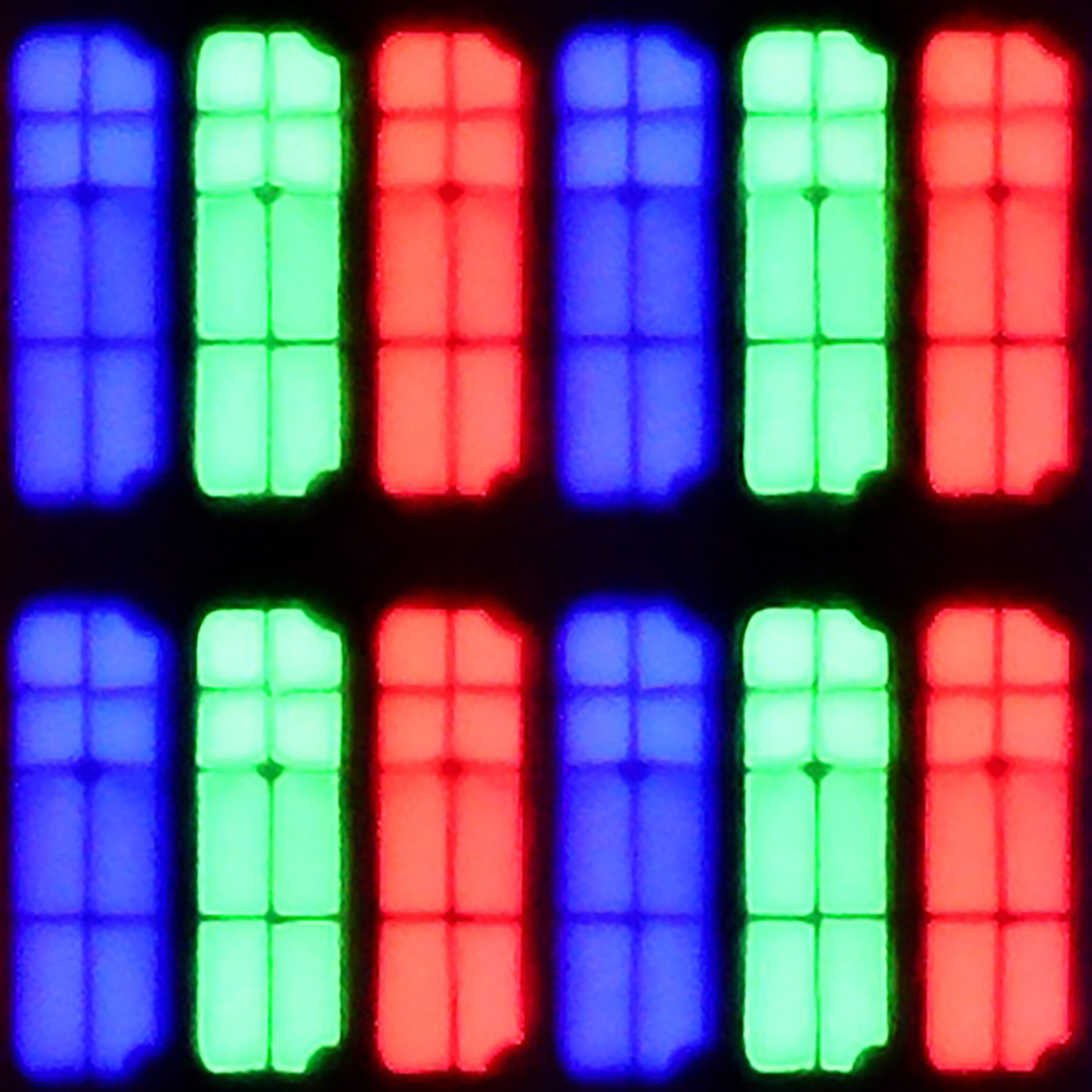
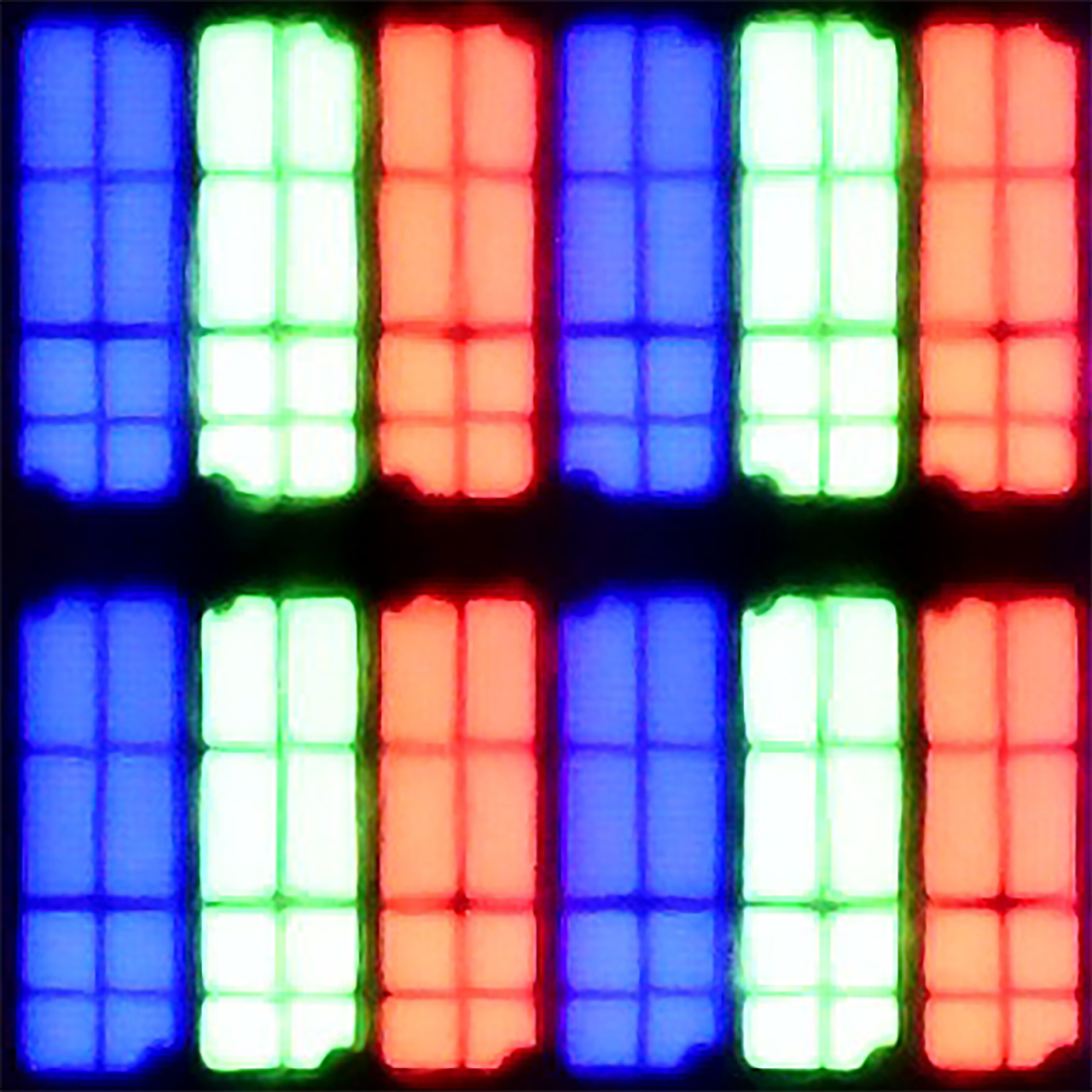
Panel uniformity and thermal imaging:
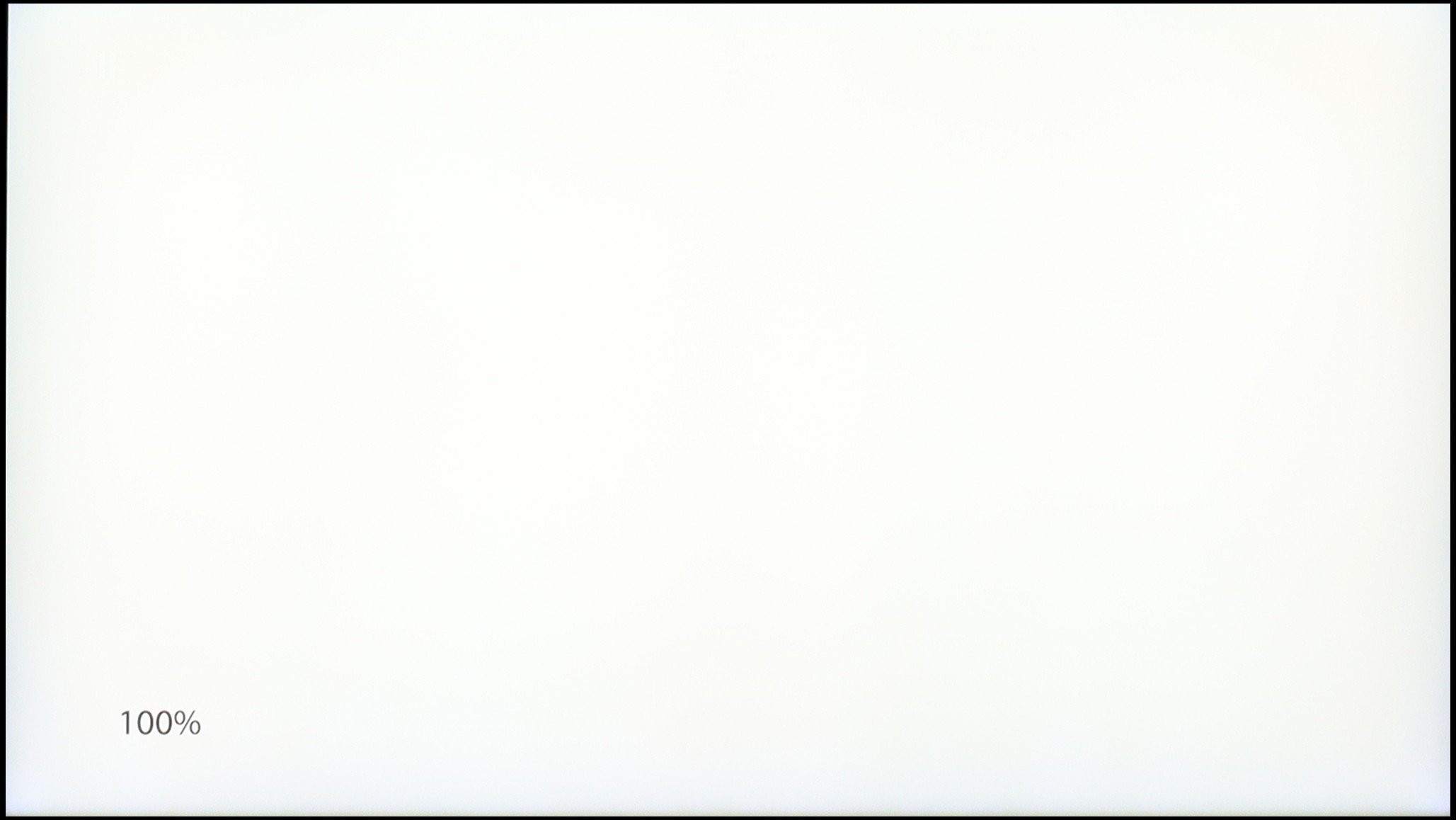
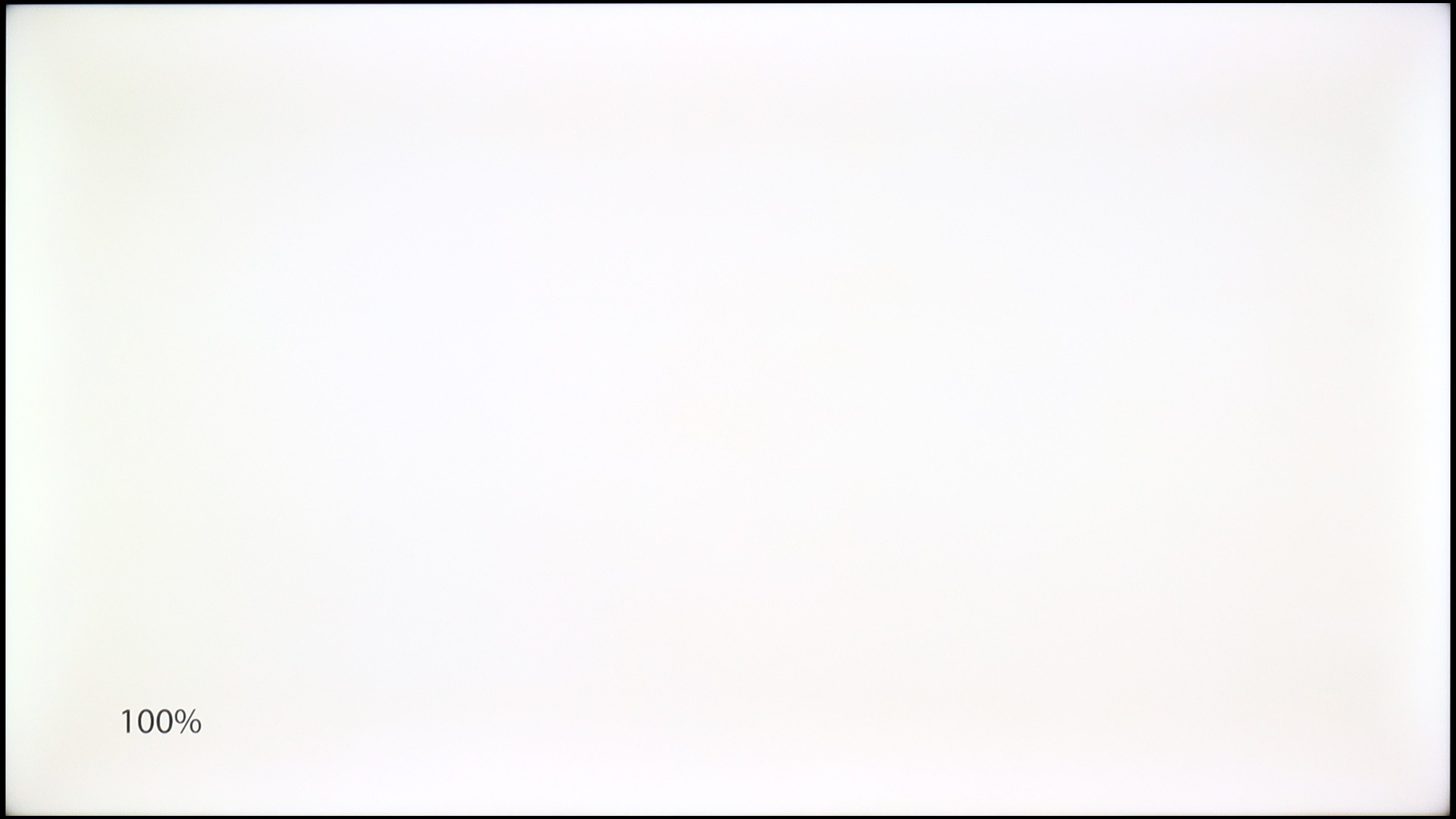
Samsung Neo QLED QN70F / QN74F / QN77F
Panasonic W85
TV features
7.2/10
6.8/10
- HDMI inputs0 x HDMI 2.0, 4 x HDMI 2.1 48Gbps1 x HDMI 2.0, 2 x HDMI 2.1 48Gbps
- OutputsToslink (Optical audio), eARC (HDMI), ARC (HDMI)Toslink (Optical audio), eARC (HDMI), ARC (HDMI), Mini-Jack (Headphones)
- Network InterfacesWi-Fi 2.4GHz, Wi-Fi 5GHz, Ethernet (LAN) 100MbpsWi-Fi 2.4GHz, Wi-Fi 5GHz, Ethernet (LAN) 100Mbps
- TV receptionDVB-T, DVB-T2, DVB-S, DVB-S2, DVB-CDVB-T, DVB-T2, DVB-S, DVB-S2
Classic features:
- Recording to USB (terrestrial TV)
- Recording programming
- Picture in Picture (PiP)
- RF remote control (no need to aim at the screen)
- Backlit remote control
- Teletext
- Audio only mode
- Bluetooth headphones support
- Simultaneous Bluetooth headphones & TV audio
Smart features:
- AirPlay
- Screen mirroring (Windows Miracast)
- Voice search
- Voice search in native language
- Ability to connect a keyboard and mouse
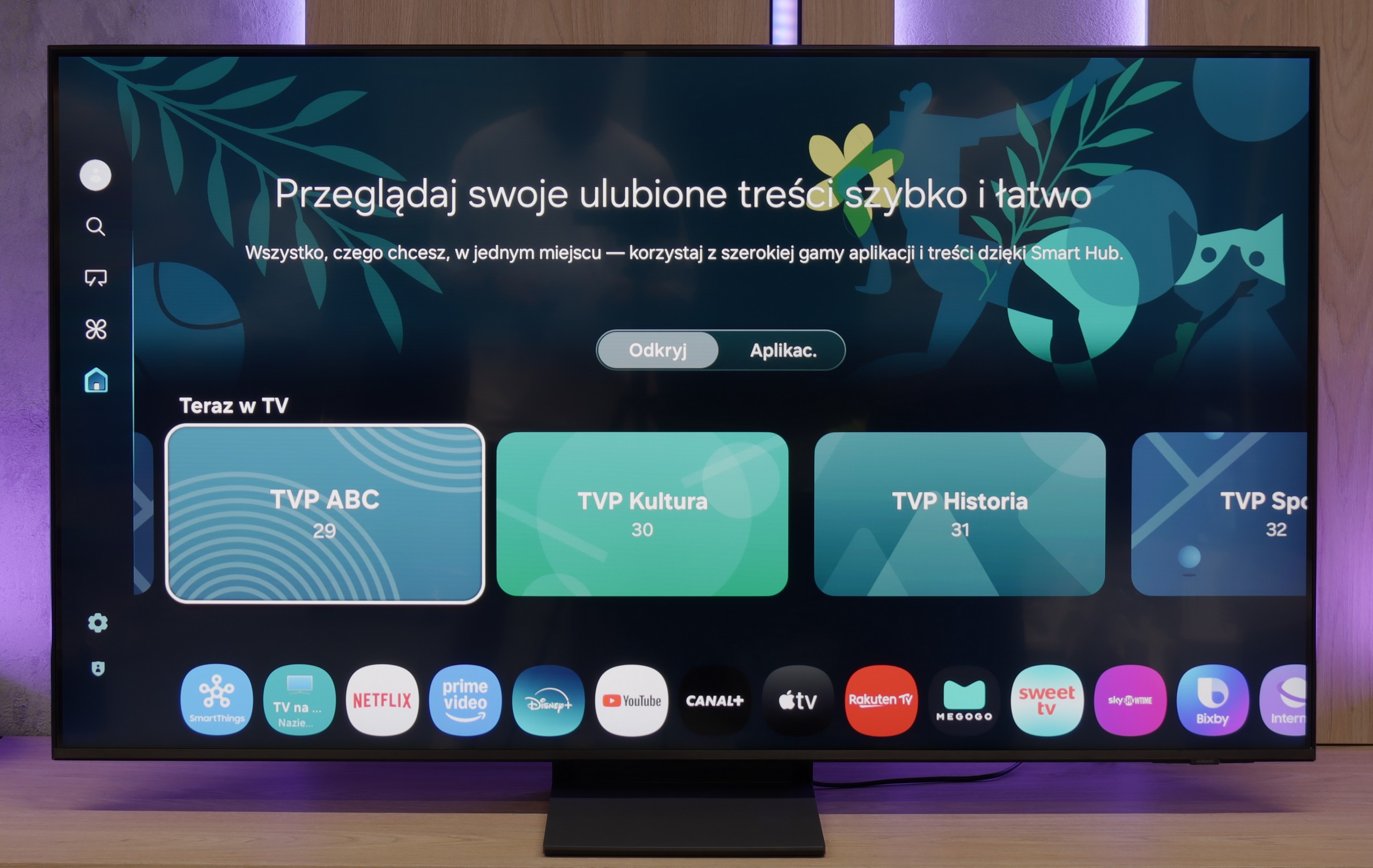
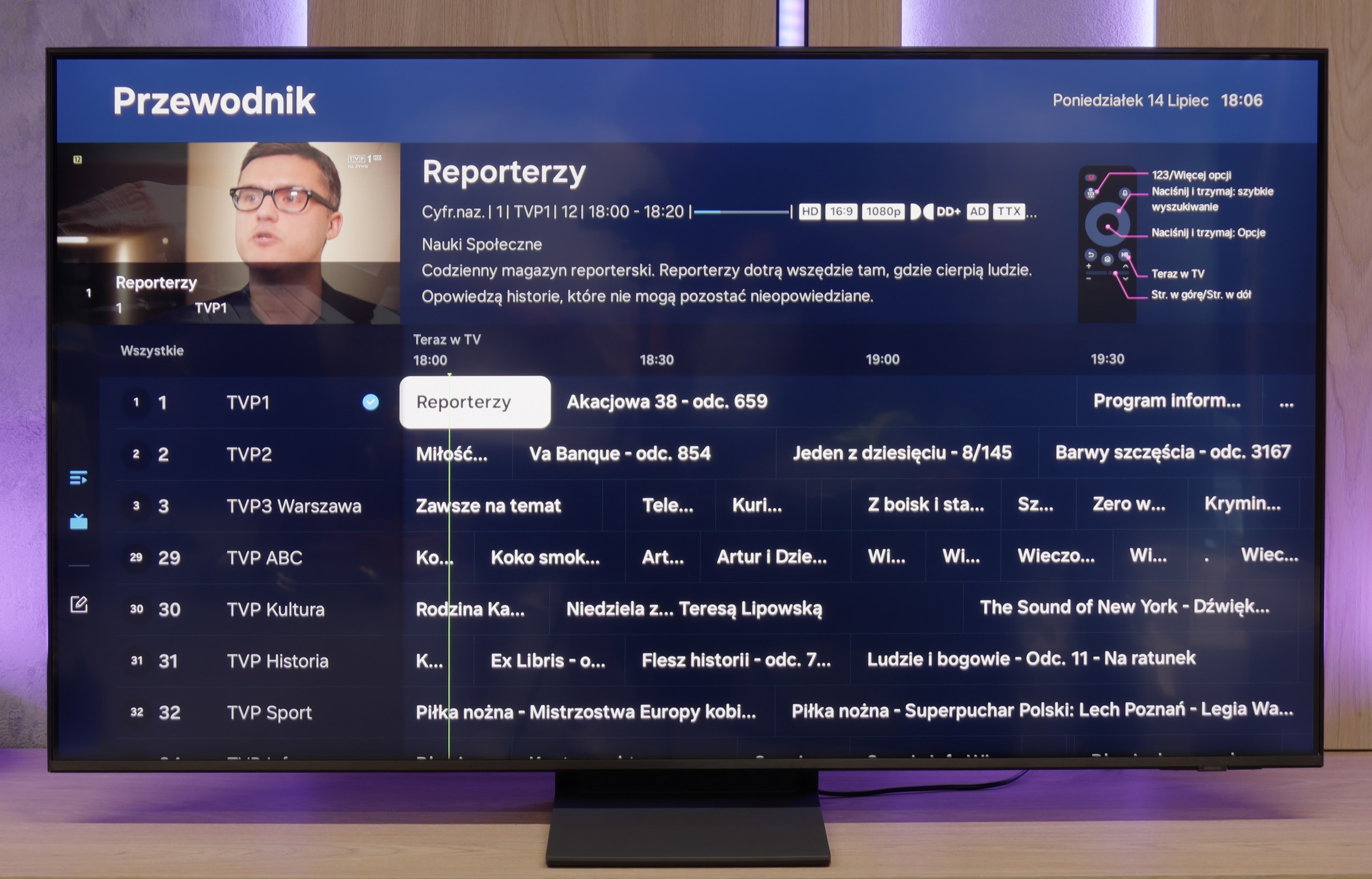
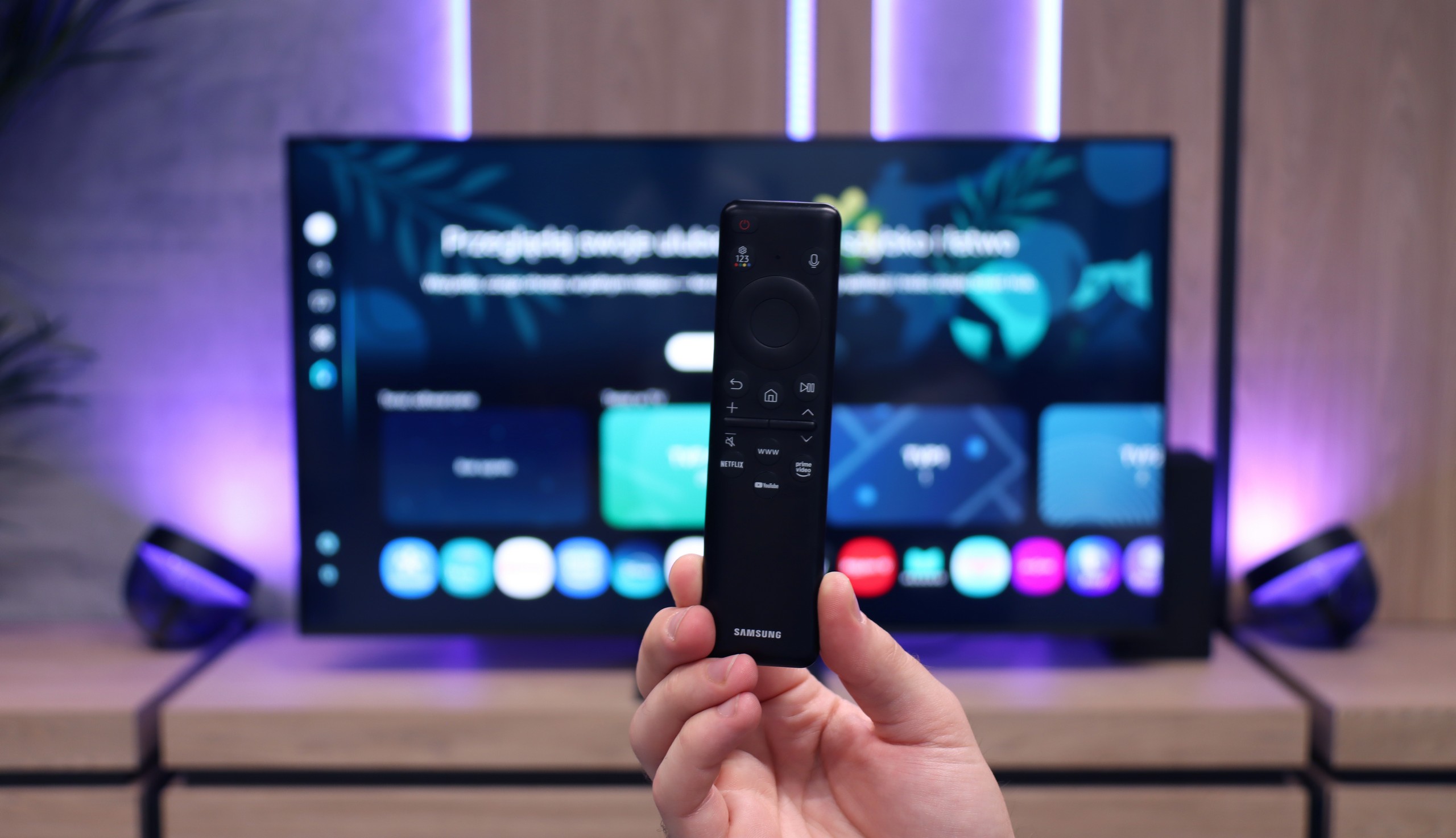
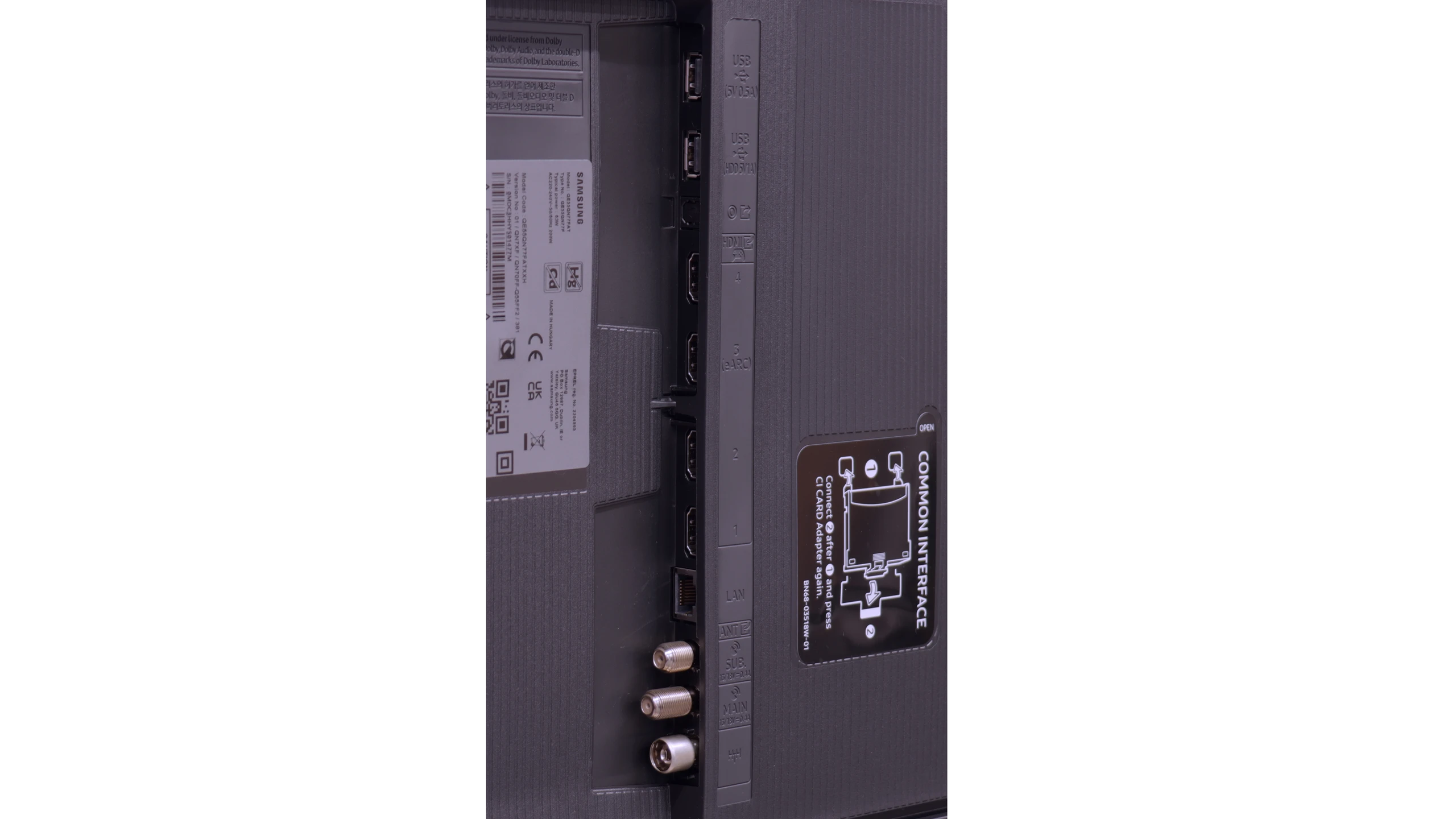
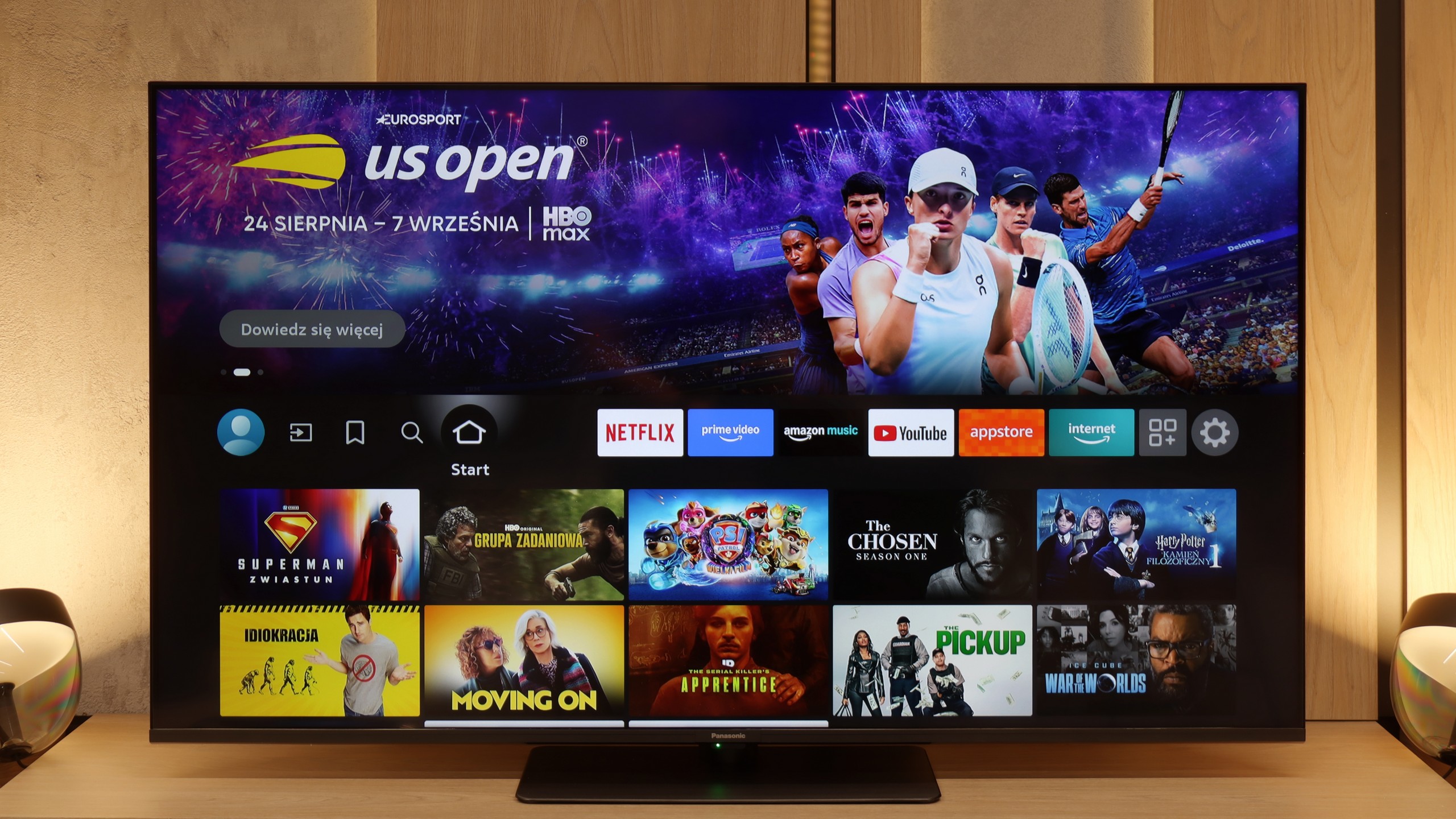
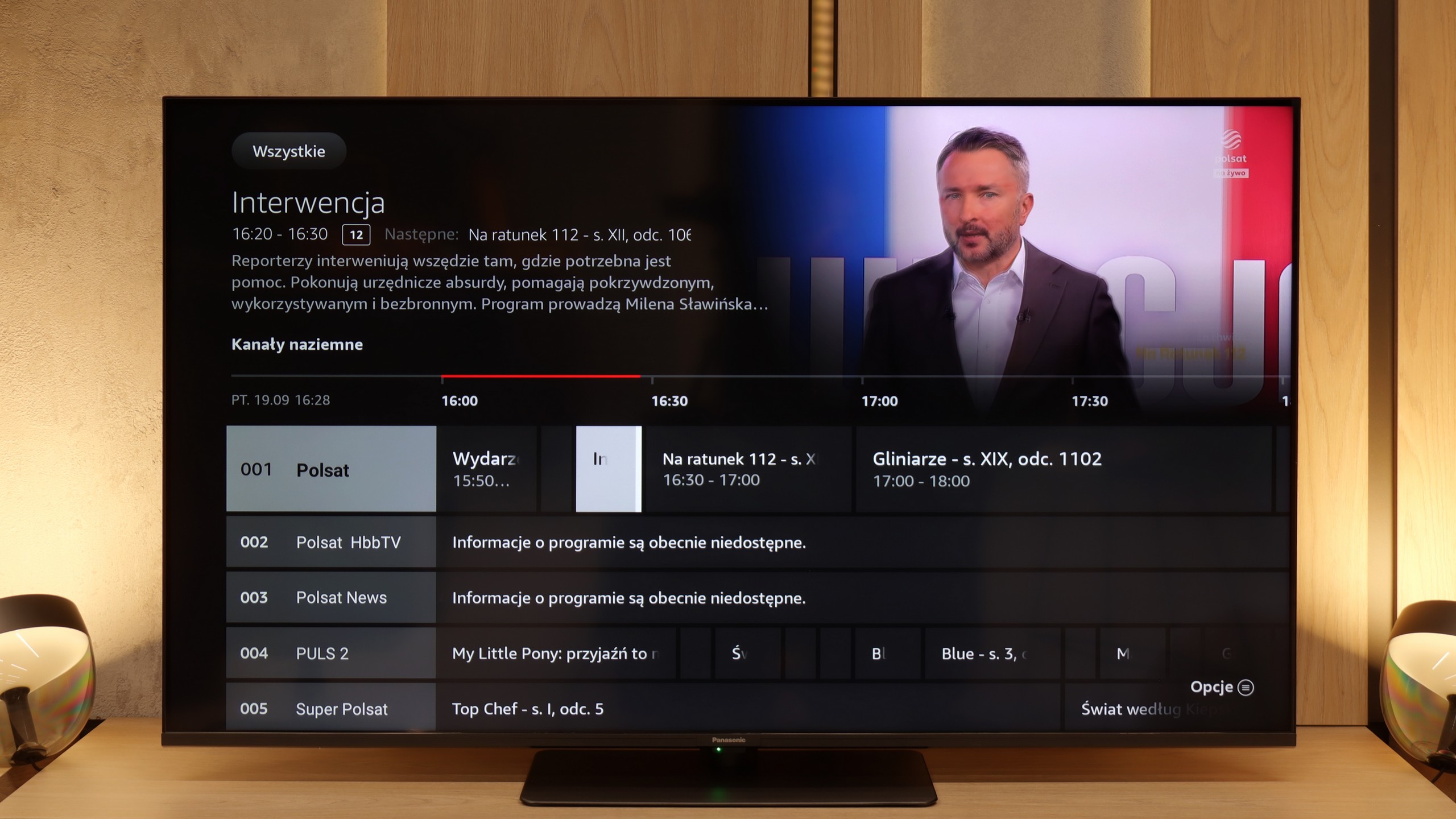
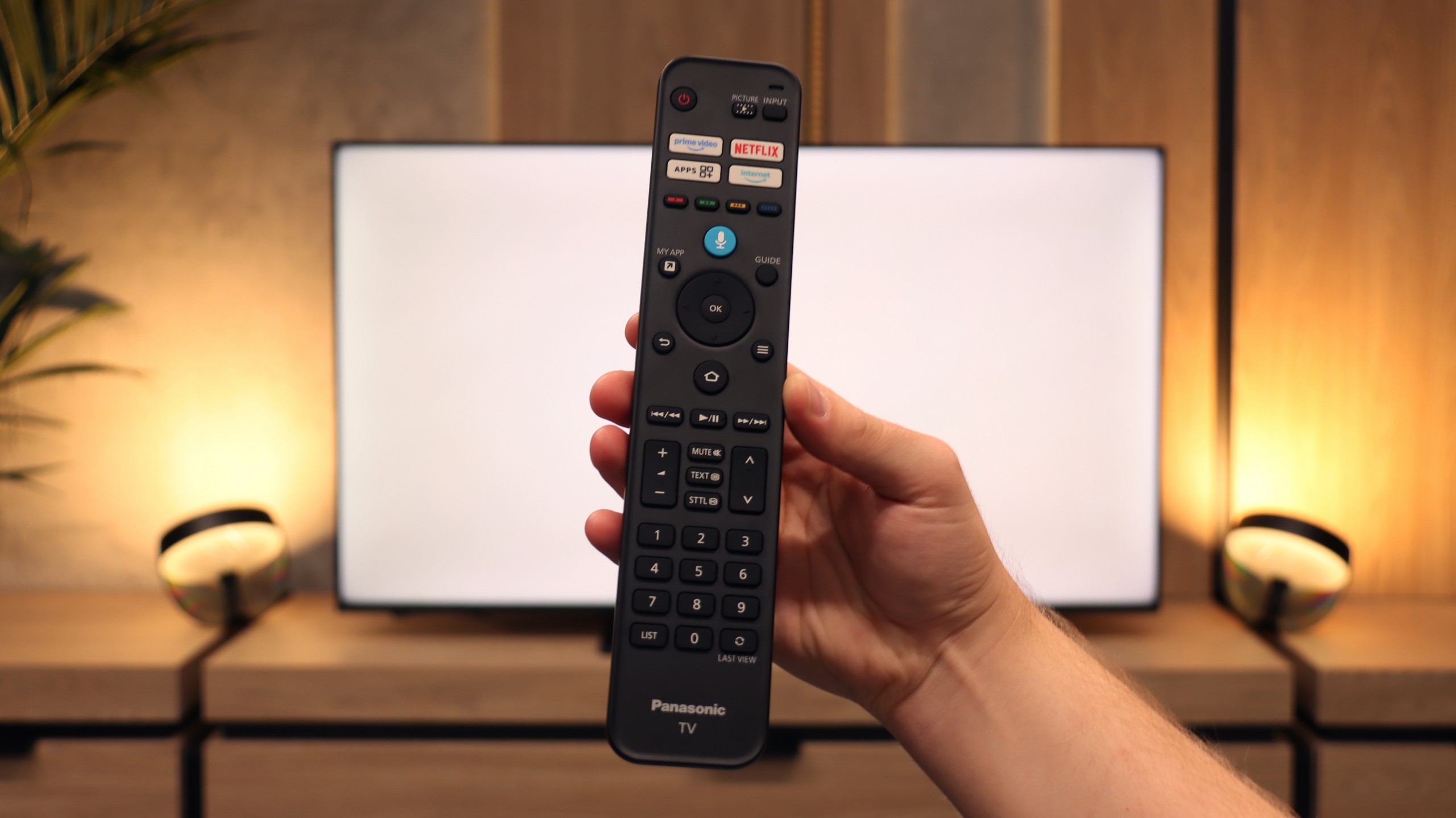
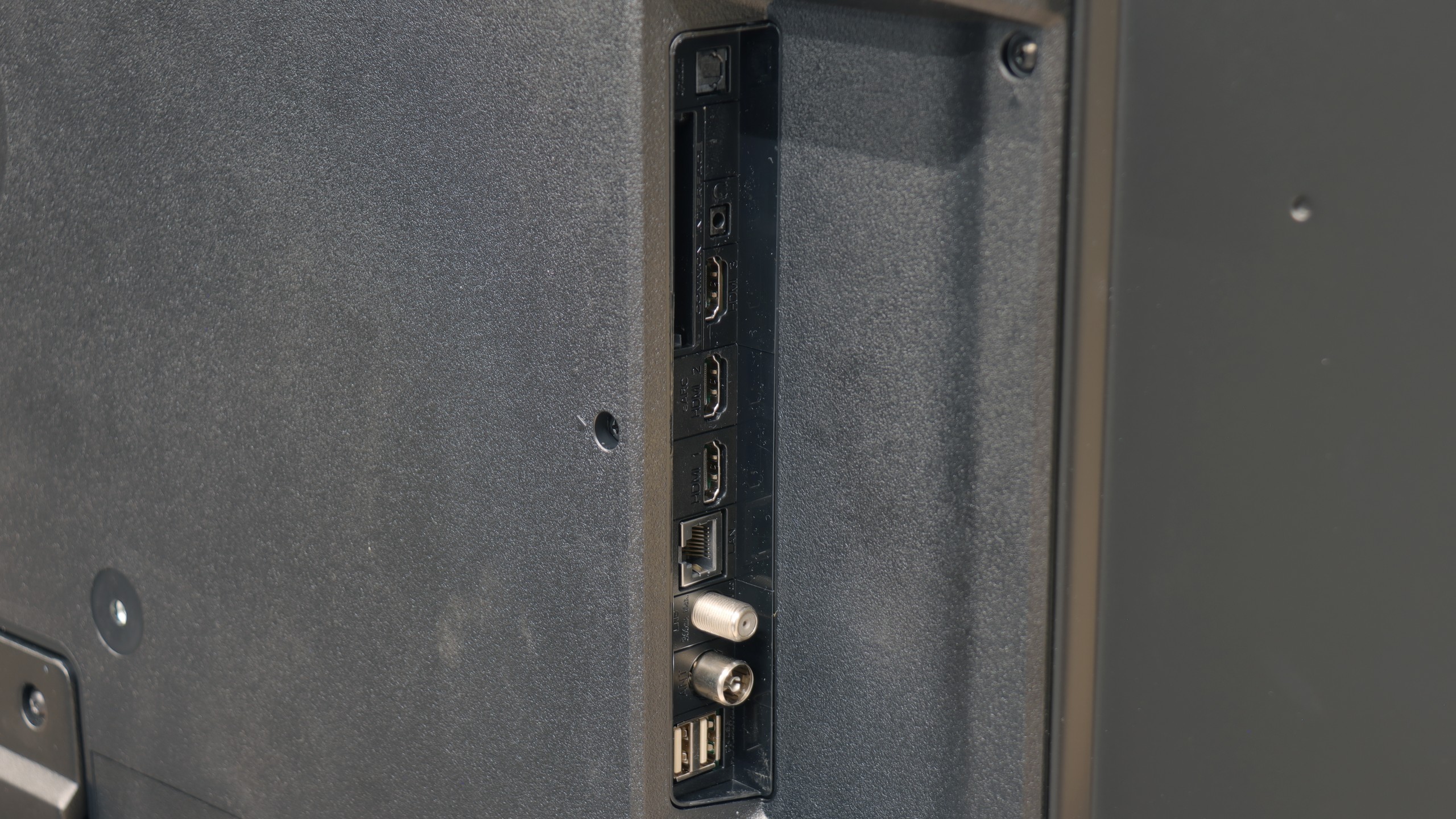
TV Features
The QN70F does not forget about classic features that still matter to many users. On board, we find, among other things, picture-in-picture mode (PiP), enabled by the presence of two tuners, teletext, and "Audio Only" mode – ideal if we want to use the TV like a radio. We can effortlessly pair it with headphones or a soundbar via Bluetooth, and the remote – despite the lack of a numeric keypad – works reliably, allowing control of other devices and additionally does not require us to aim at the screen. However, it should be noted that, as with all new Samsung models, we will not find USB recording functionality here. This is a system limitation that the brand consistently adheres to.
Smart TV QN70F – Tizen
The Tizen system, developed by Samsung for years, is one of the most refined Smart TV interfaces. It is fast, clear, and feature-rich. The QN70F supports voice search (also in Polish), wireless screen sharing from a phone (both via AirPlay and Miracast), as well as integration with watches and other devices in the Samsung ecosystem. All of this is connected by the SmartThings app, which allows controlling devices, automating tasks, and connecting devices on one network. (Not only Samsung brand). However, it is not perfect. Tizen is a closed system, so the selection of applications can be somewhat limited – especially compared to Google TV. All the major streaming services are in place, but if you use less popular services, it's worth checking before purchase whether they are available in the Samsung store.
SmartTV: FireTV
The W85B runs on the Fire TV system and it must be admitted – this is a significant step forward compared to Panasonic's previous proprietary solutions. Here we have support for AirPlay, screen mirroring, and even voice control through Alexa. It sounds modern and in practice it actually offers quite a few possibilities. The problem is that in Europe, Fire TV still looks a bit like a "guest with luggage." It works decently, but there are occasional micro-stutters, the interface doesn’t always respond as smoothly as we would like, and you may encounter awkward translations in the menu. It’s not yet on the level of the major players like Google TV or even Tizen, but it is still an improvement over what Panasonic had before. However, the worst part of it all is that the Fire TV app library is quite modest and that is its biggest drawback.
Classic TV Features
In terms of classic television functionalities, it's quite good – we have a classic remote control with a full numeric keypad, a clear EPG guide, and the ability to record programs from the built-in tuner to an external USB drive (e.g., a flash drive). A downside is the lack of options to schedule recordings in advance – you can record "here and now," but you can't set recordings for later.
Playing files from USB
9/10
3.1/10
Supported photo formats:
Maximum photo resolution:
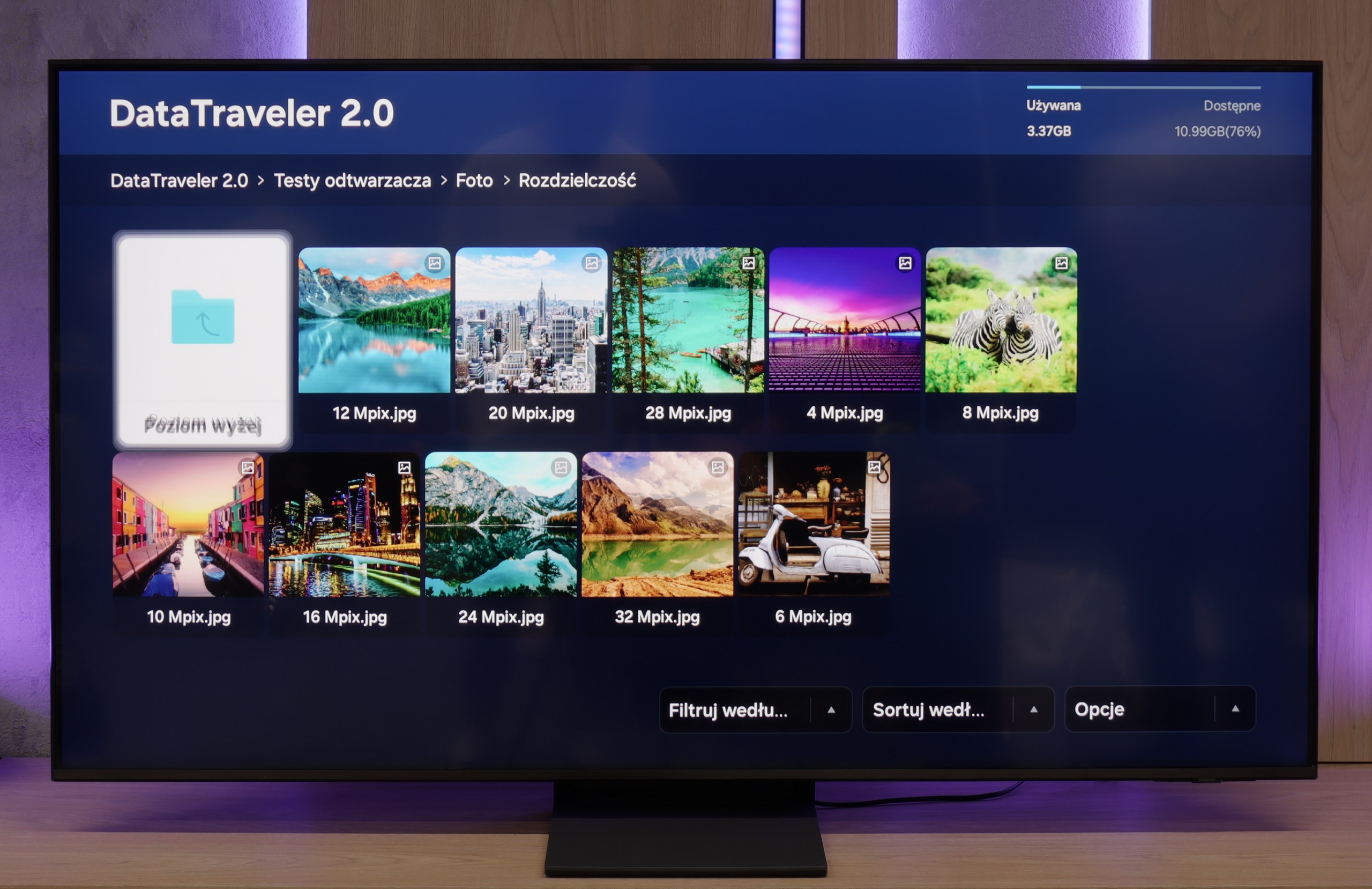
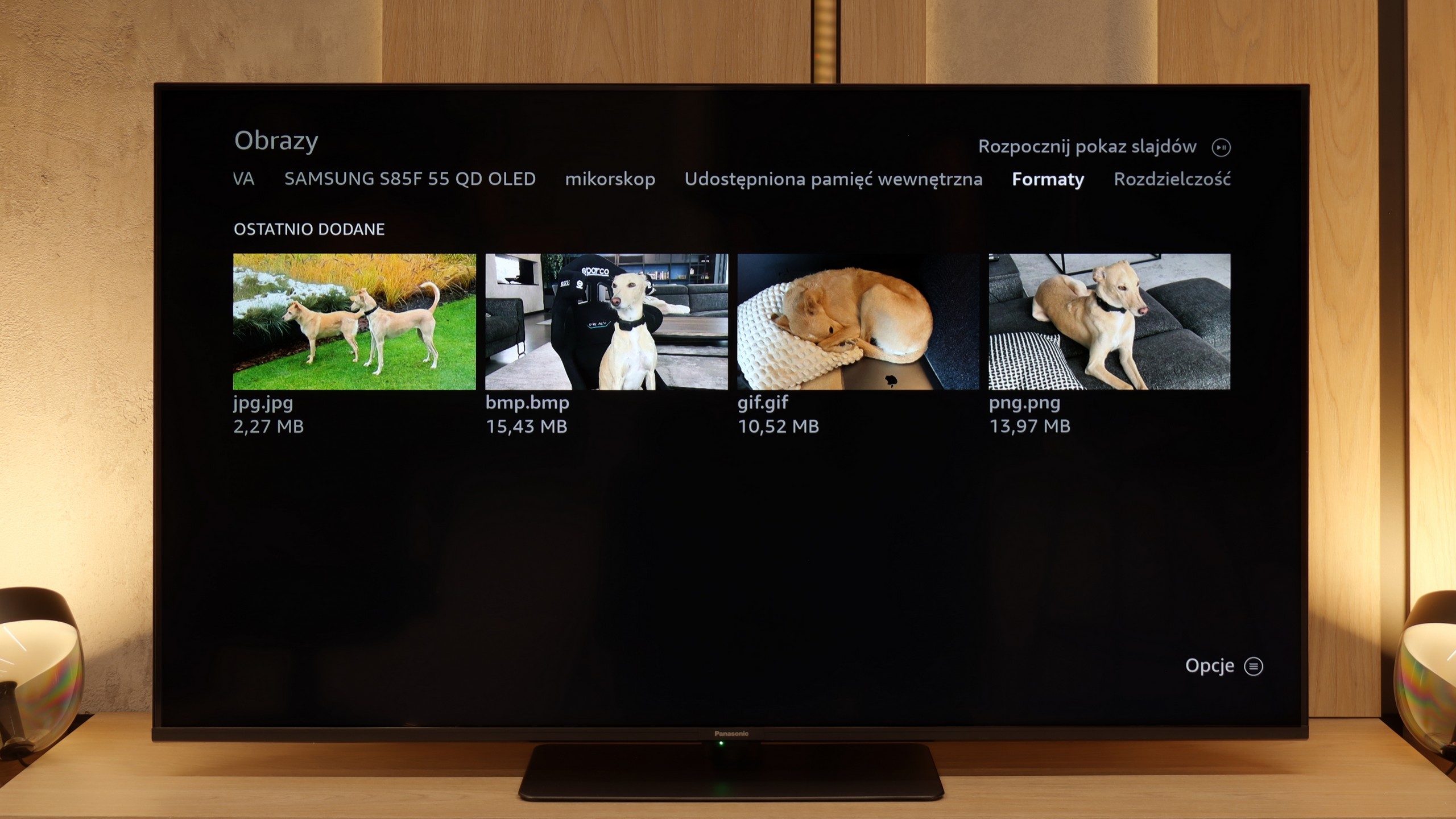
Samsung QN70F performs well in media playback – it easily runs pictures, music, and videos in the most commonly used formats. During testing, it opened JPG files, MP4, and TXT subtitles without any trouble, so for most people, this will simply be sufficient. However, there were a few files – despite having the correct extensions – that refused to play. It may be an issue with a specific version of the system, and the problem might disappear after future updates.
The biggest problem with the built-in player on Fire TV is the lack of support for external subtitle files. If you have your own movie library and use text files, you simply won't be able to display them on this TV. The player itself handles basic video formats, but if someone wanted to fully utilize files from USB, they would likely end up installing an additional app from the store (e.g., VLC).
Apps
8.7/10
7.6/10














































Sound
6.4/10
5.8/10
- Maximum volume84dB87dB
- Dolby Digital Plus 7.1
- Dolby True HD 7.1
- Dolby Atmos in Dolby Digital Plus (JOC)
- Dolby Atmos in Dolby True HD
- DTS:X in DTS-HD MA
- DTS-HD Master Audio
The Samsung QN70F is quite average in terms of sound, which shouldn't be surprising given the exceptionally slim design of the television. The built-in speakers will perform adequately during daily news watching or simpler content, but it's hard to speak of any depth or spaciousness of sound here. It's simply a compromise that one has to accept when choosing an elegant and thin design over a bulkier housing with a better audio system.
Here, the Panasonic W85B unfortunately has nothing to brag about. The speakers sound flat and rather "plastic," so cinematic experiences are definitely not to be had here. There is no depth, no clear bass – just basic sound that merely "exists." It's a shame because we thought the external subwoofer used here would actually make a difference. Unfortunately, we were mistaken. The only advantage is that the television can play really loudly. This might appeal to older users who often need higher volume to comfortably watch programs or news. For everyday TV viewing, it’s enough, but if someone is thinking about movies and gaming – an additional soundbar or audio system is essentially a must.
Sound Quality Test
Acoustic Measurements
84dBC (Max)
75dBC
87dBC (Max)
75dBC
